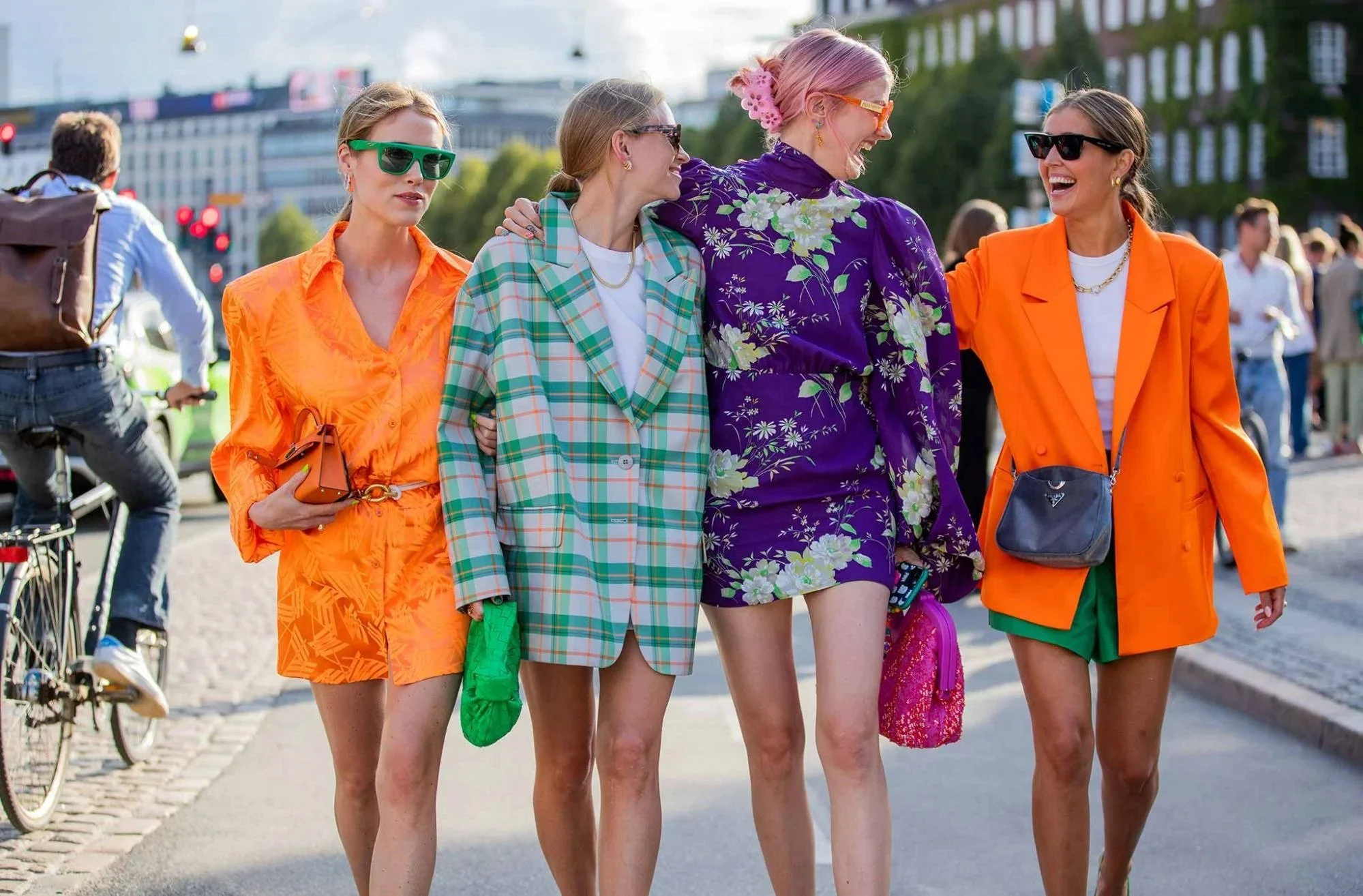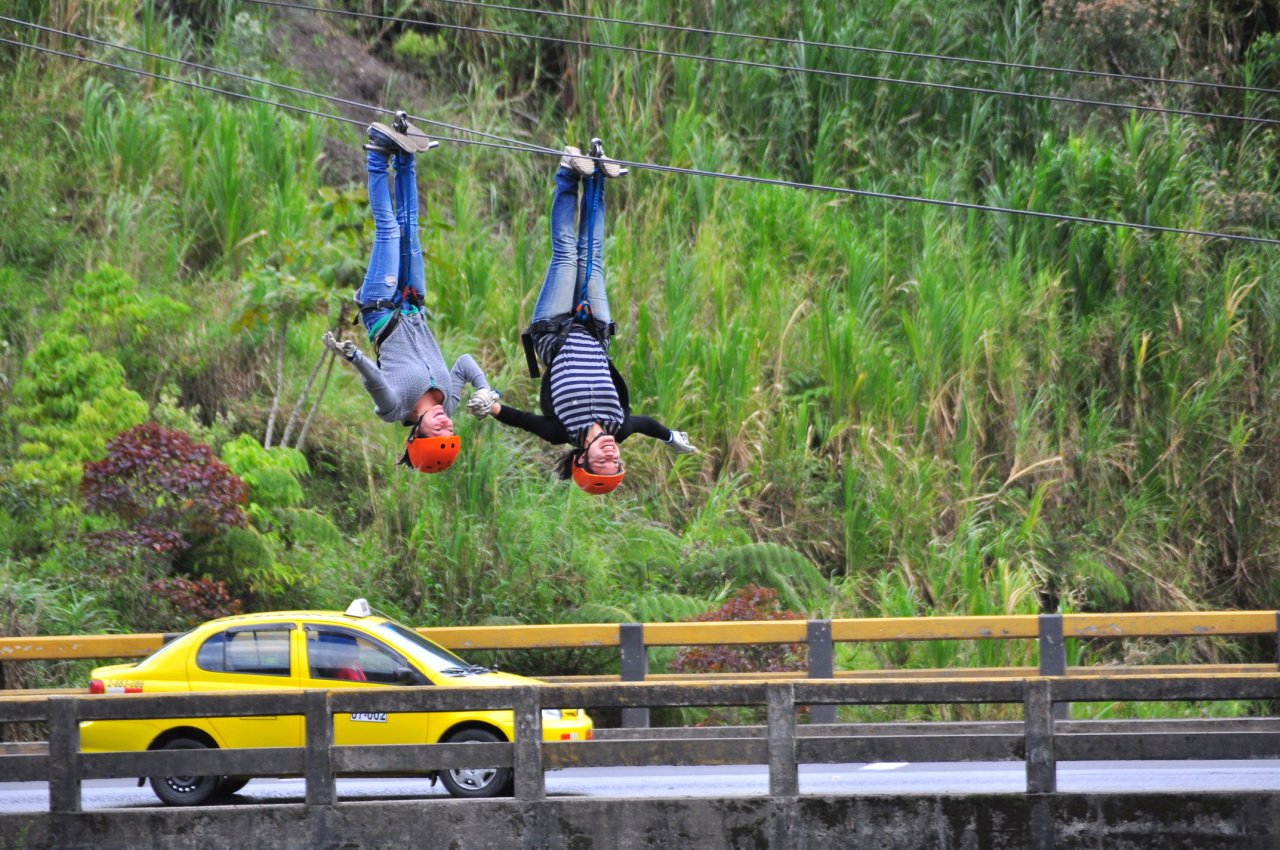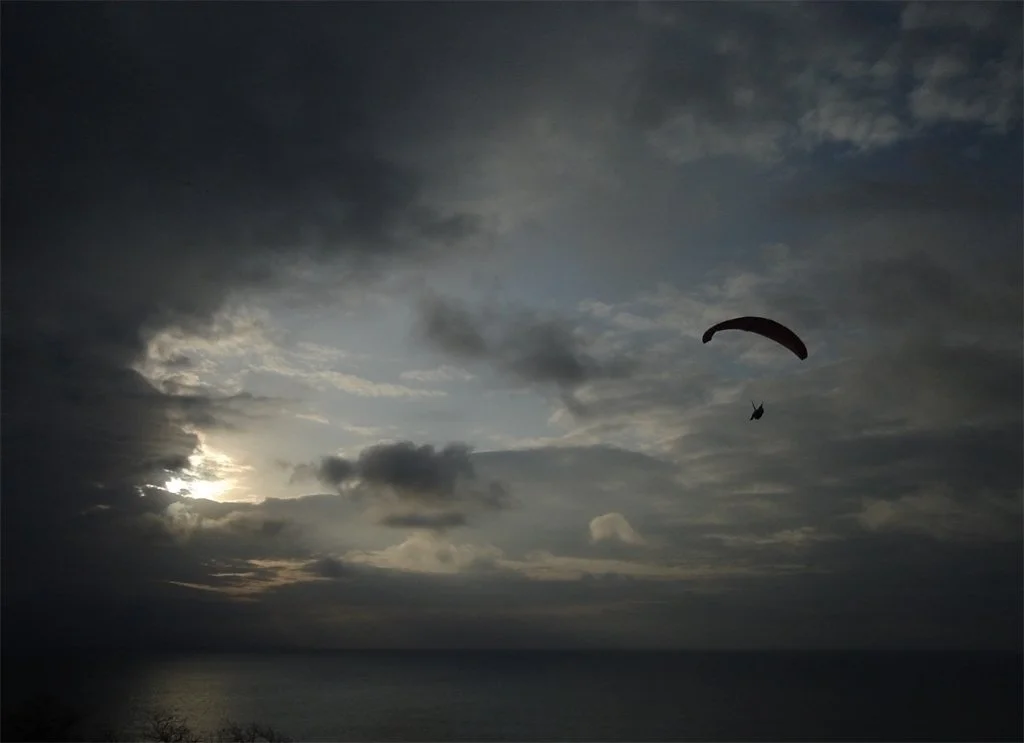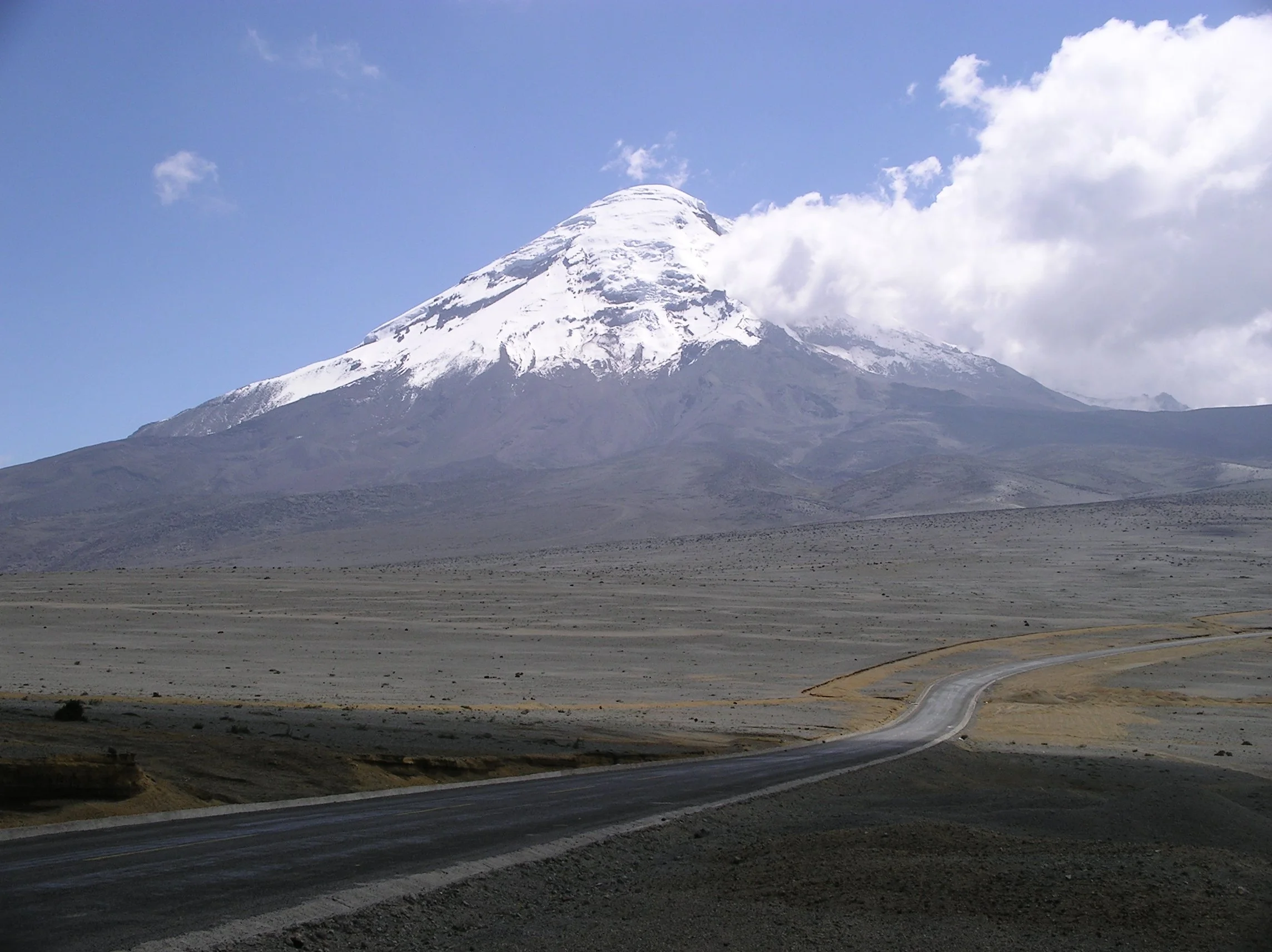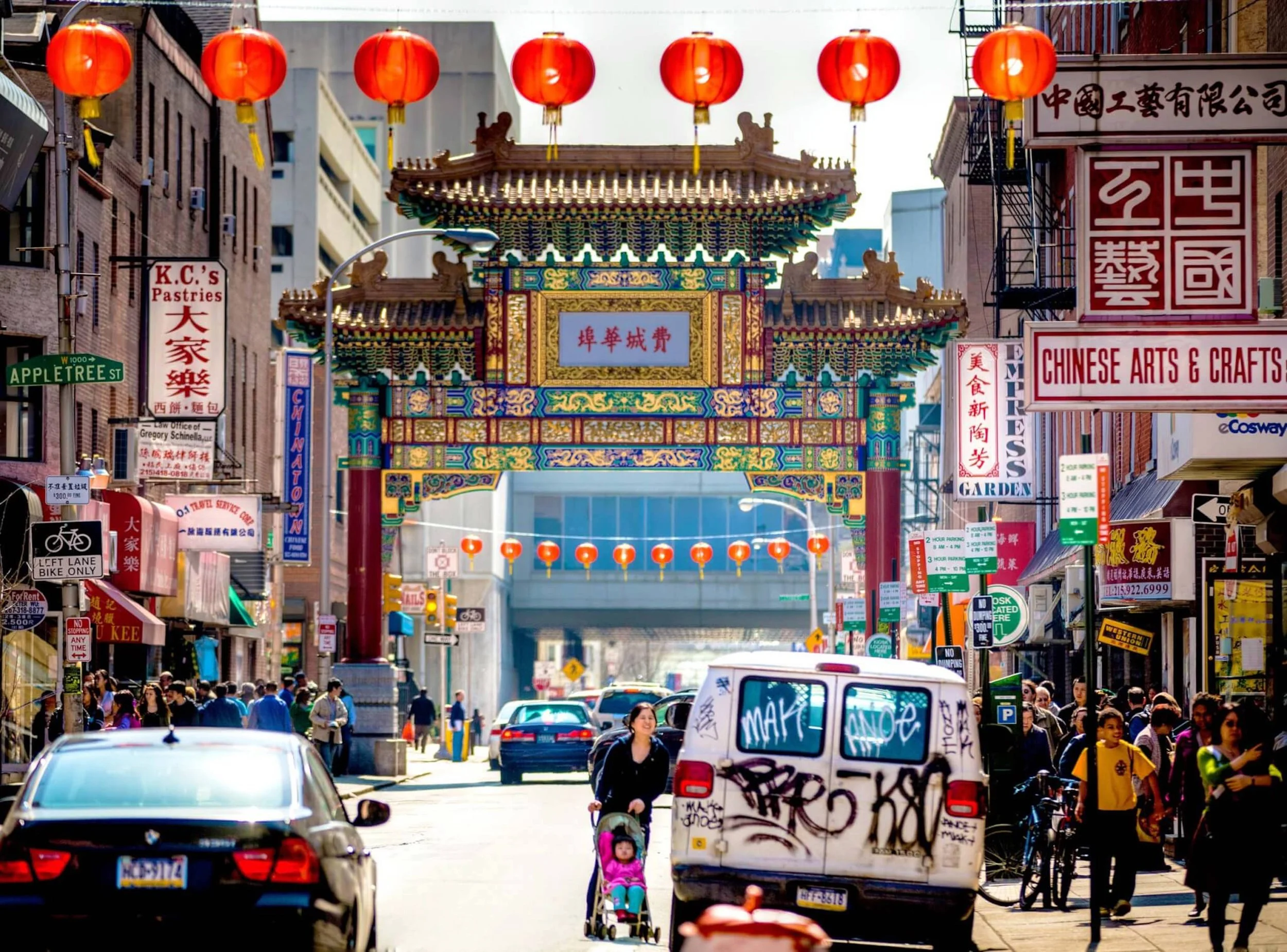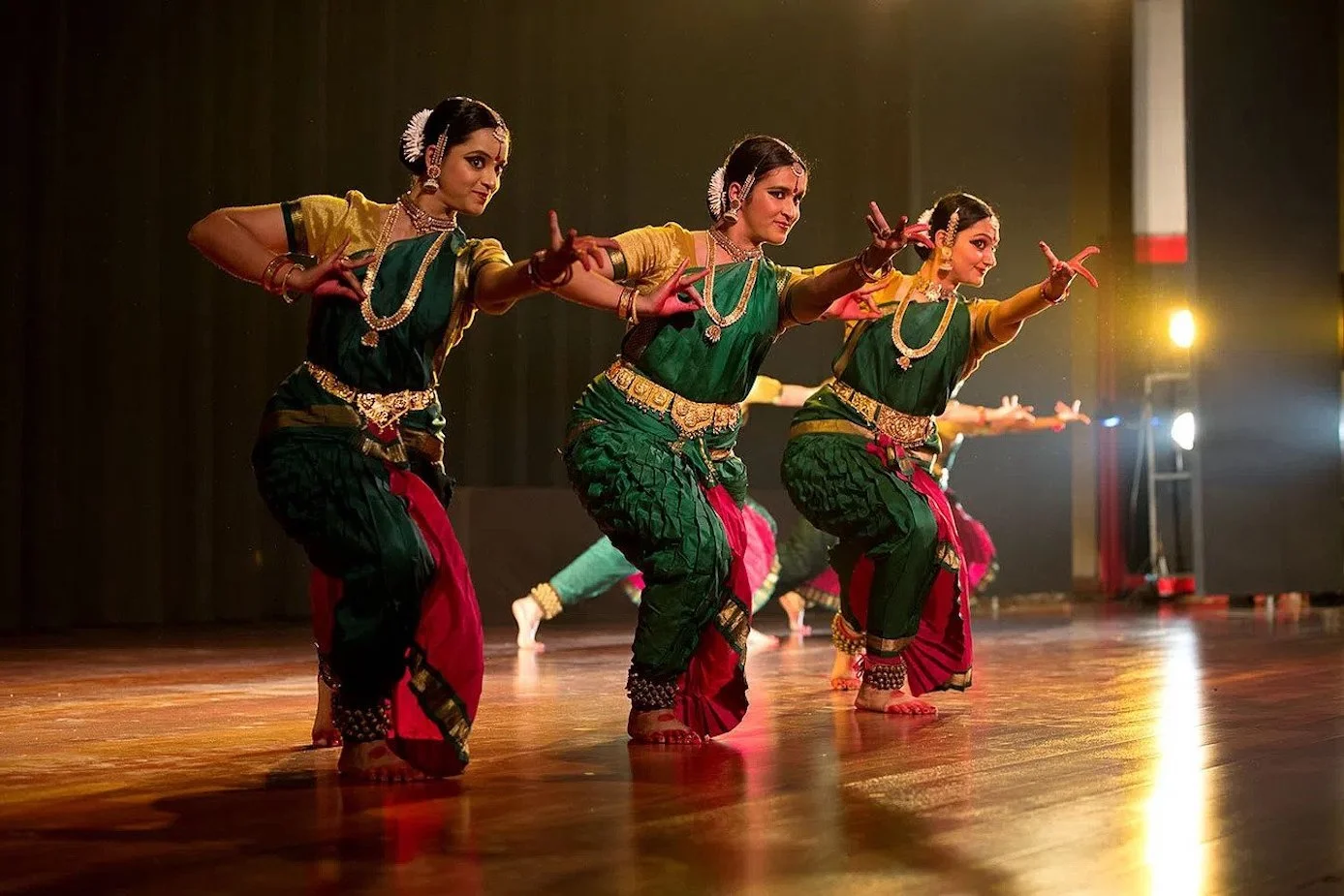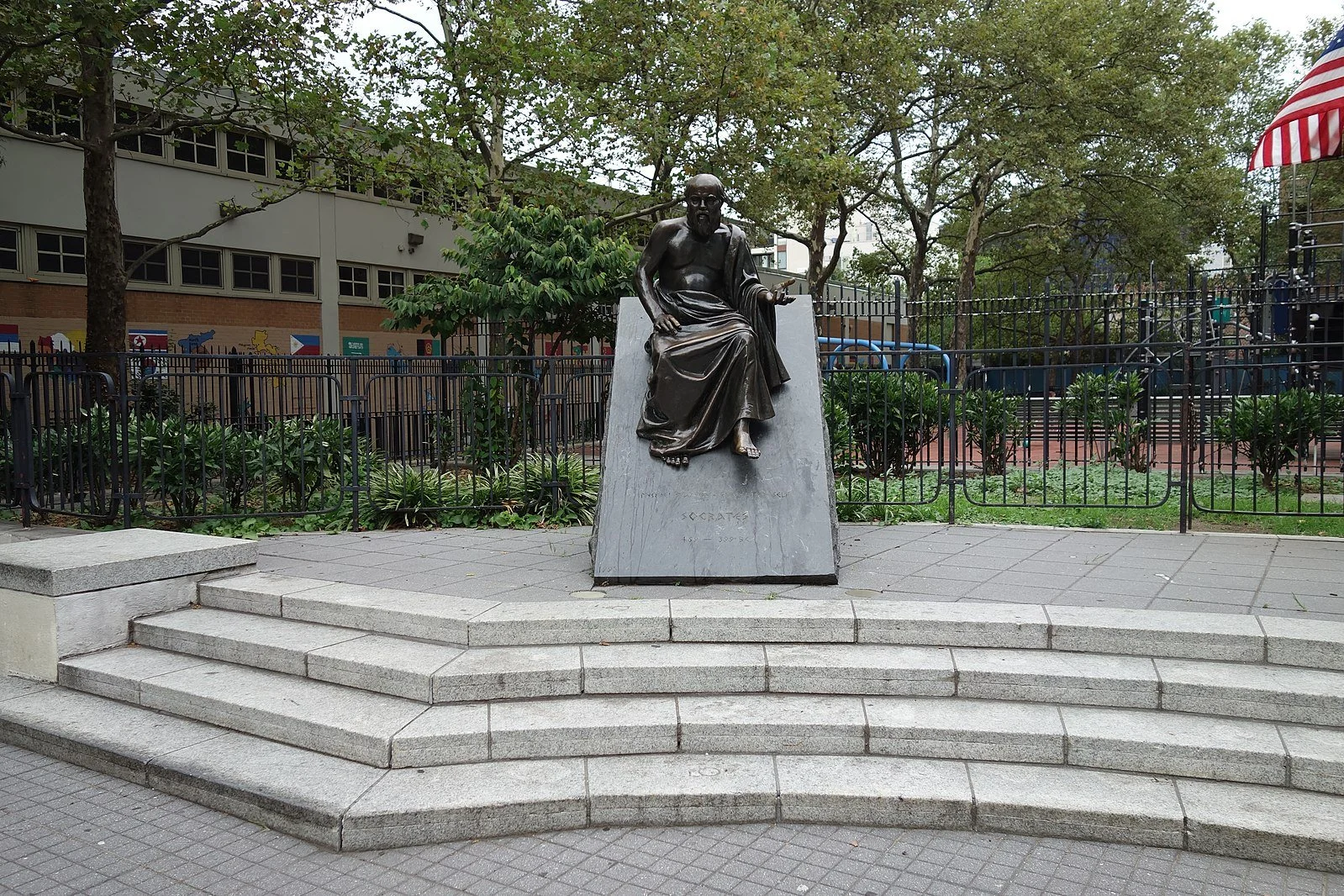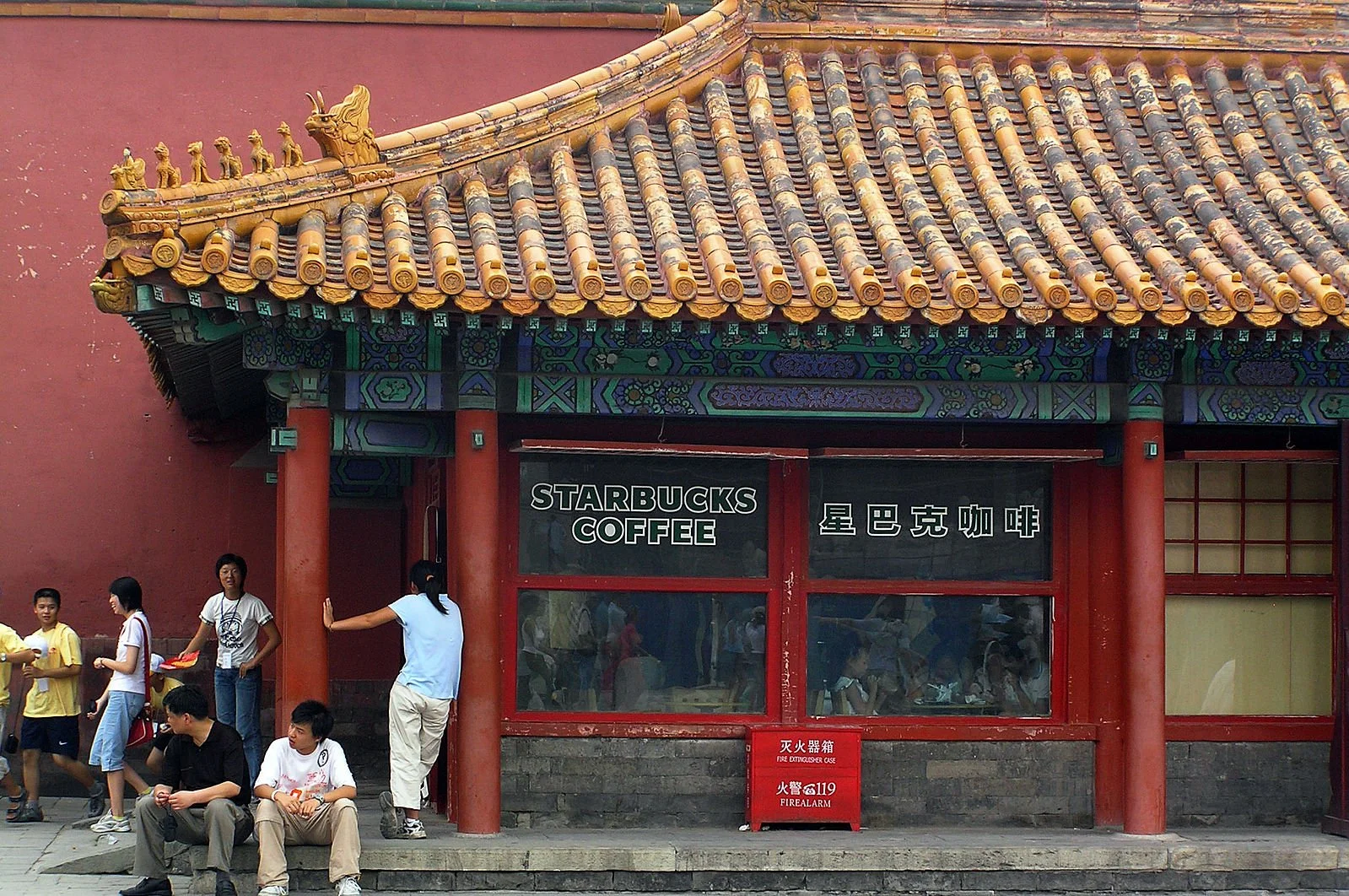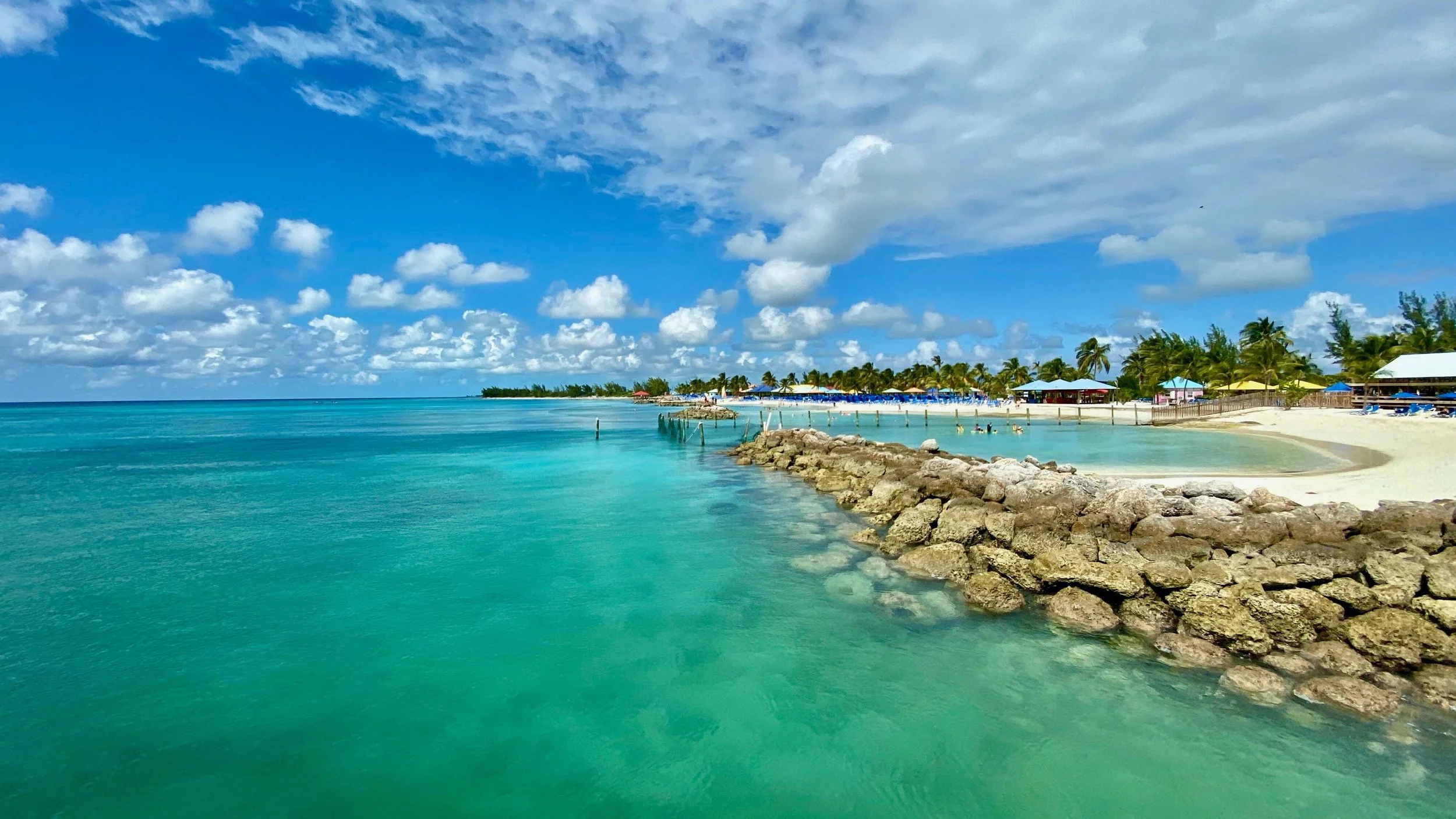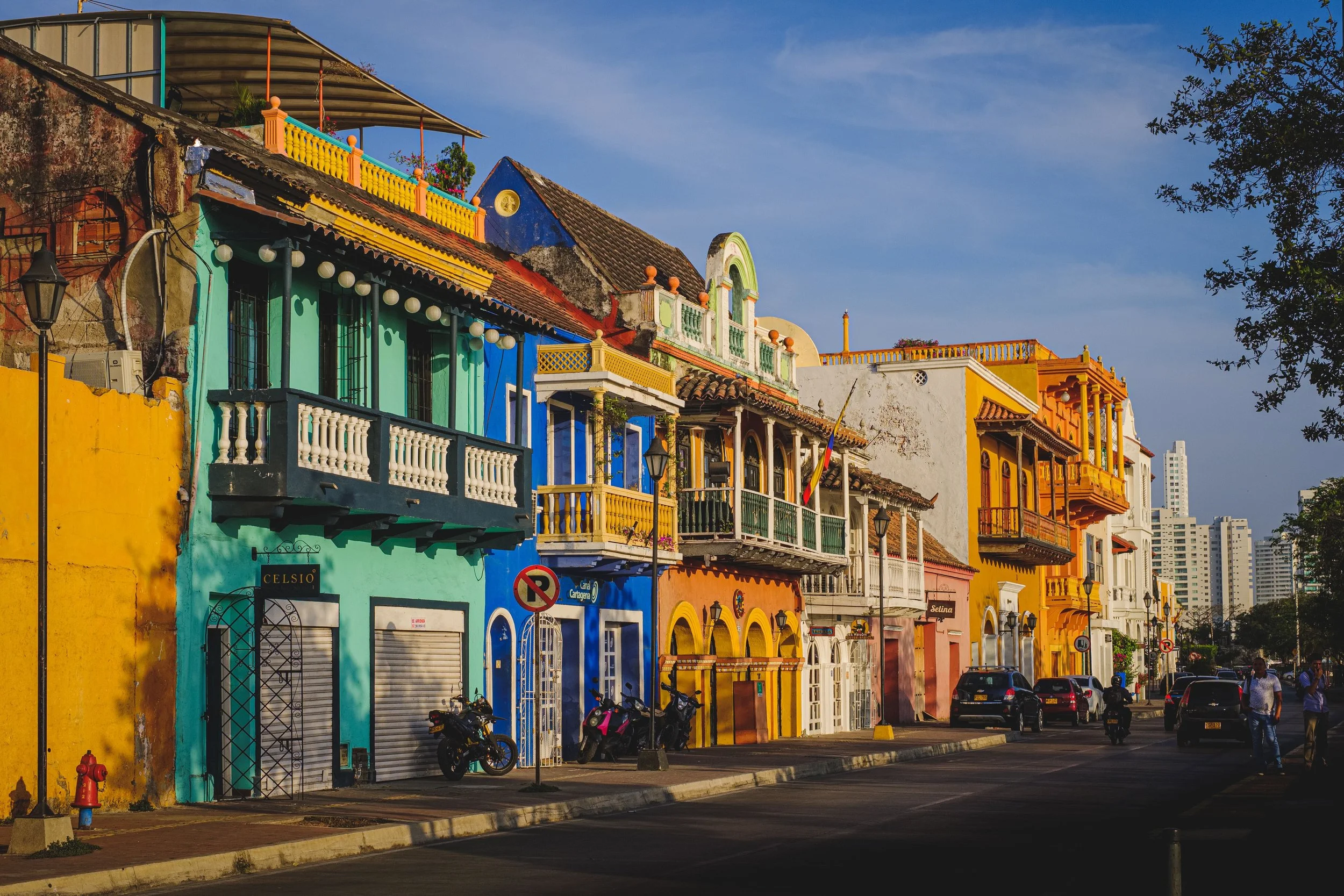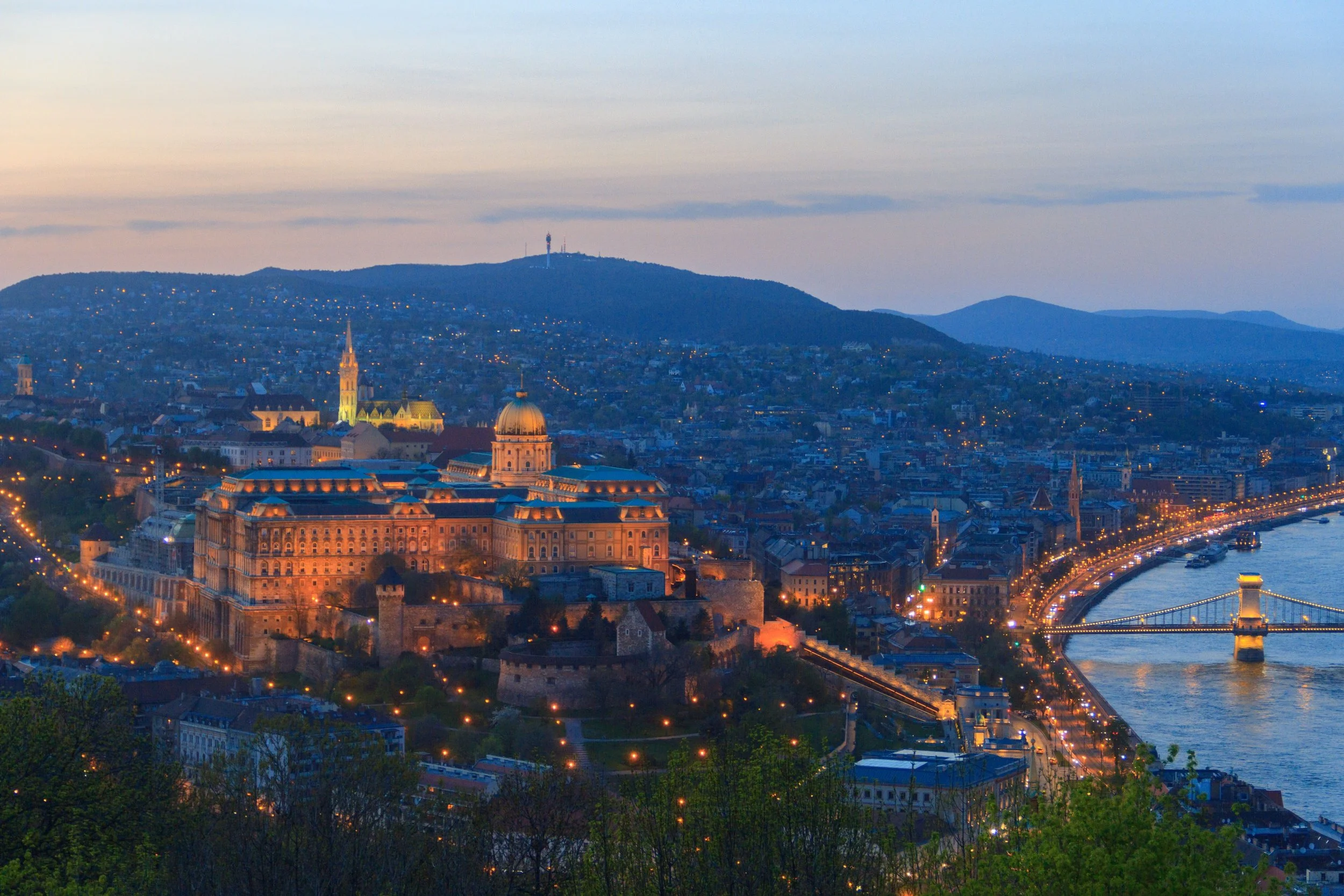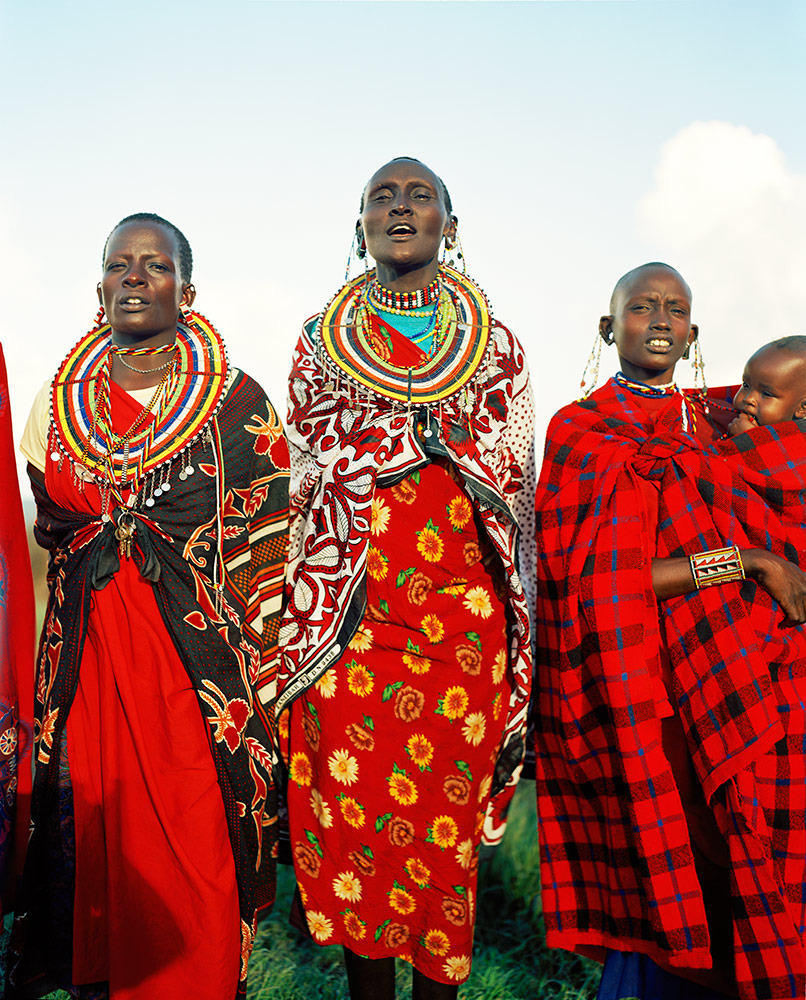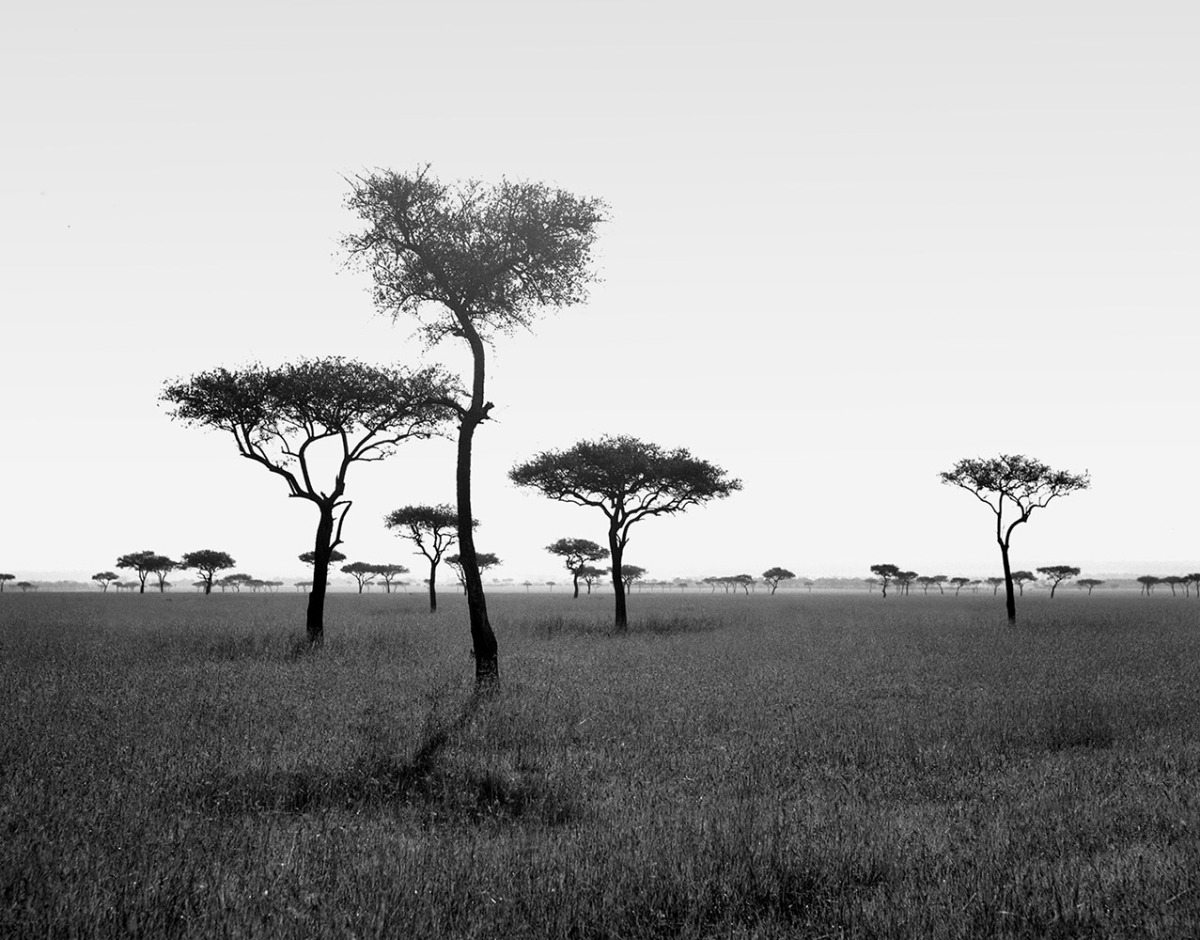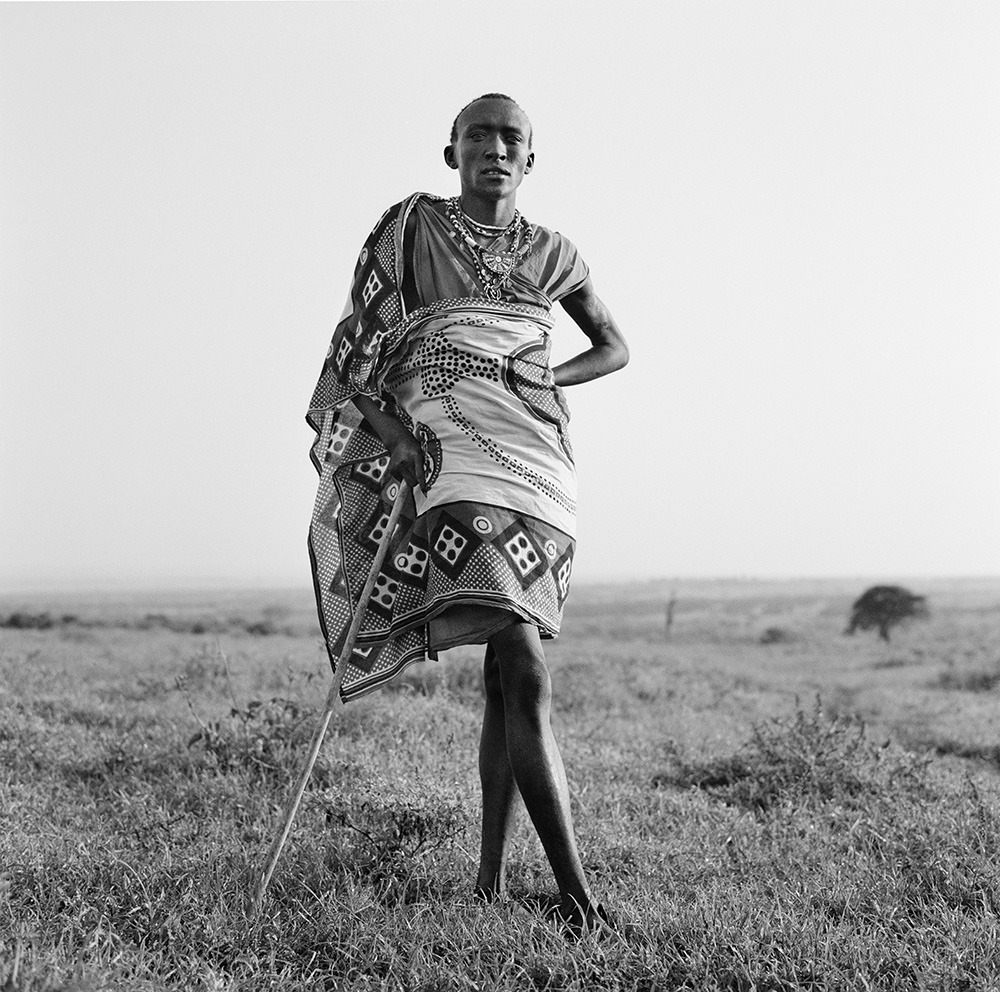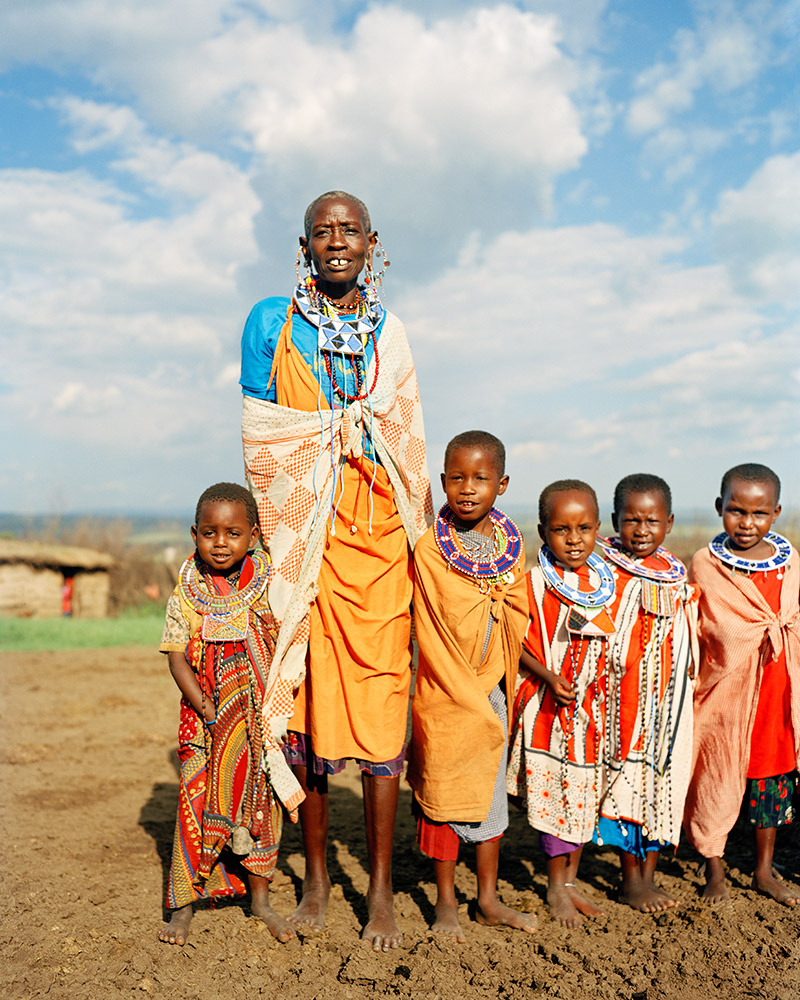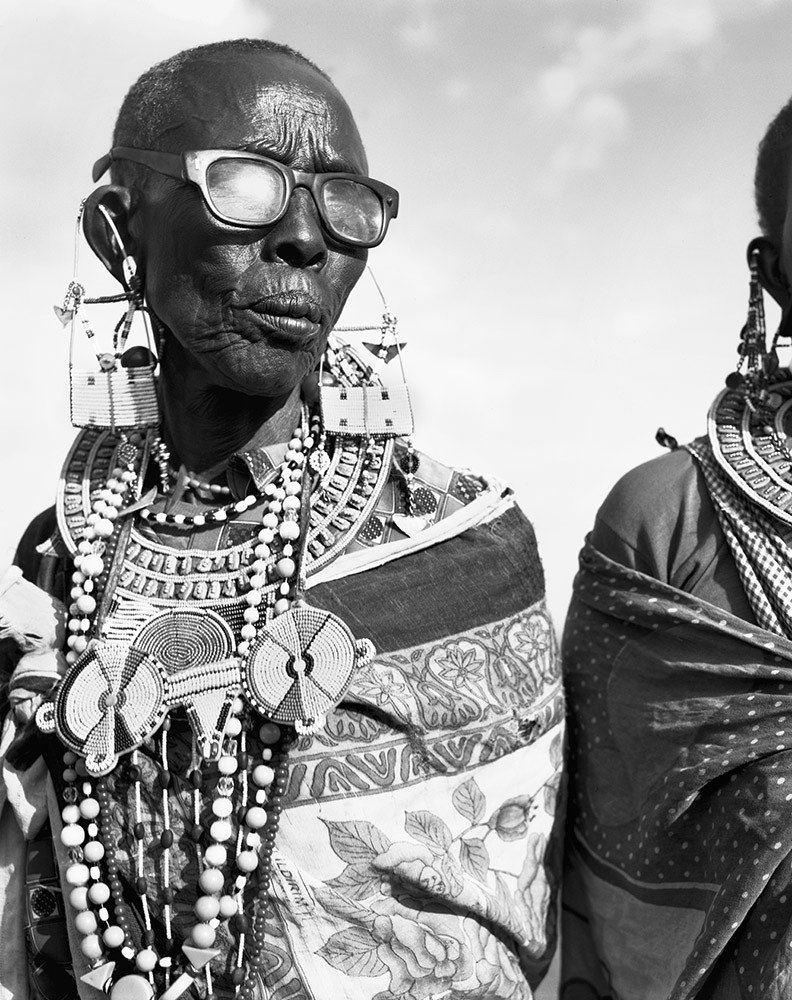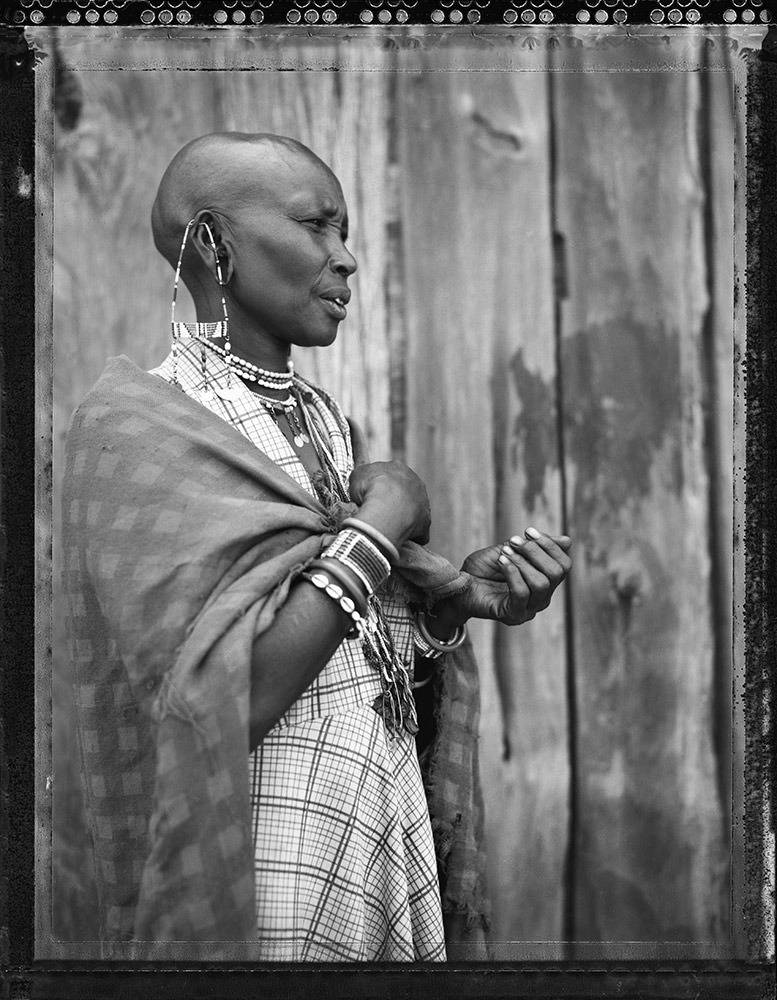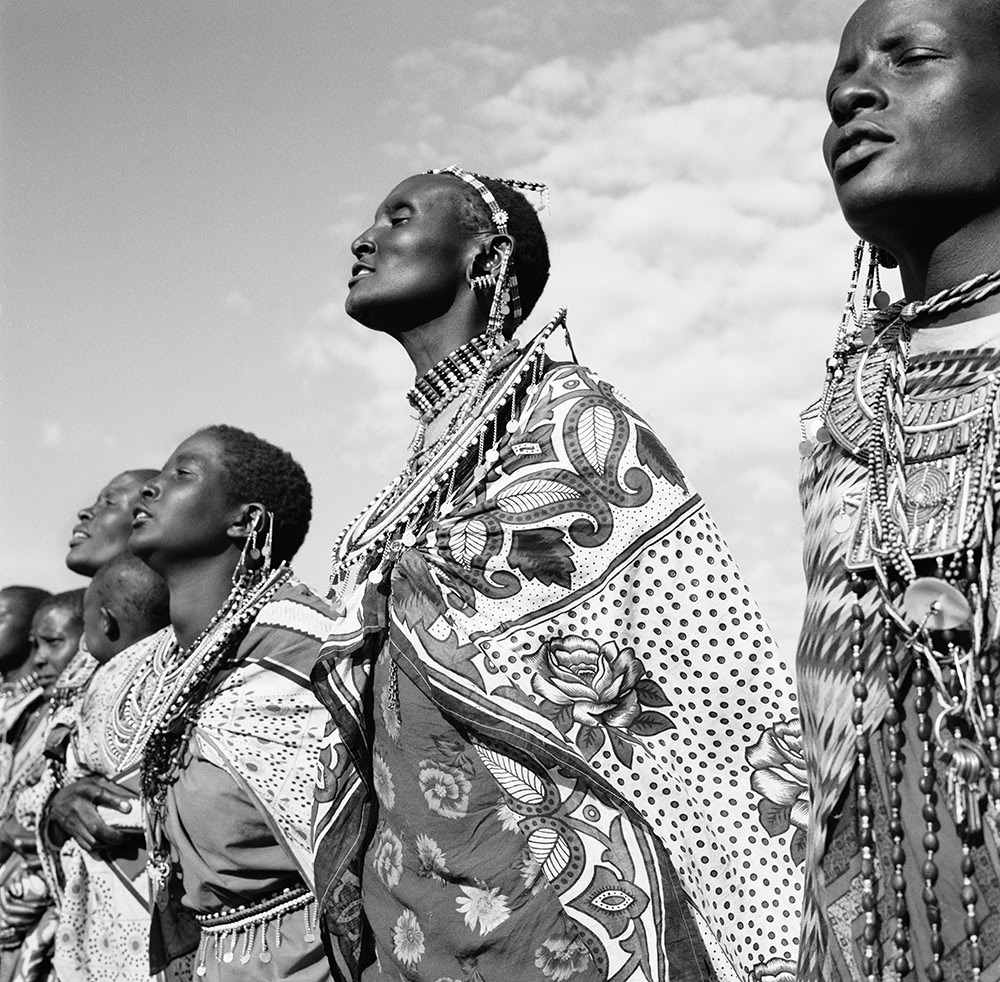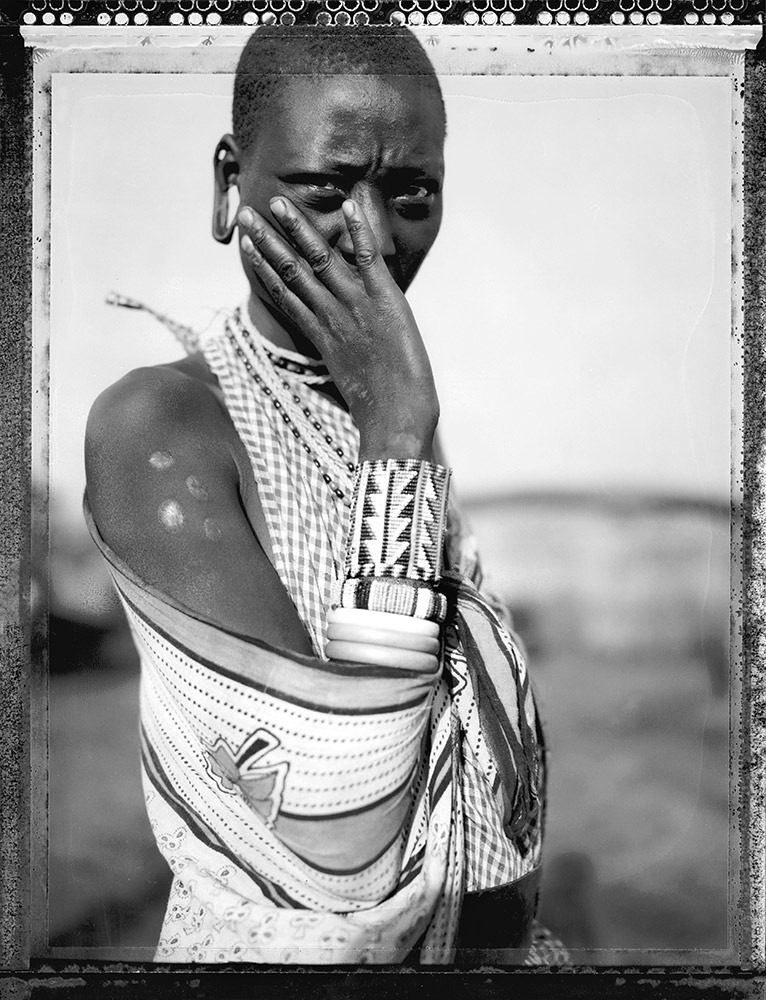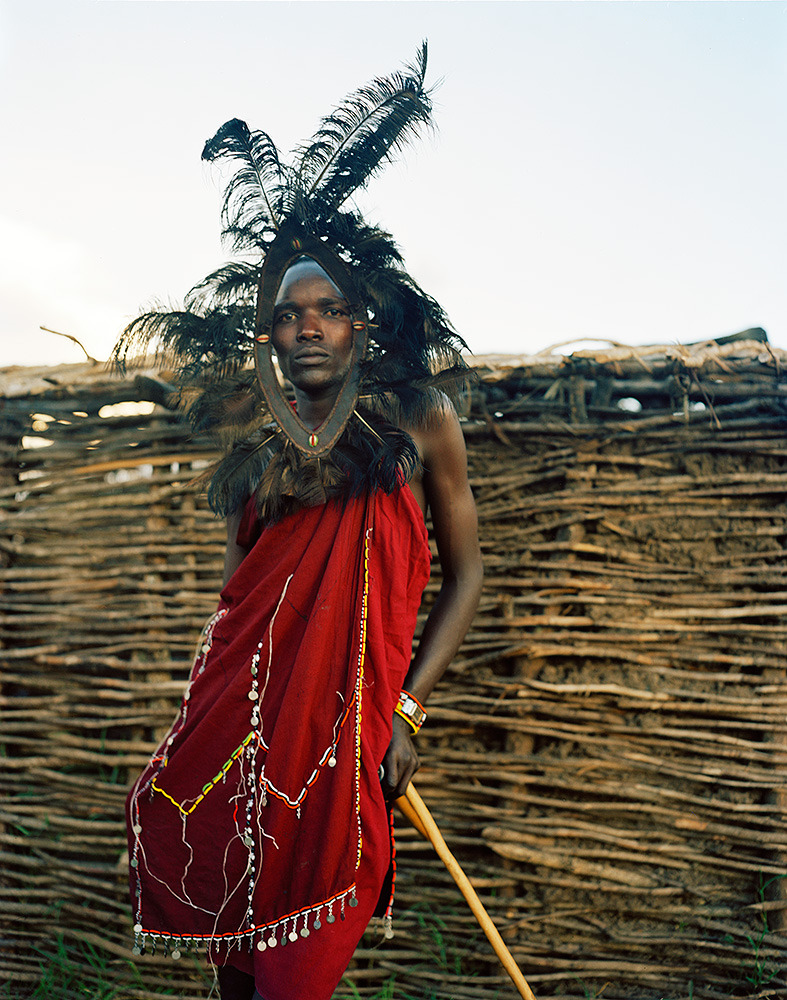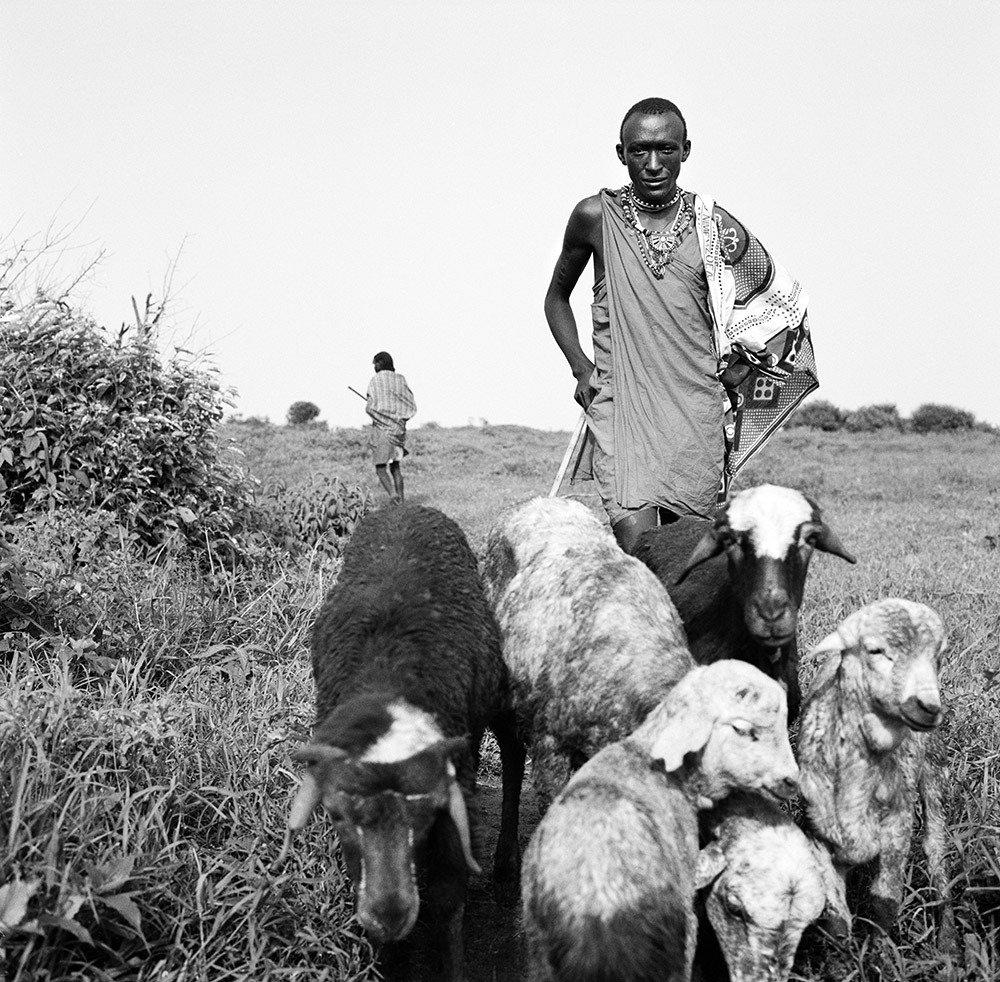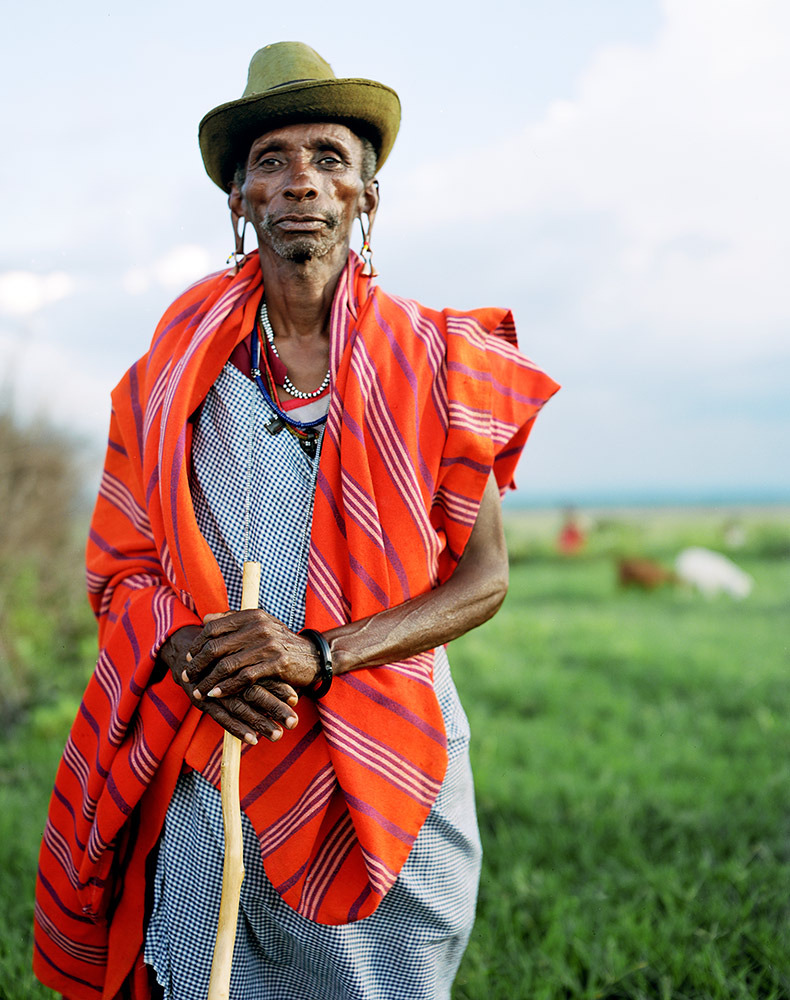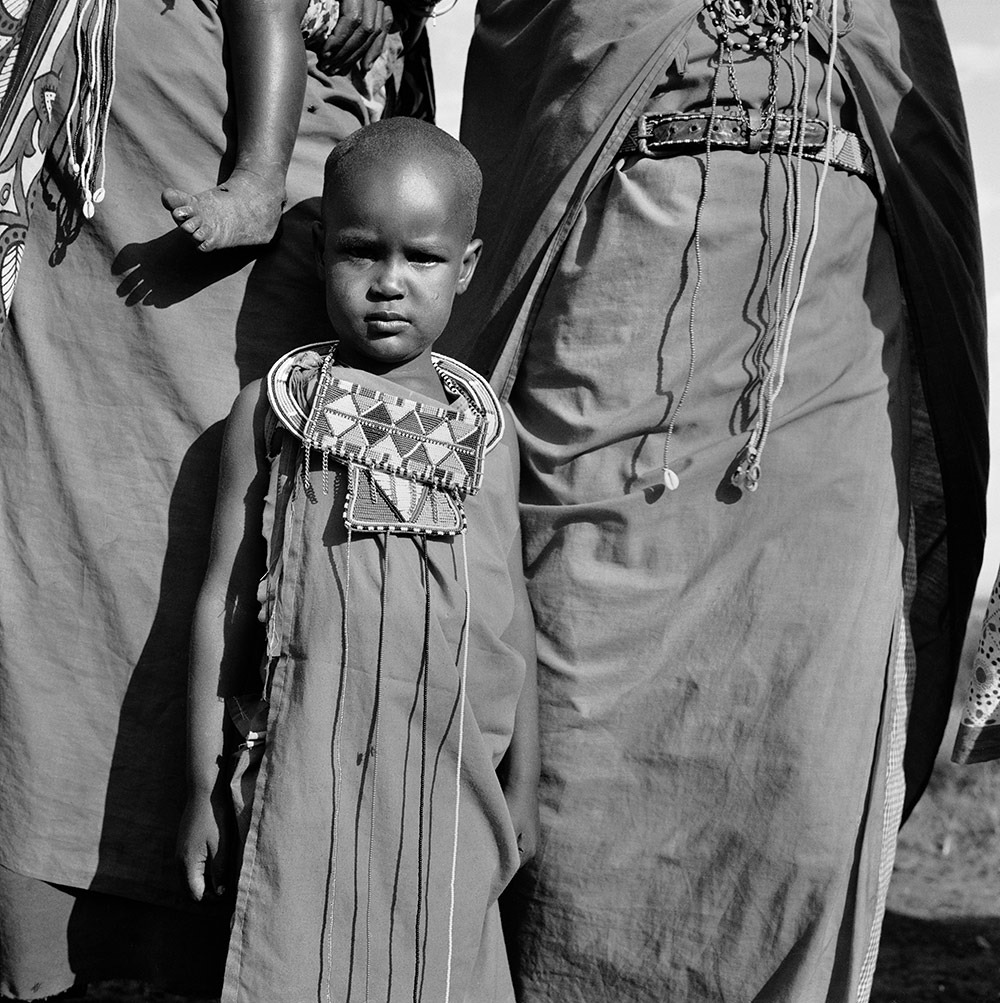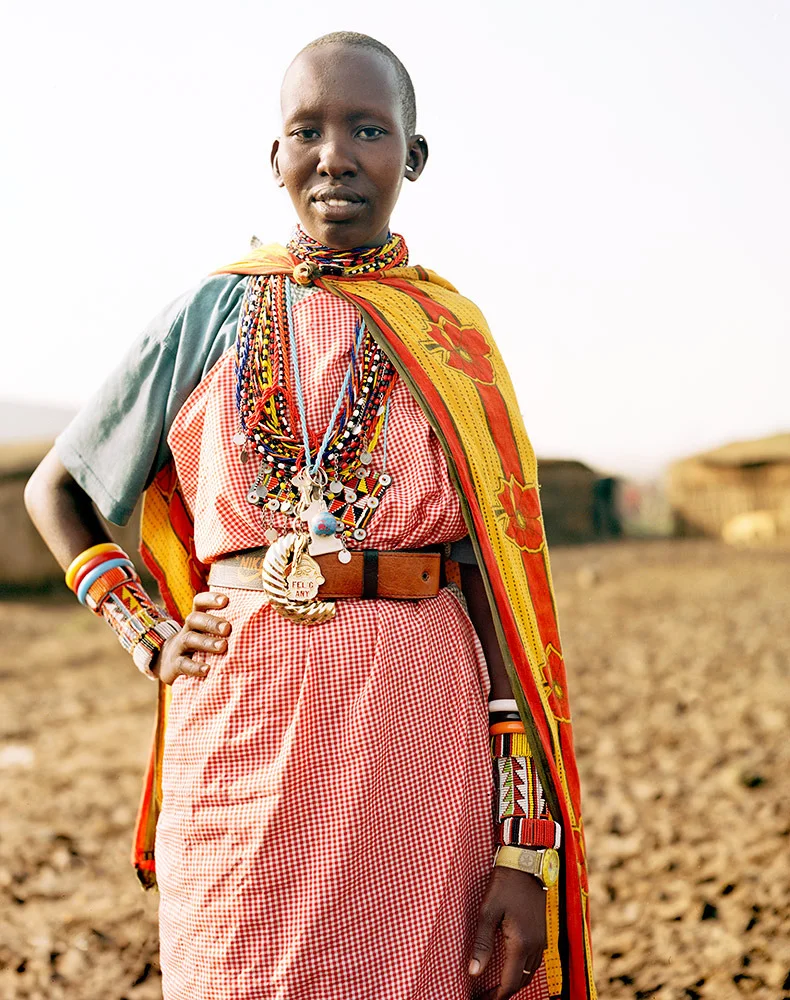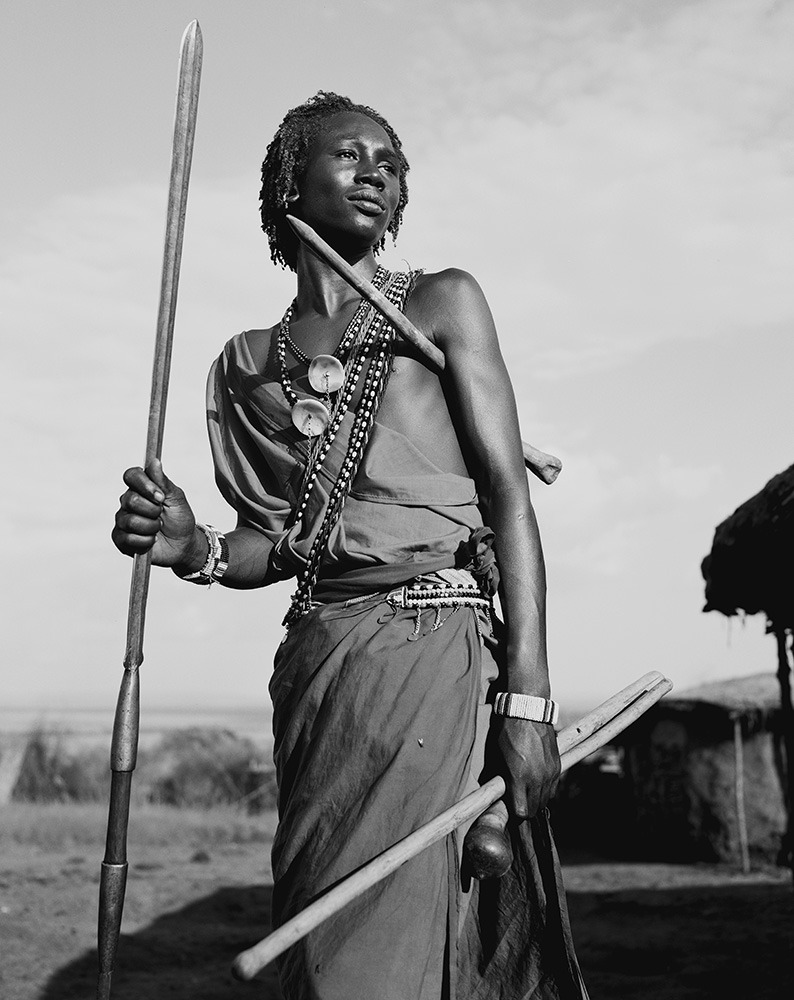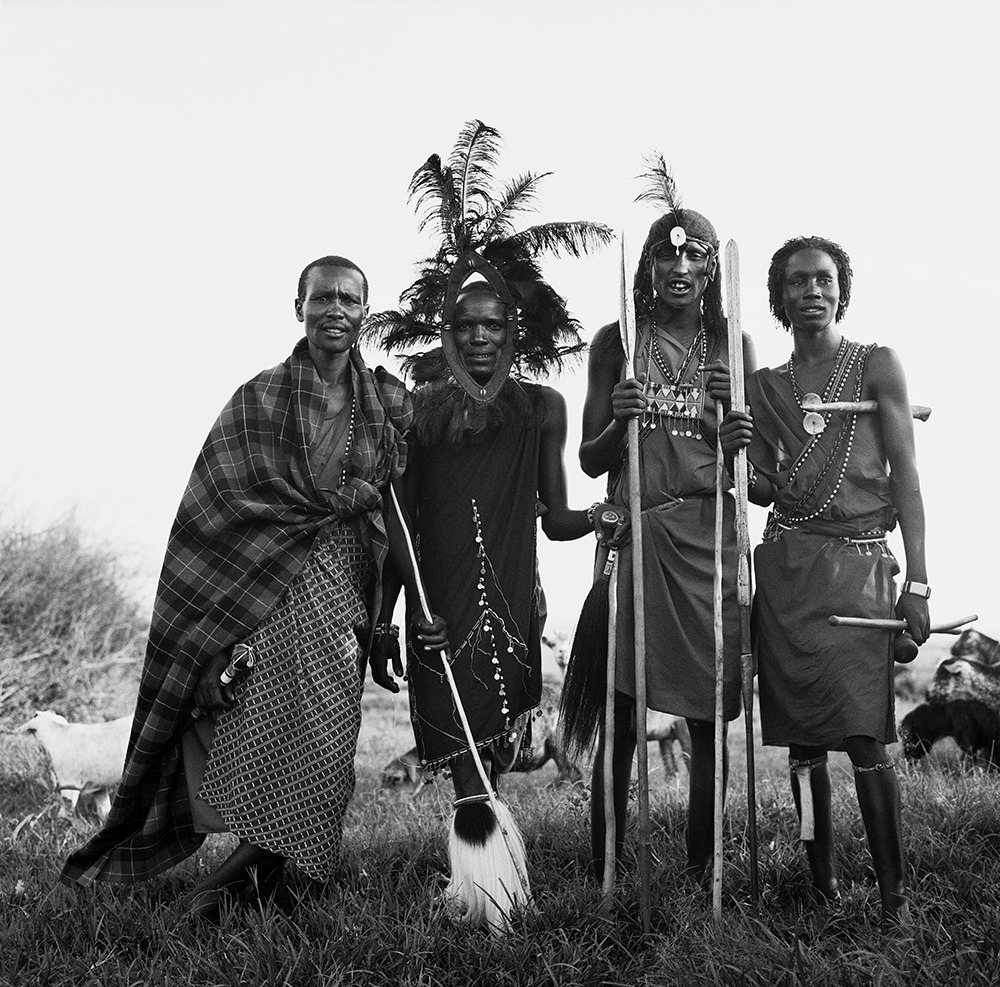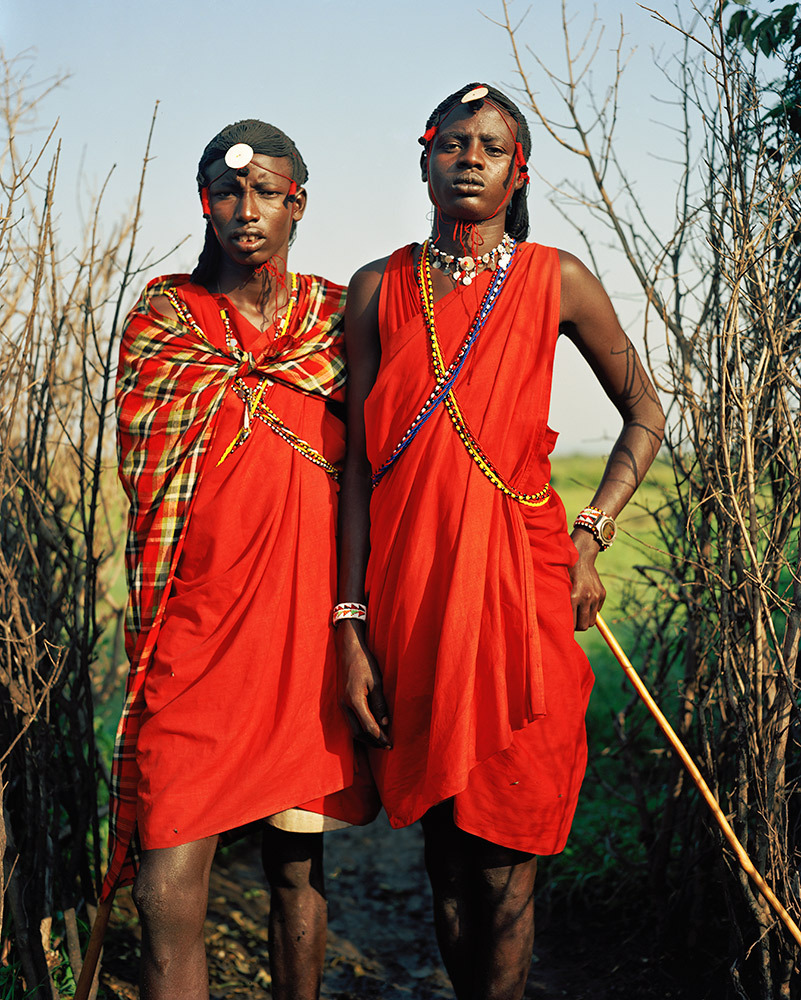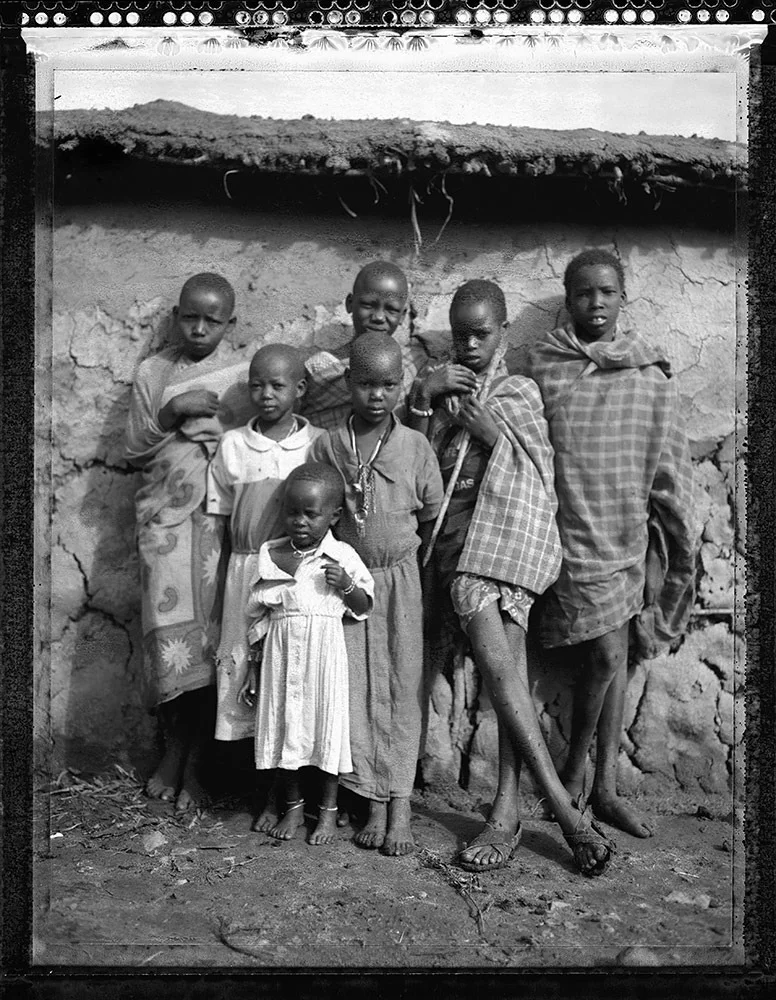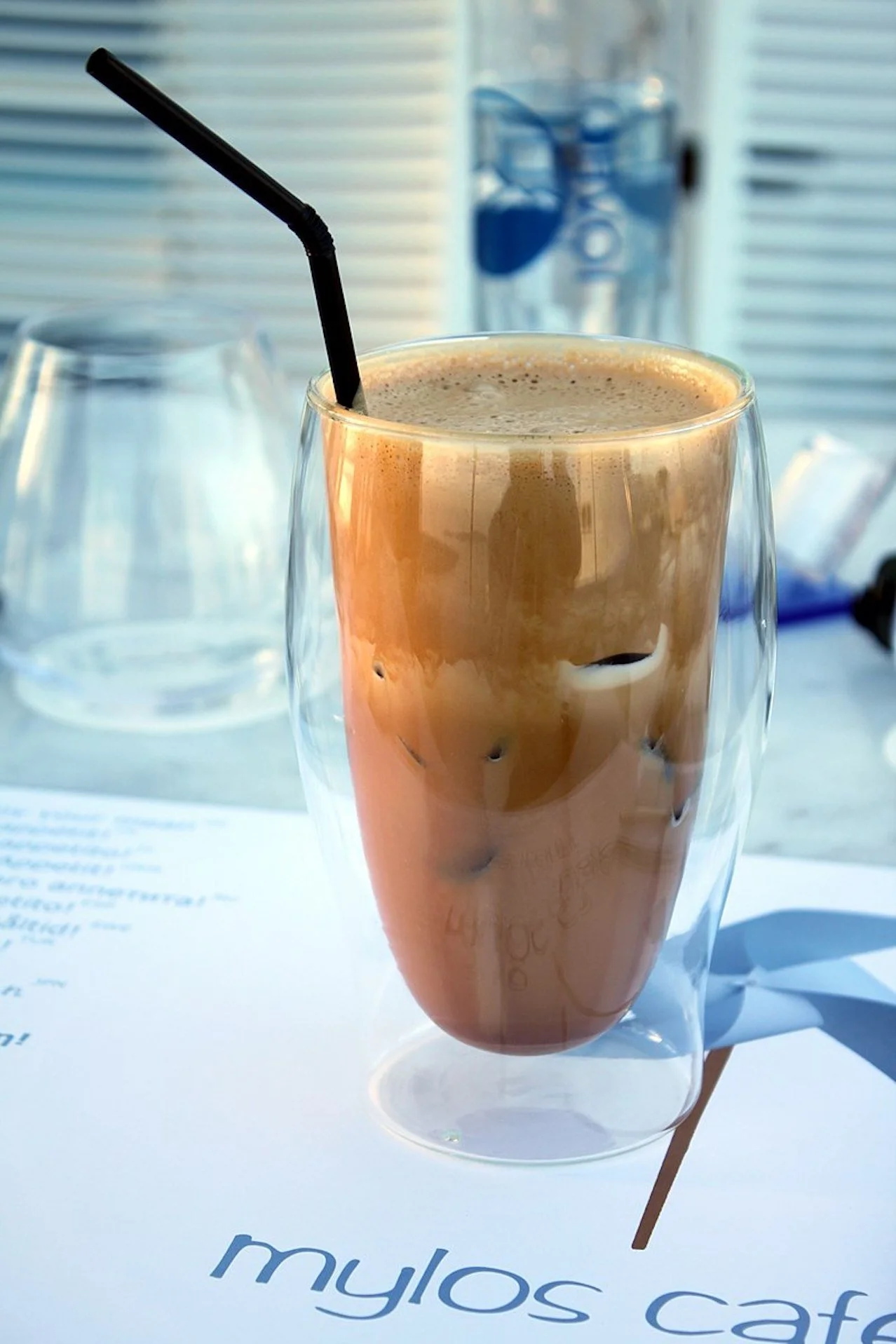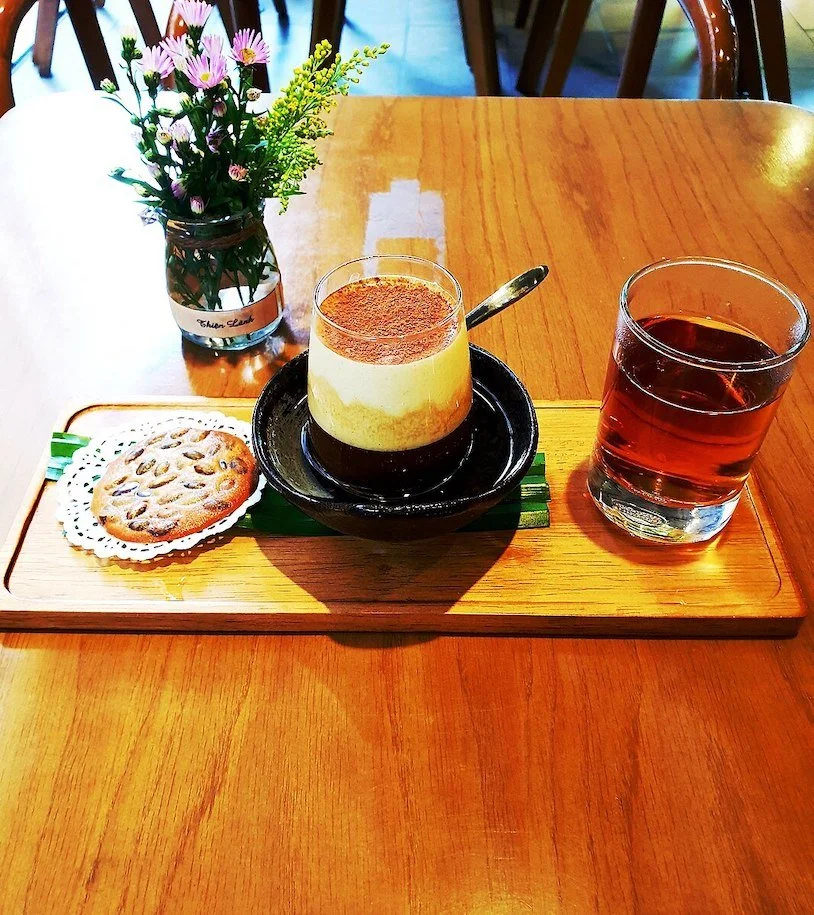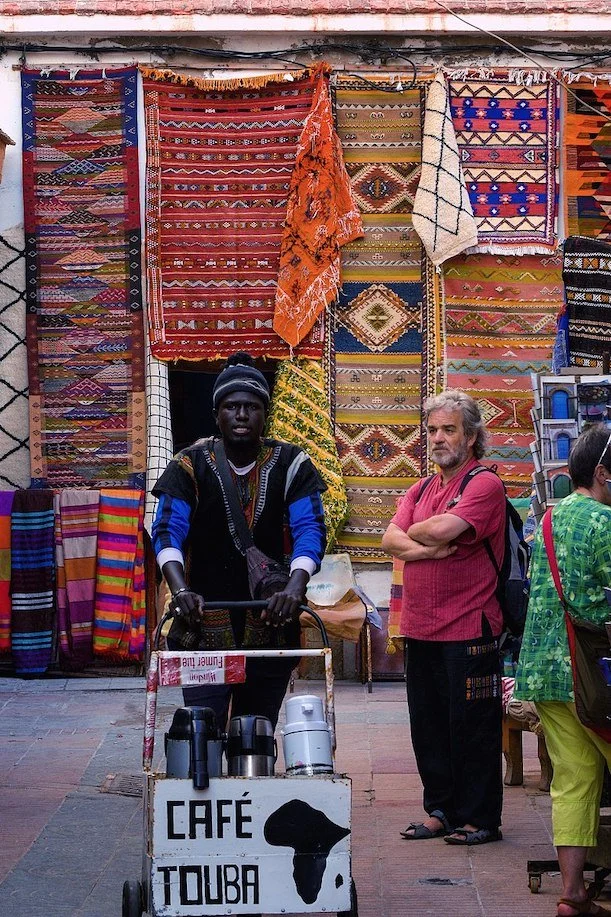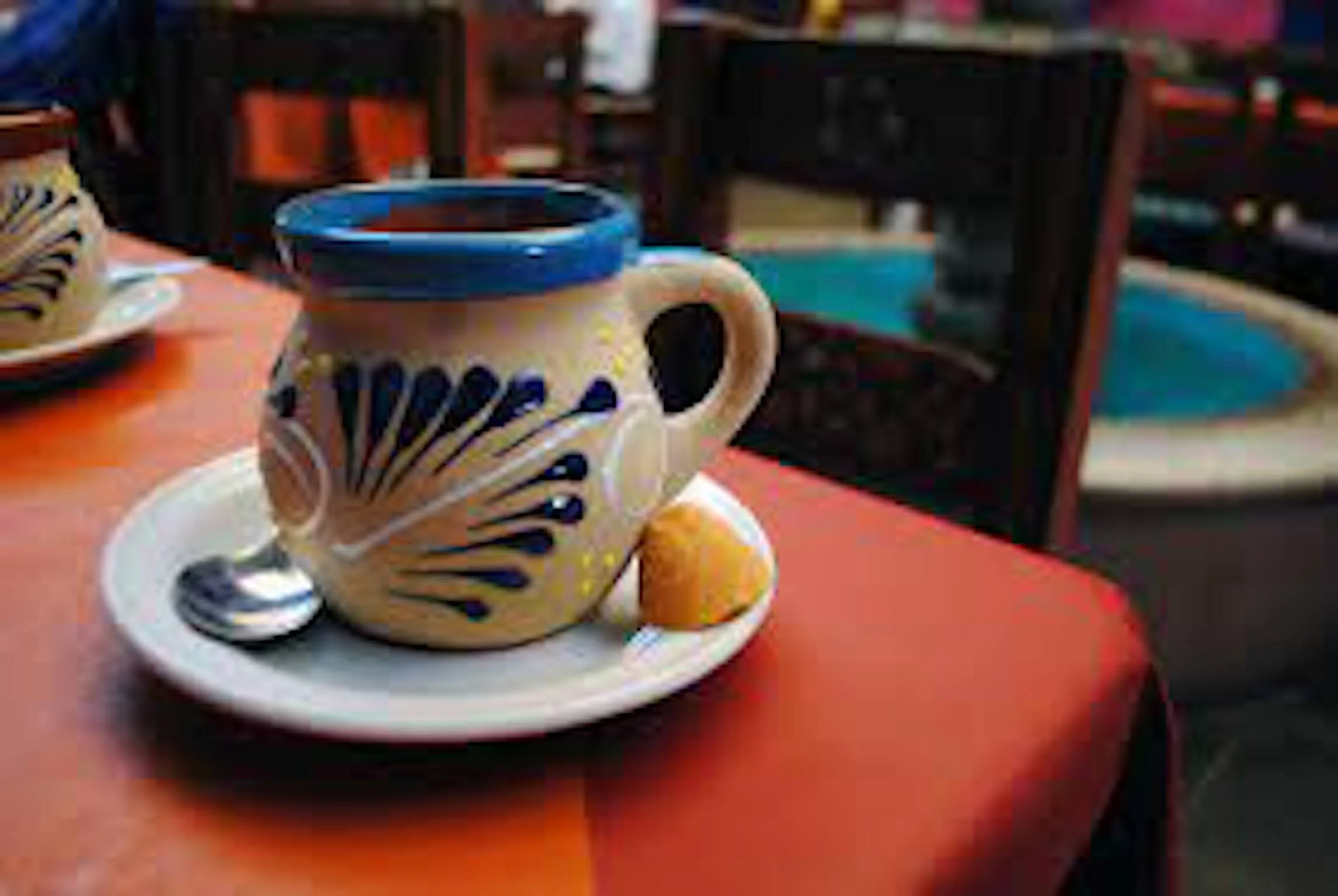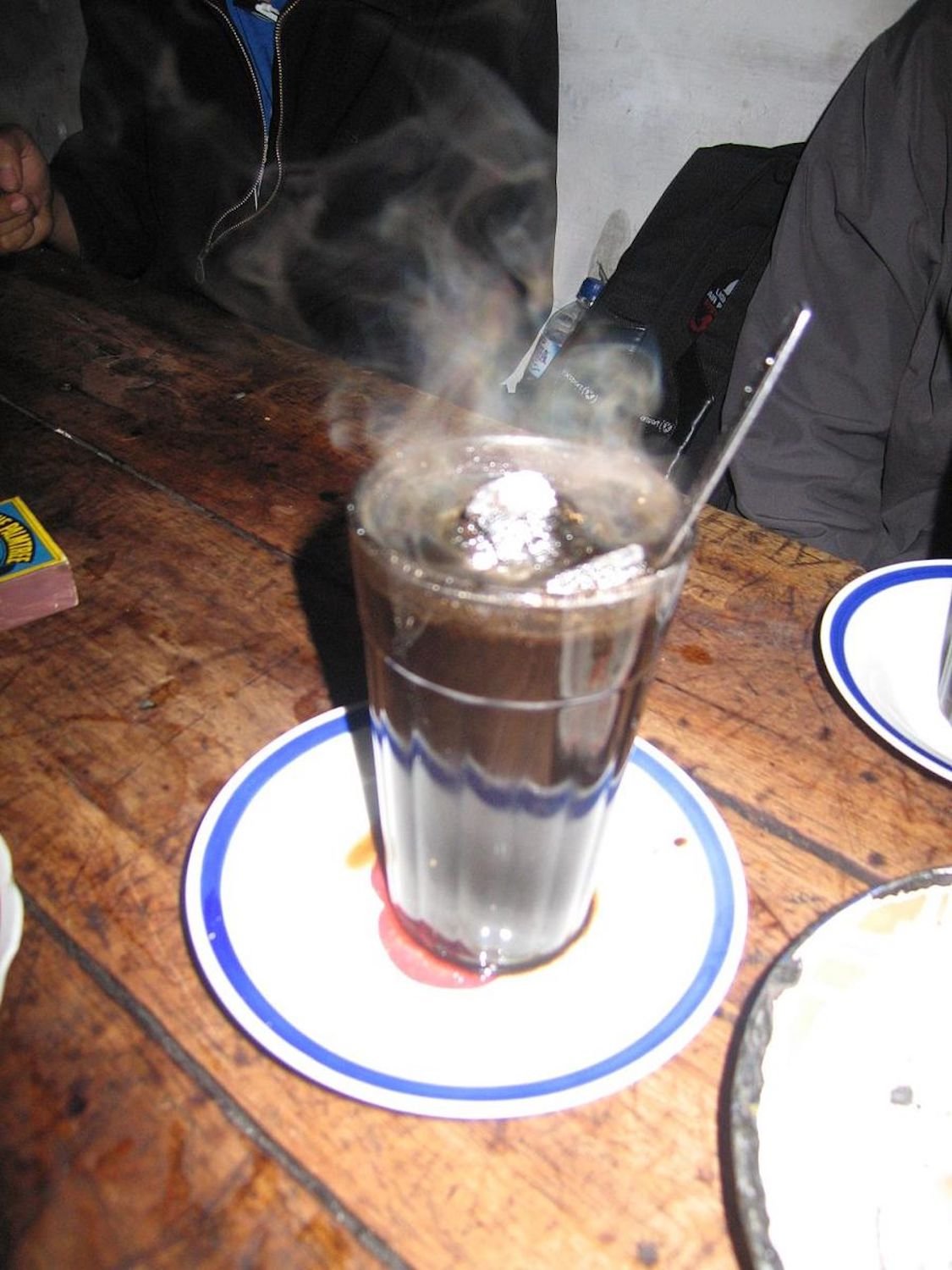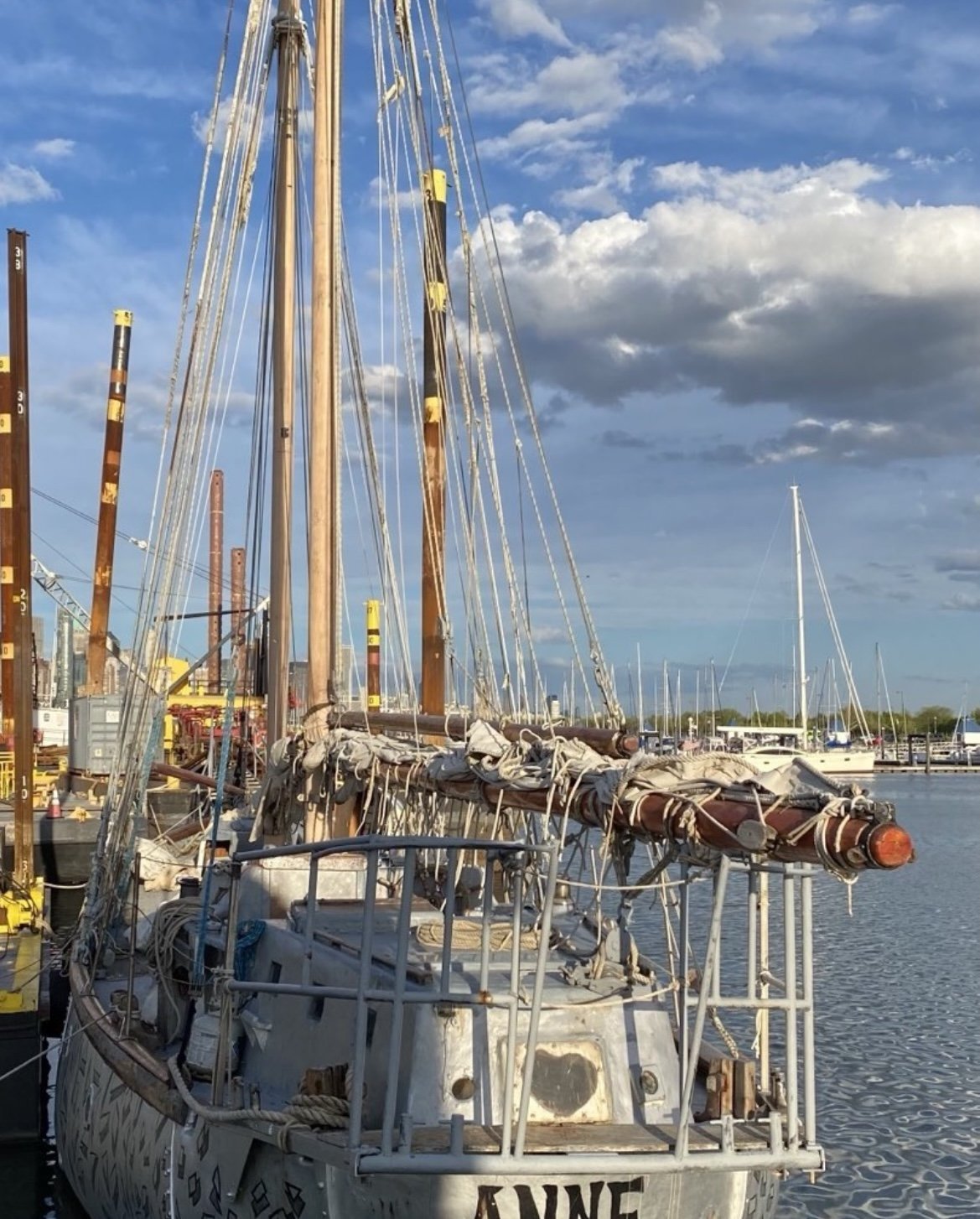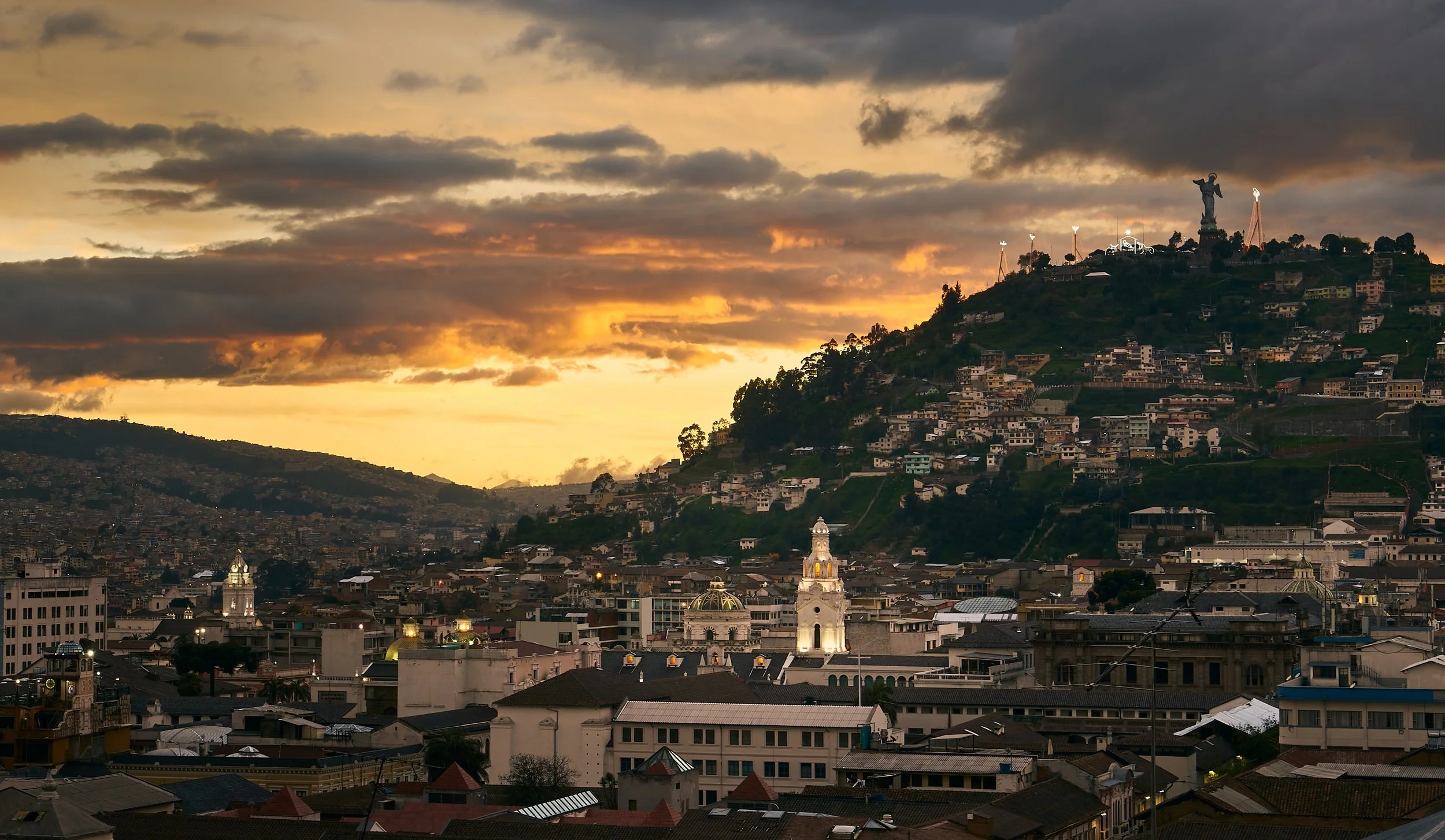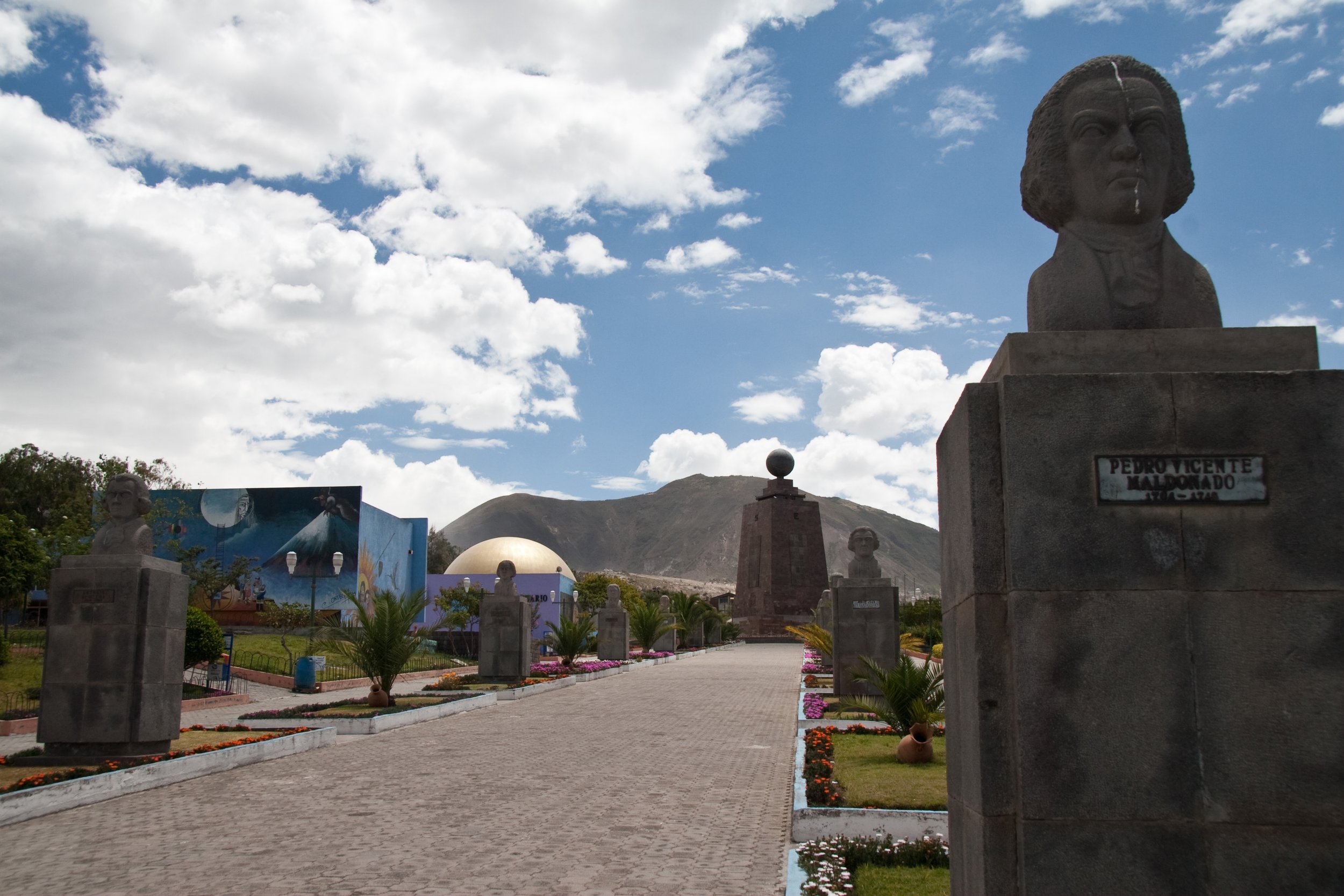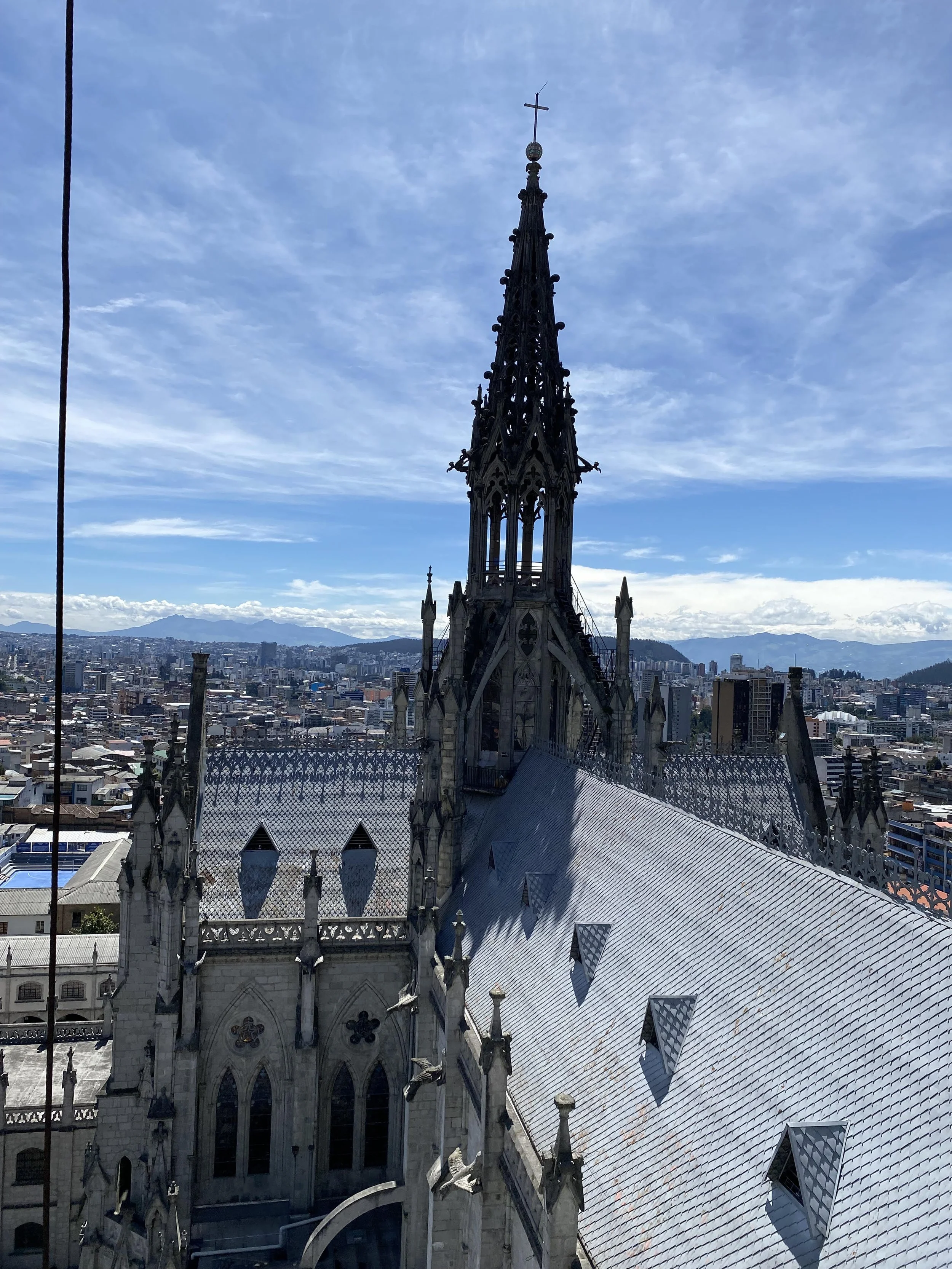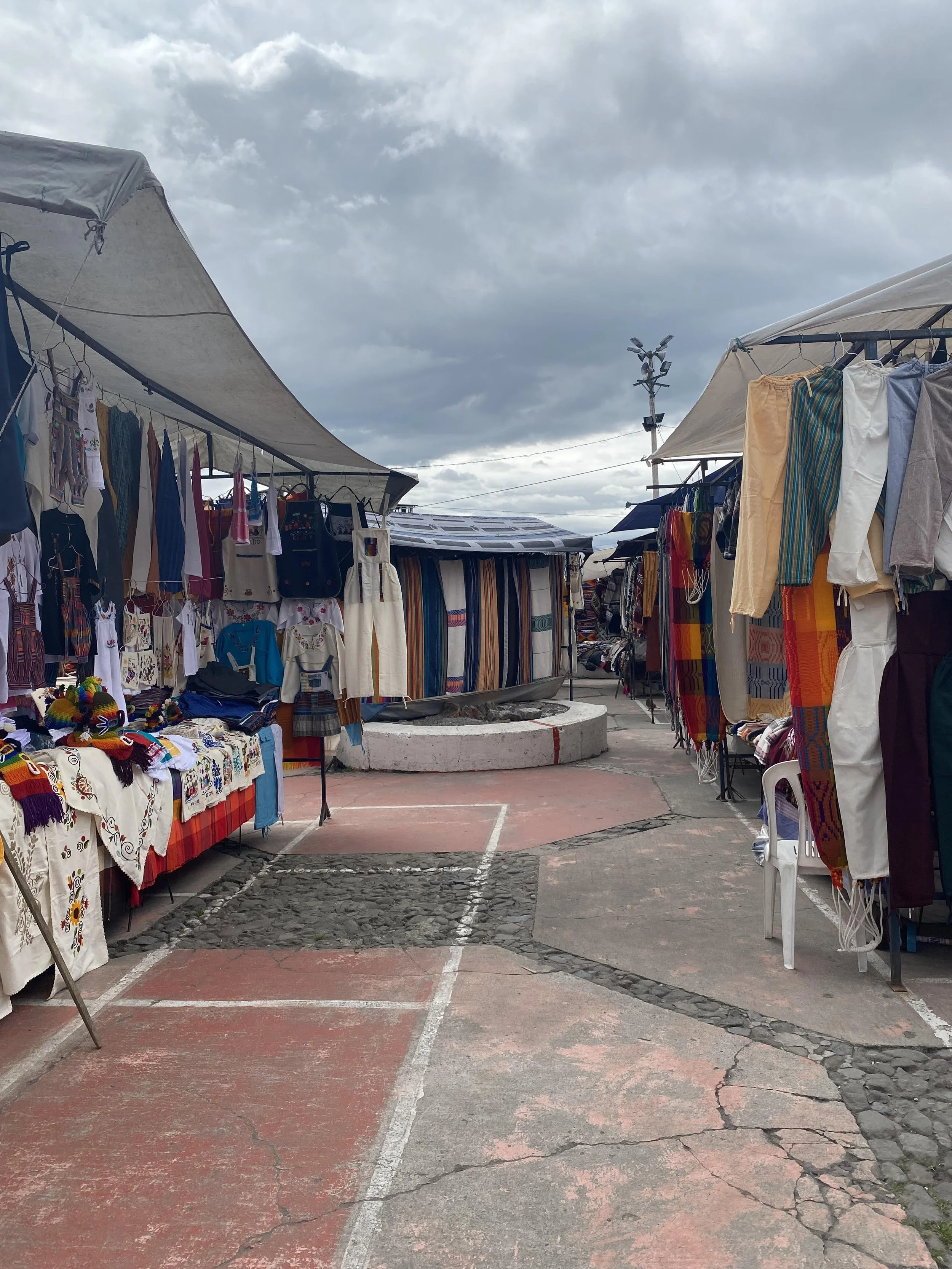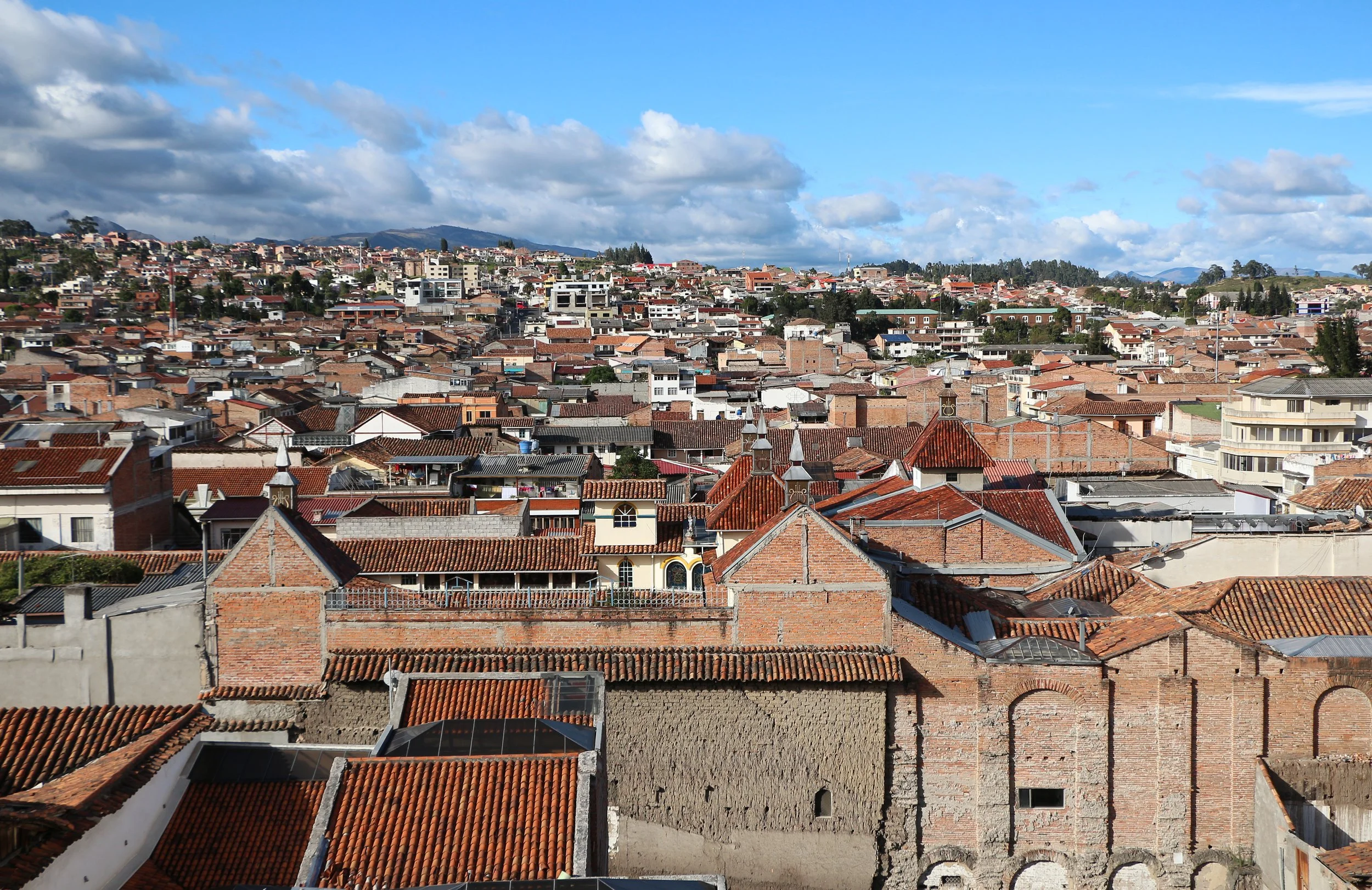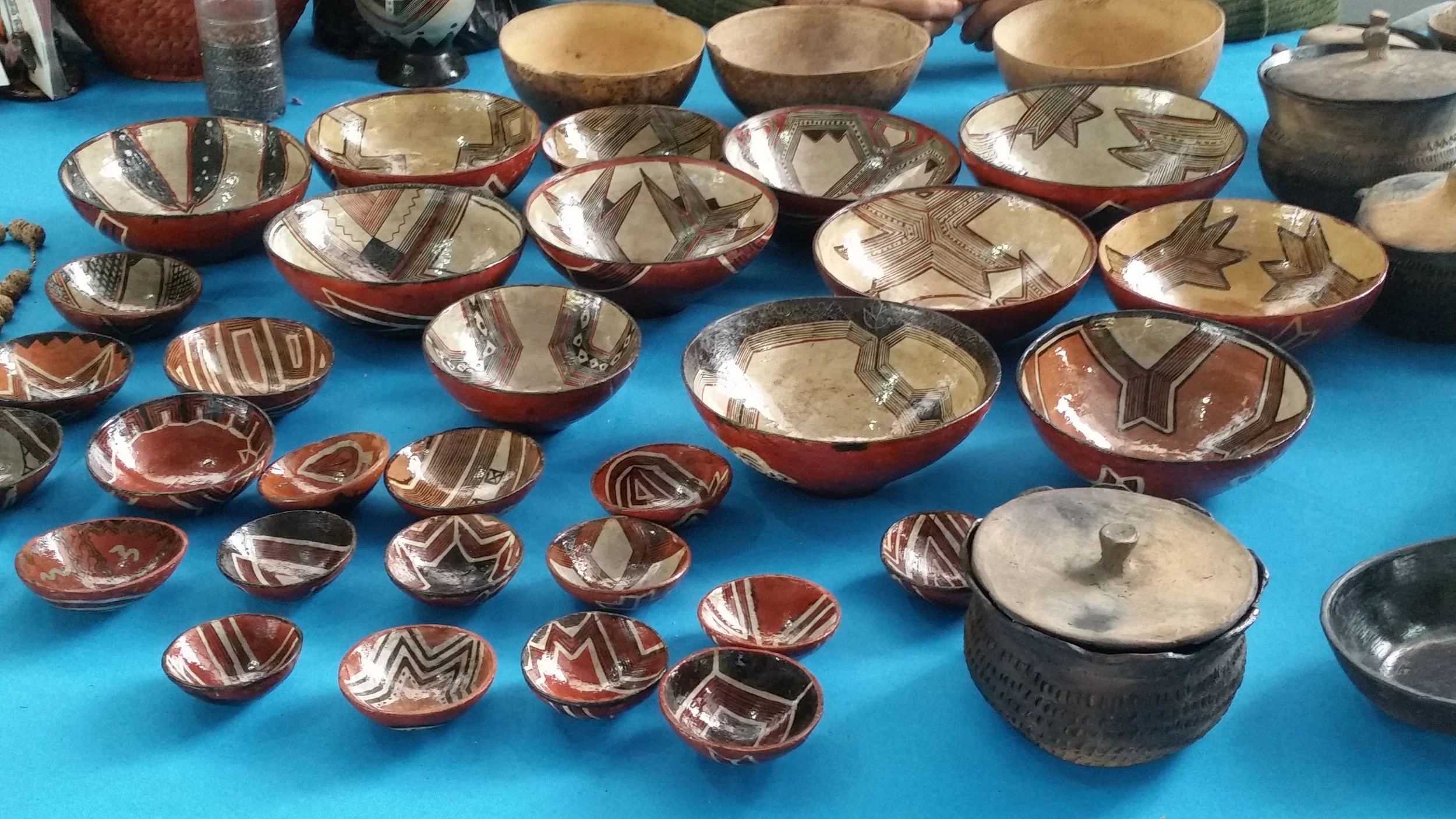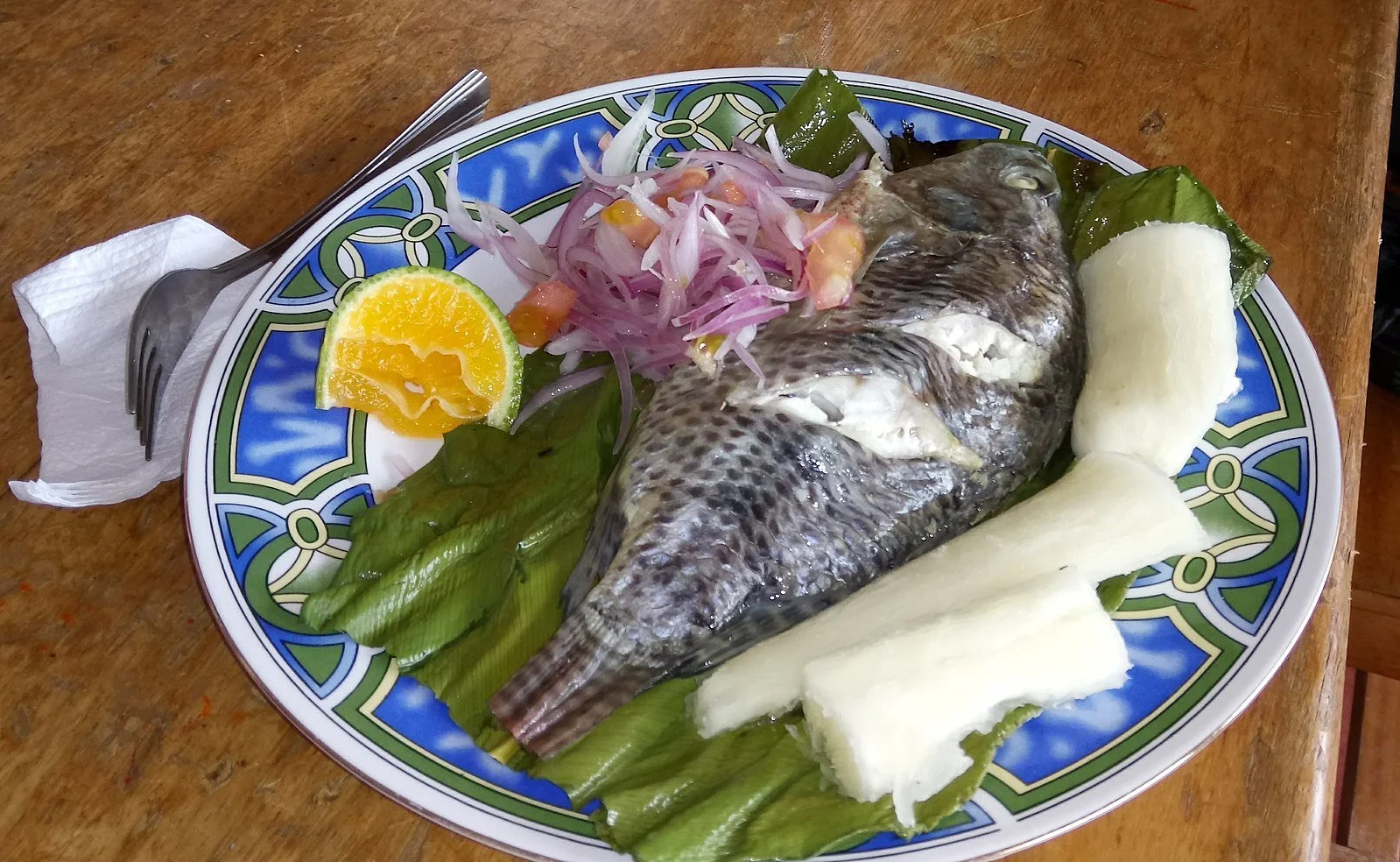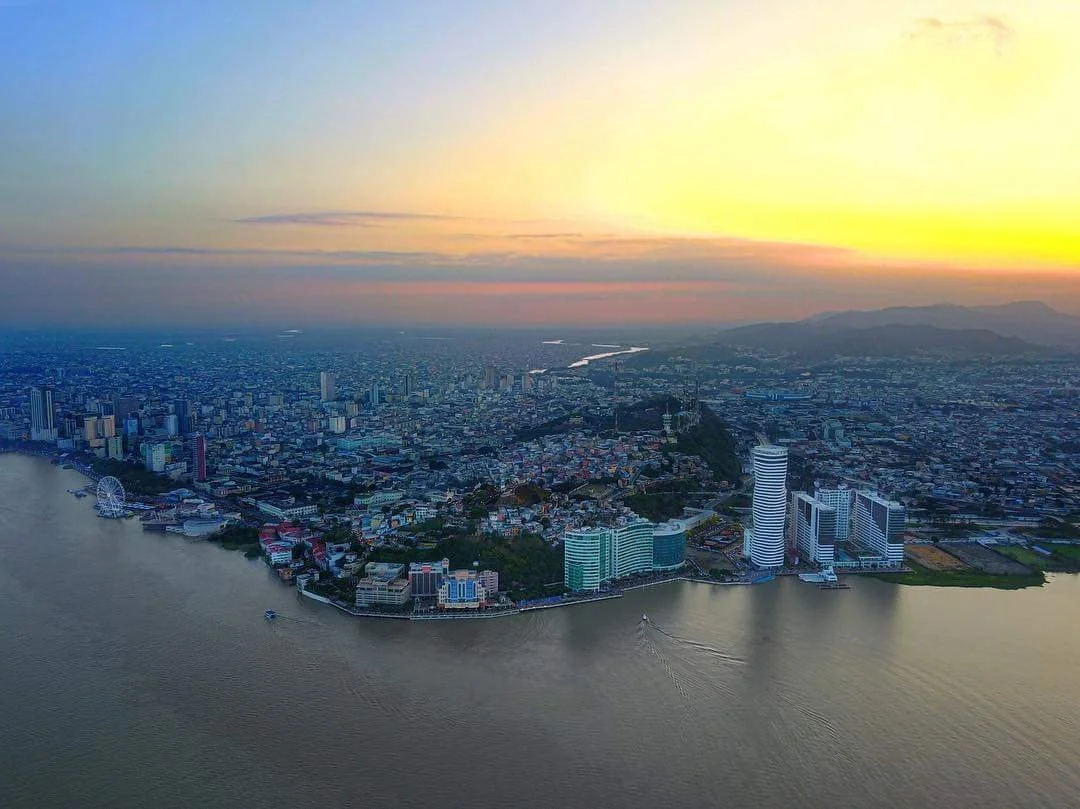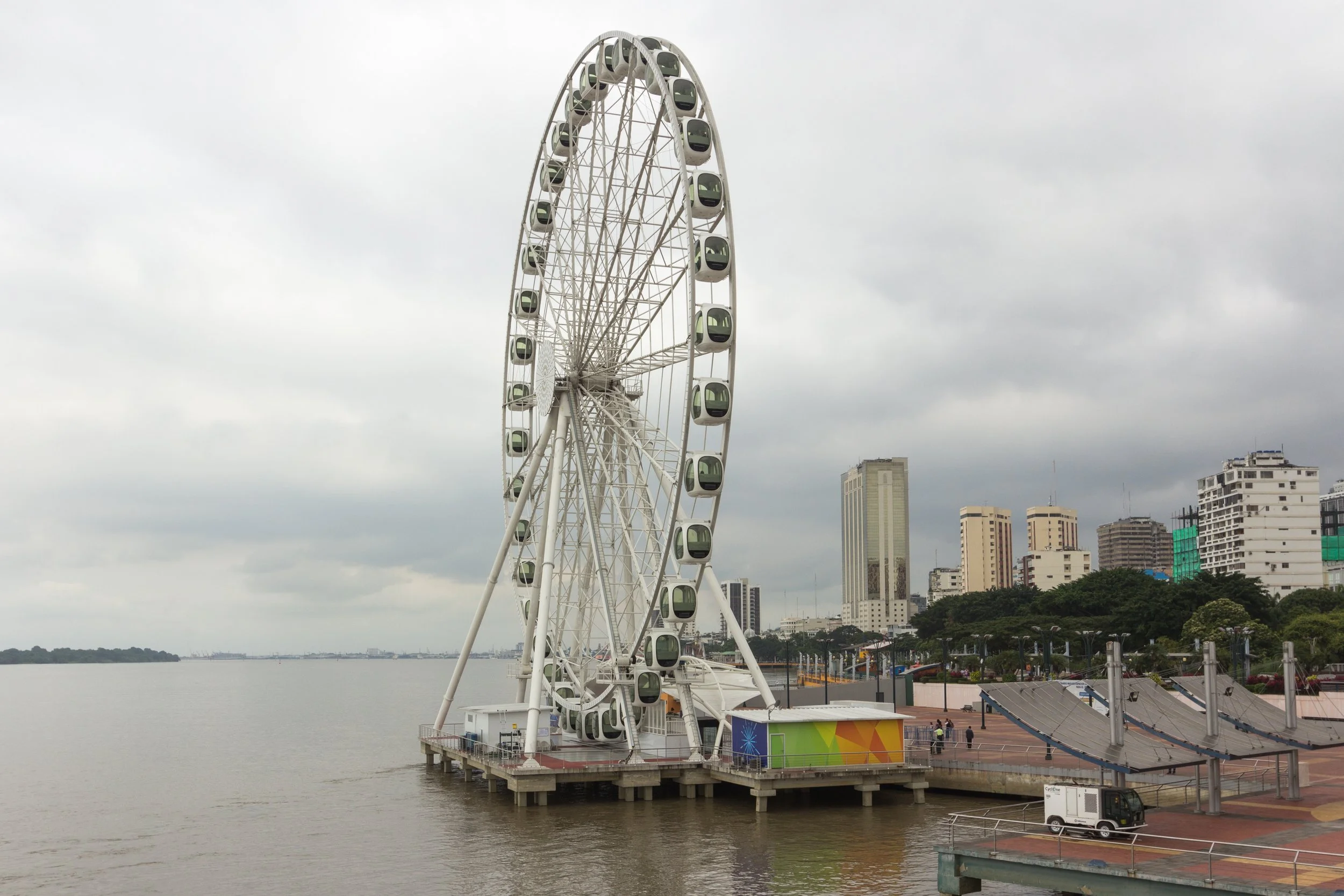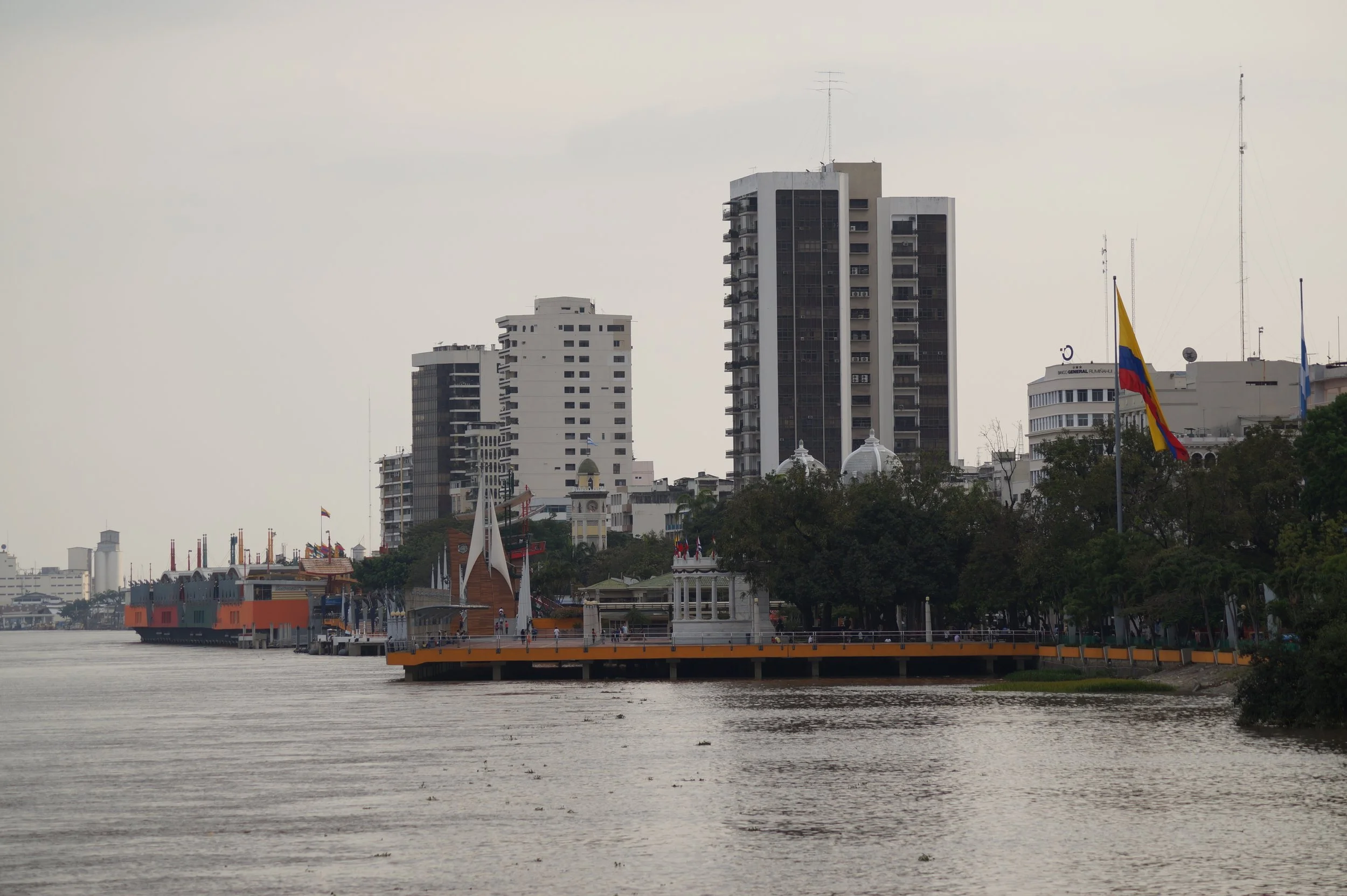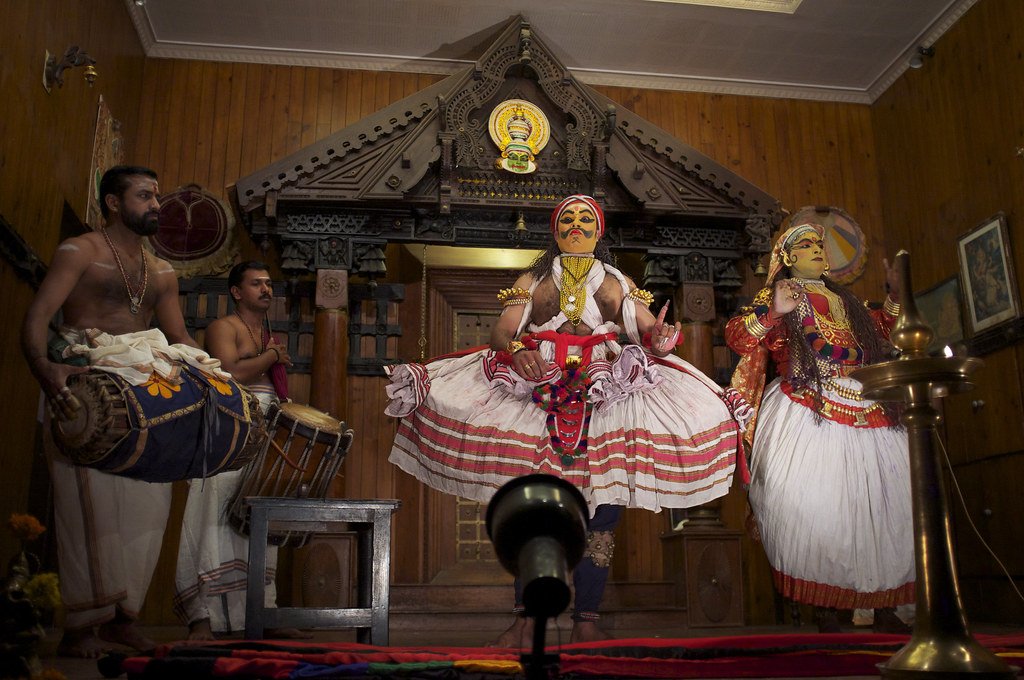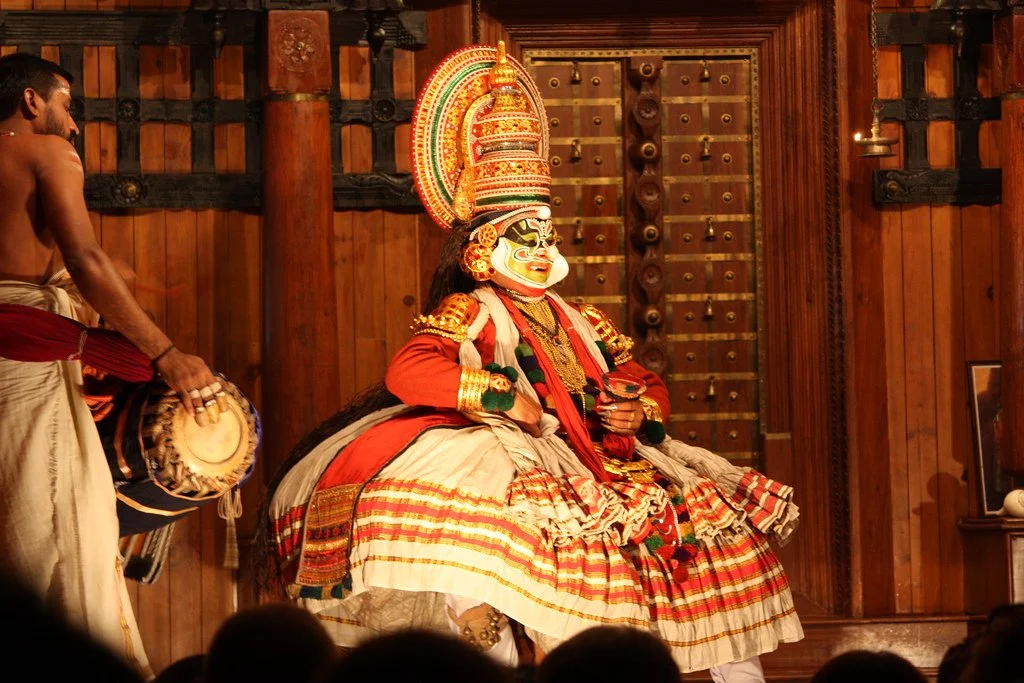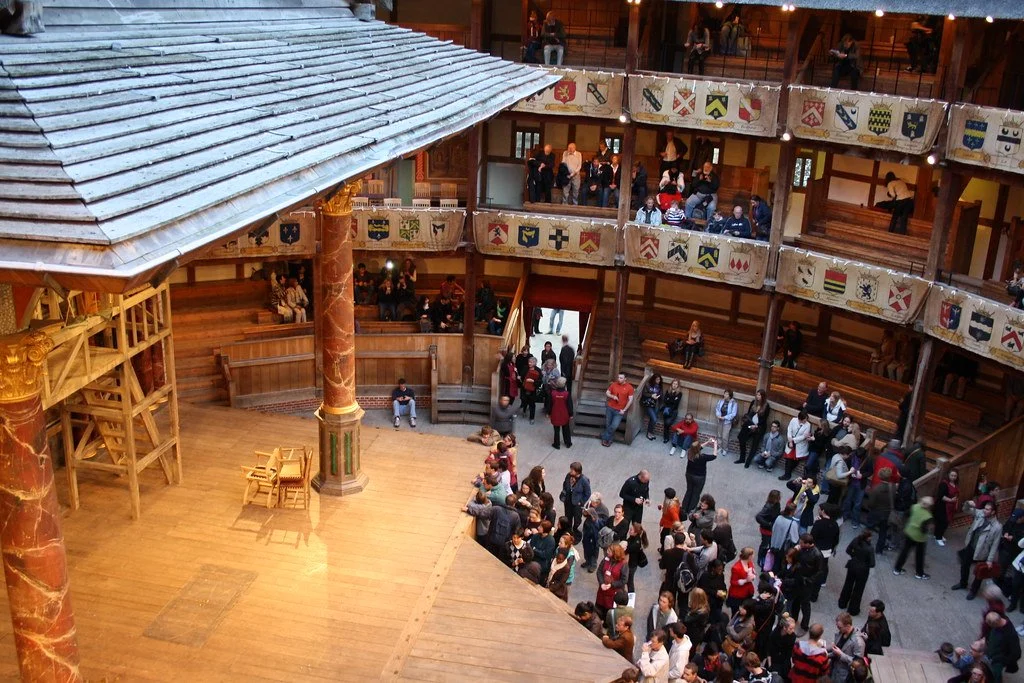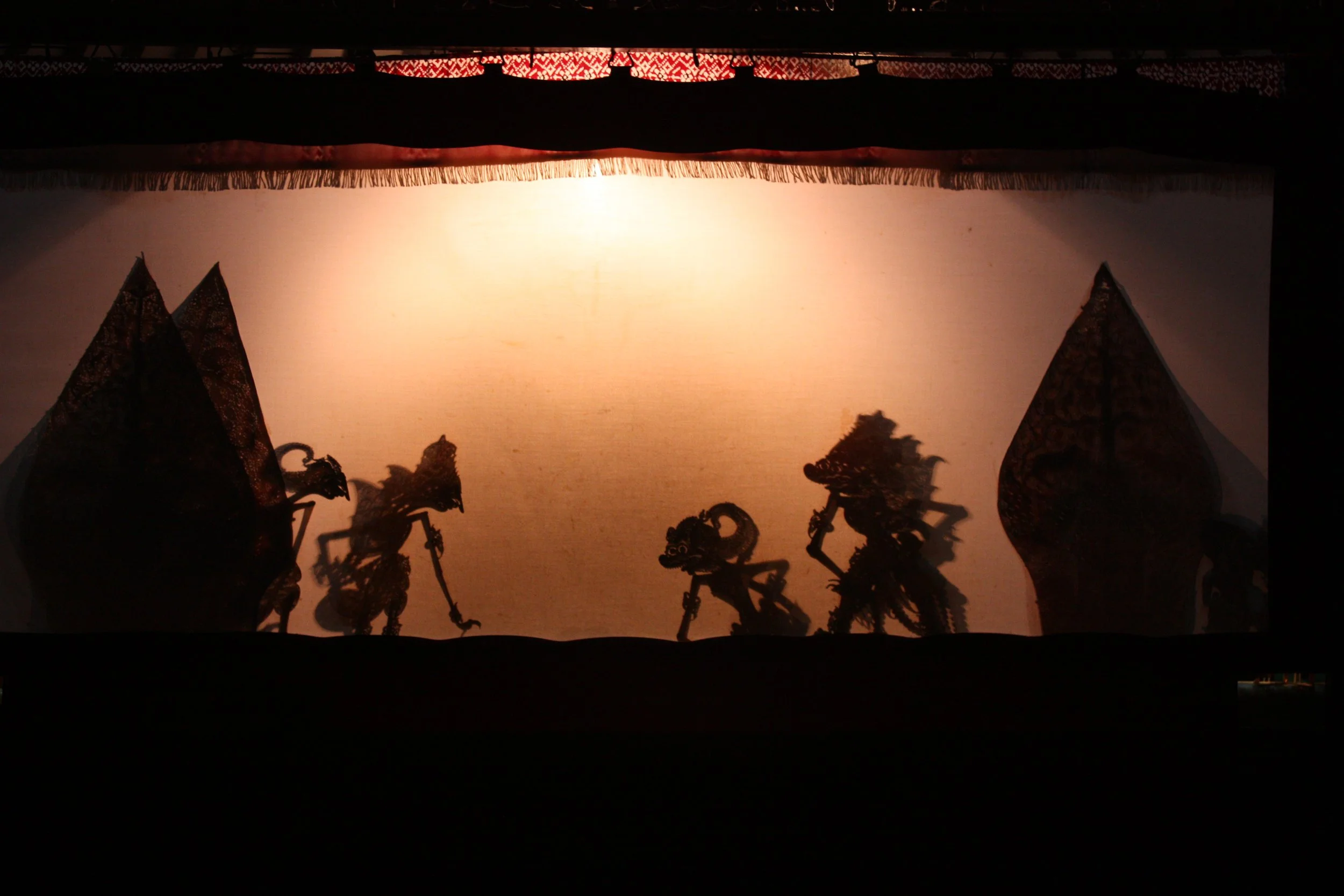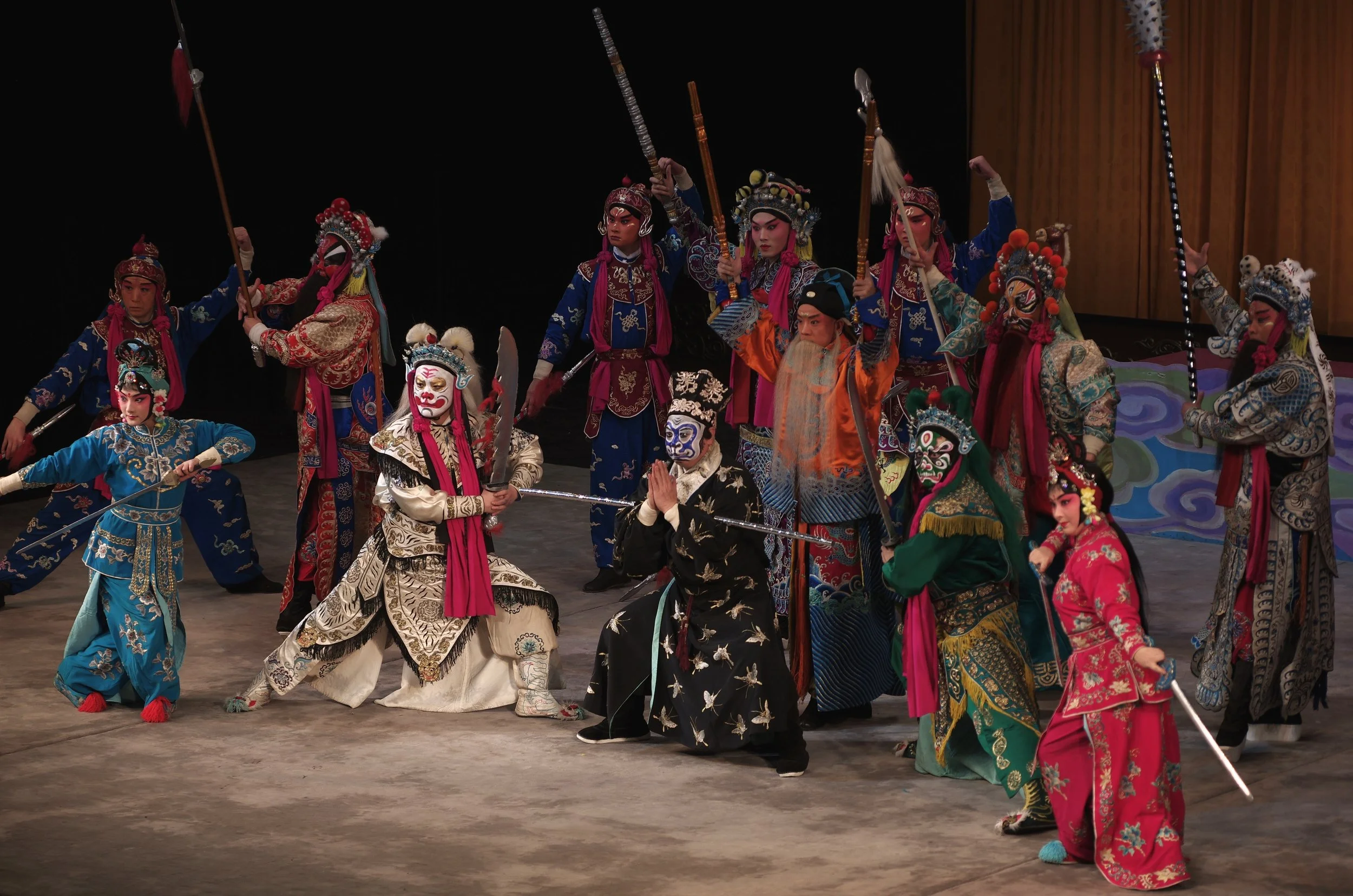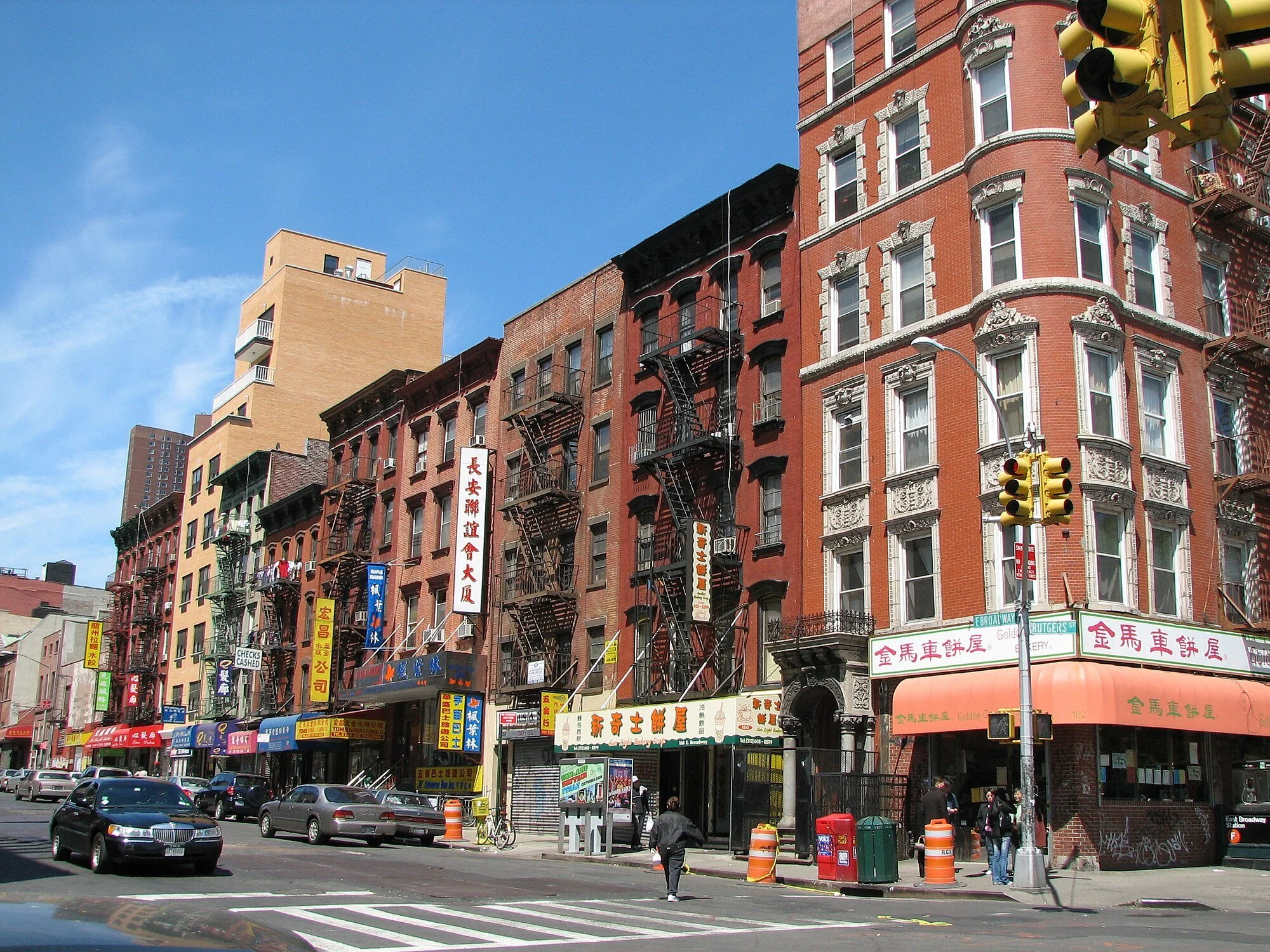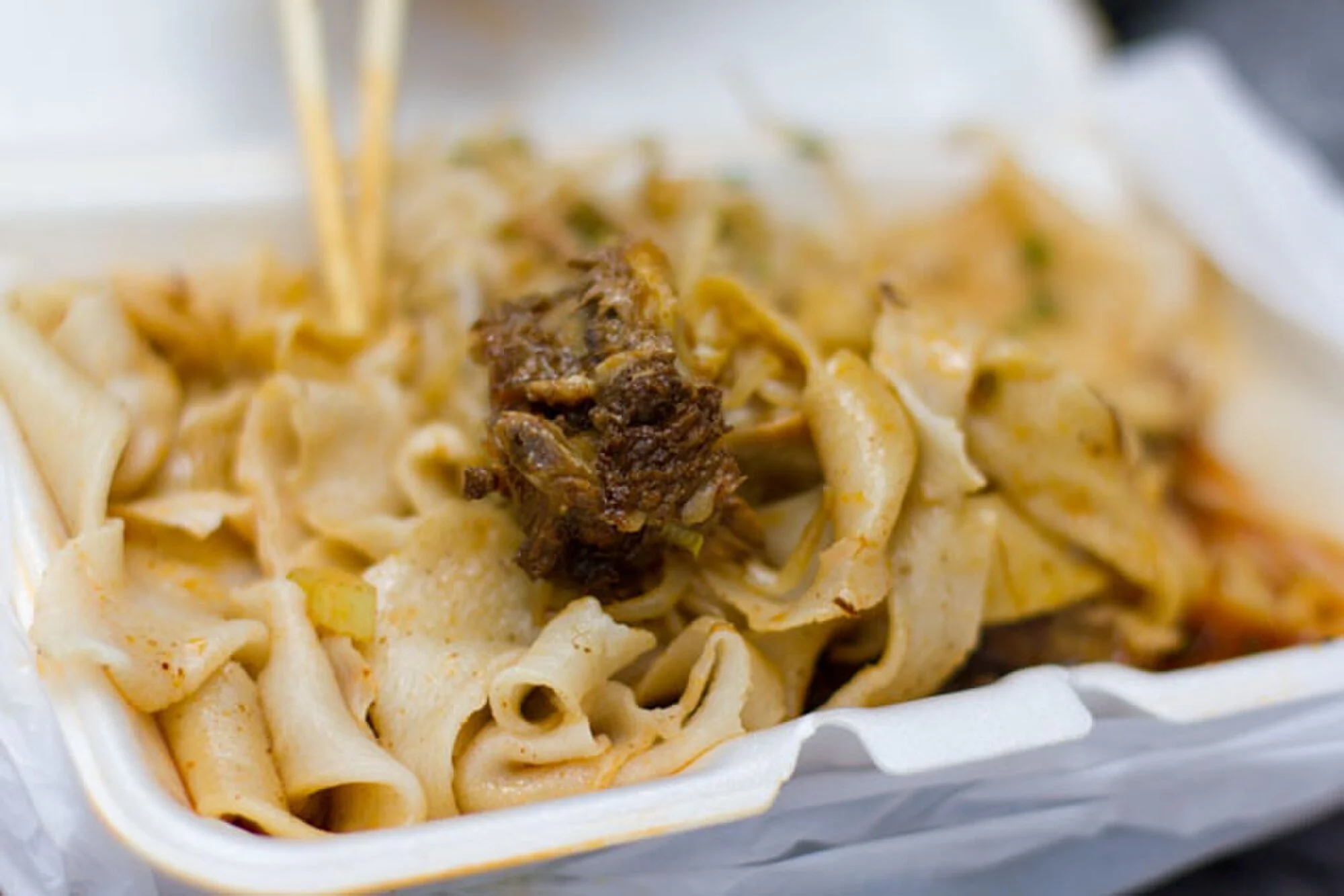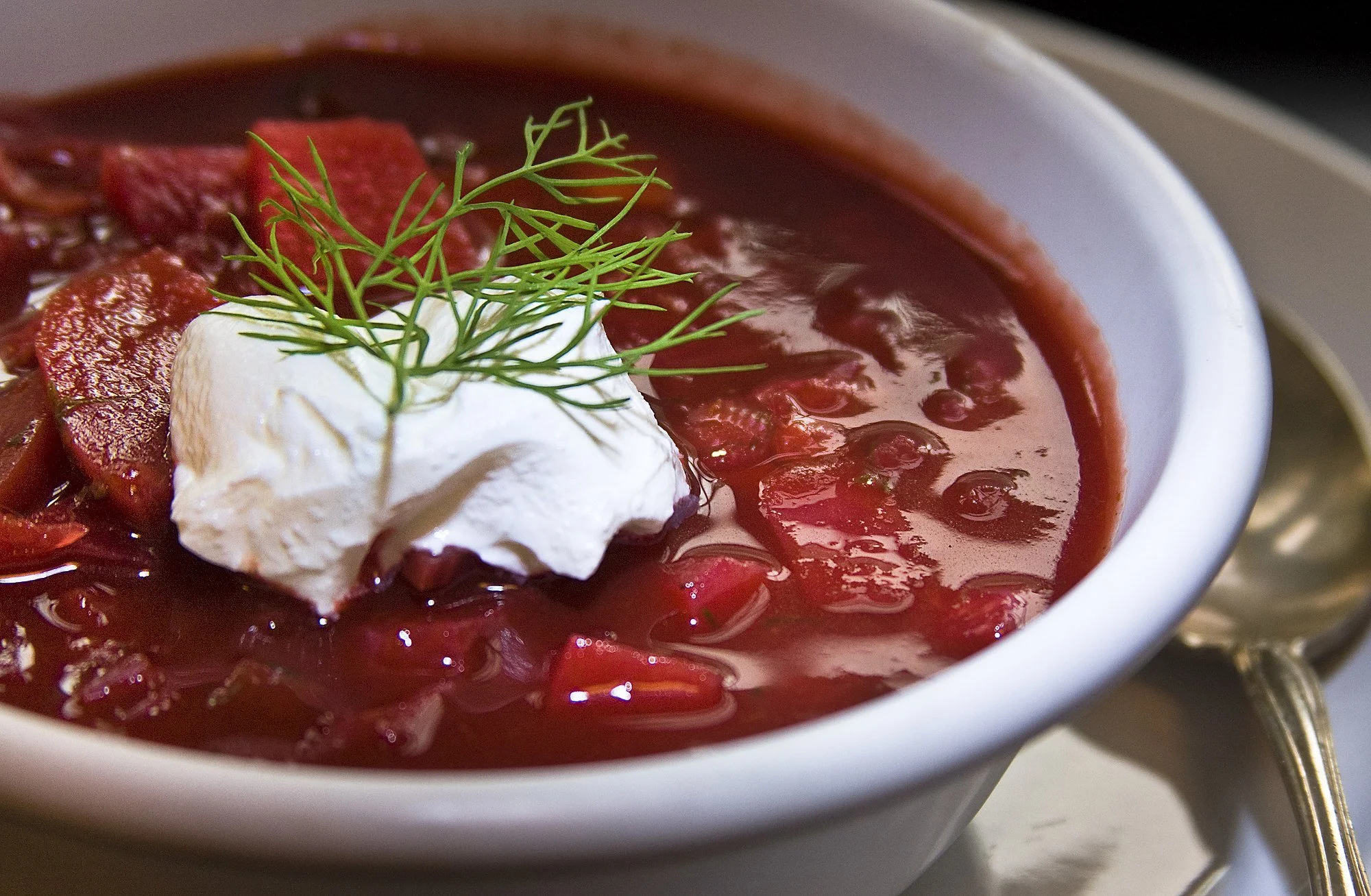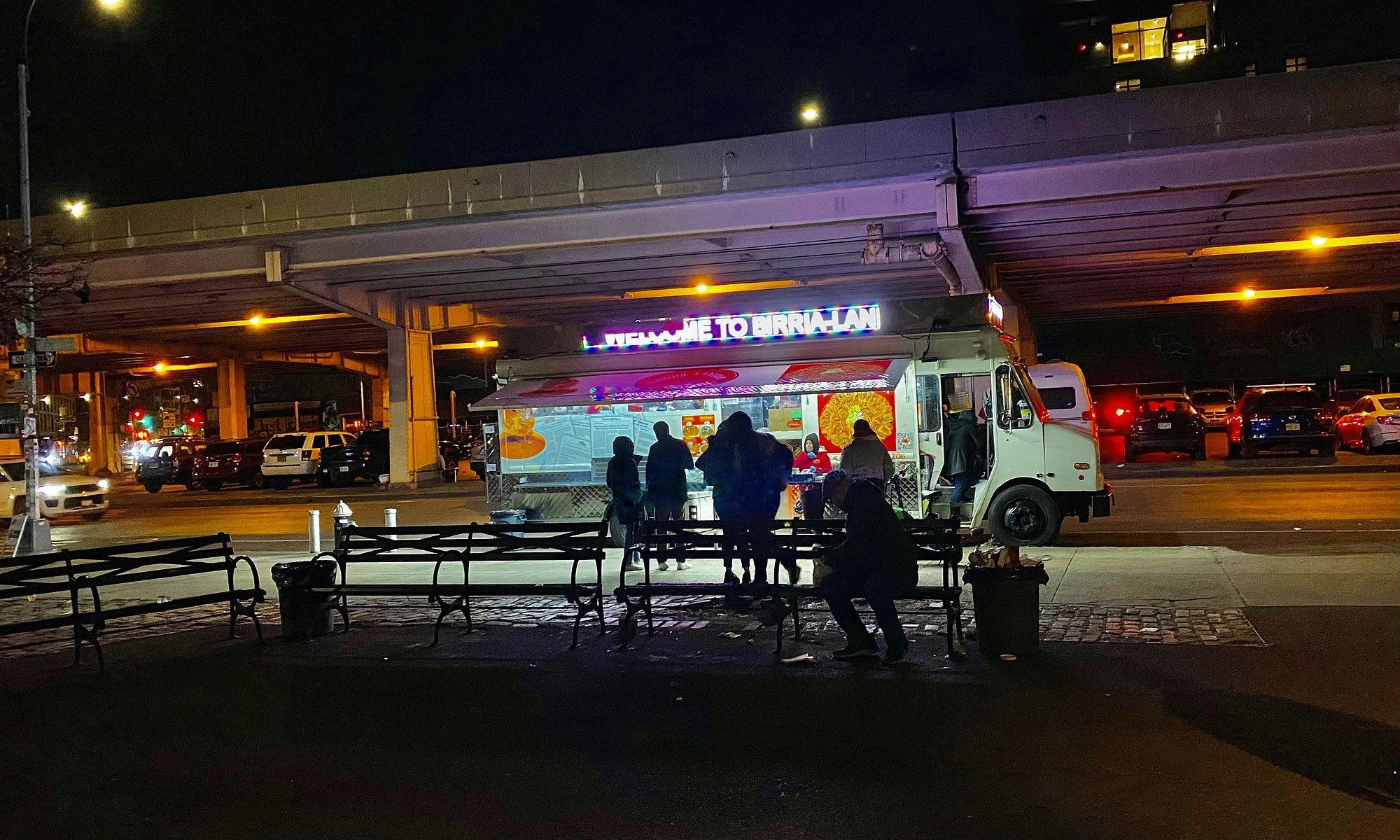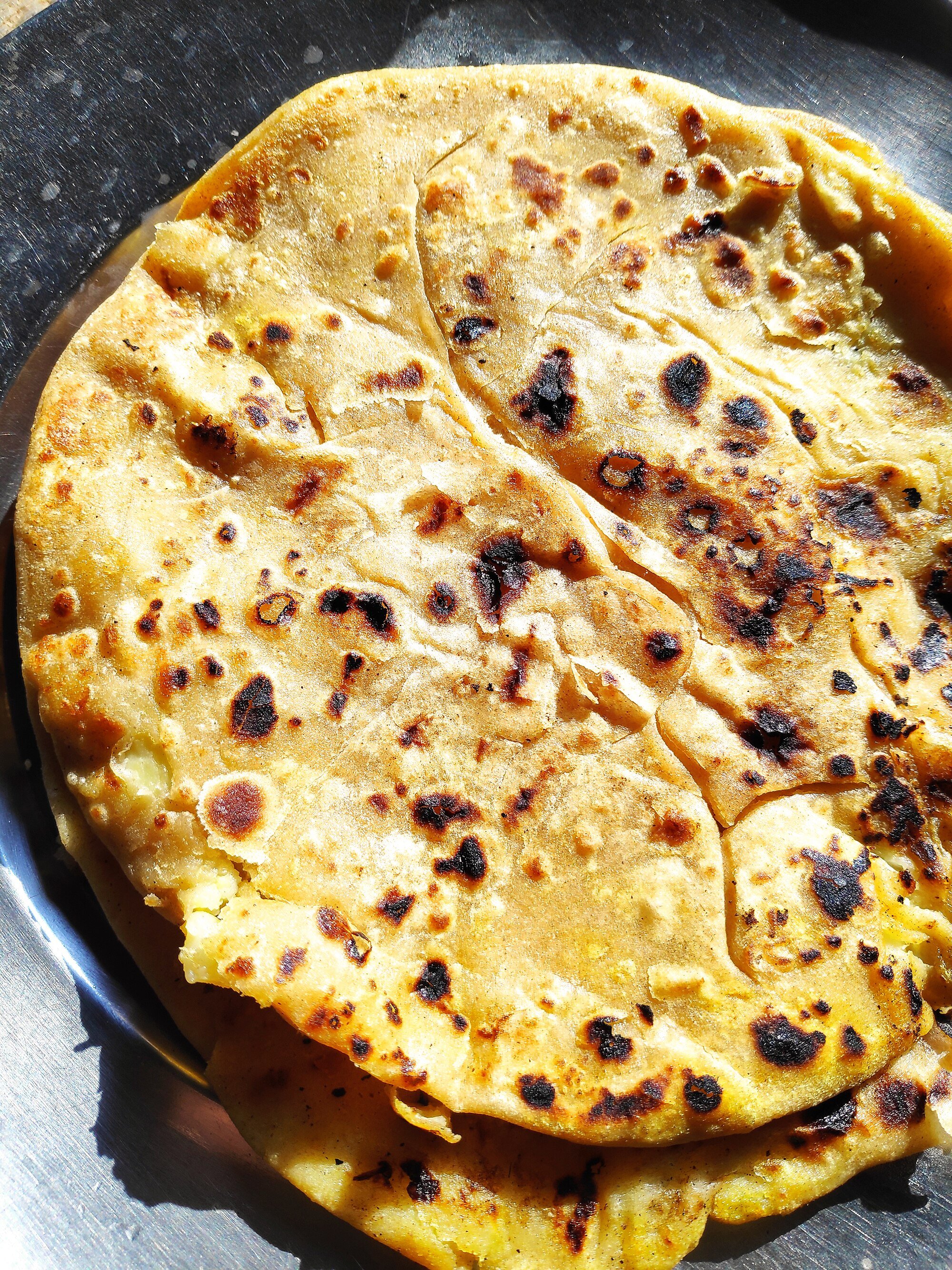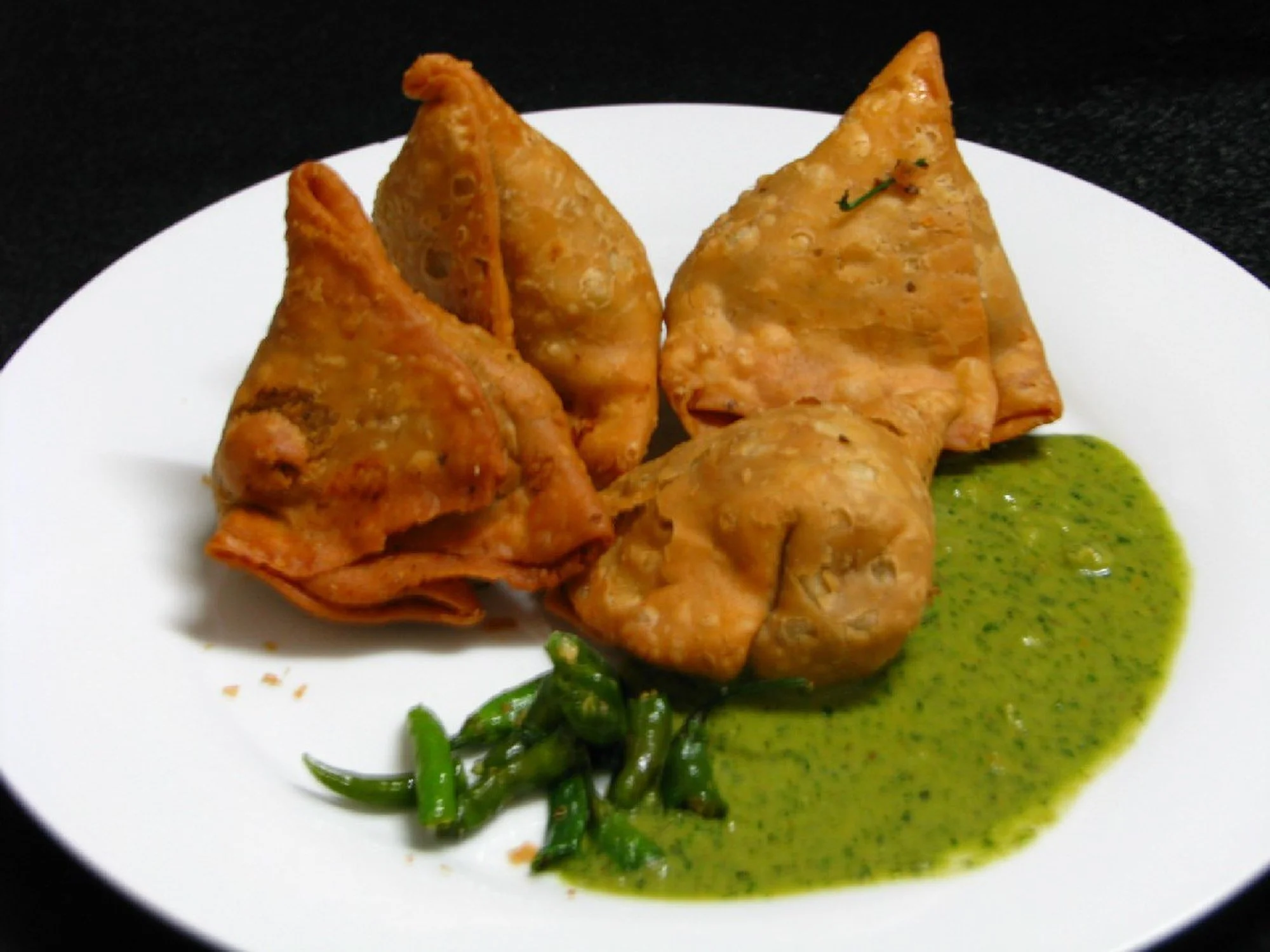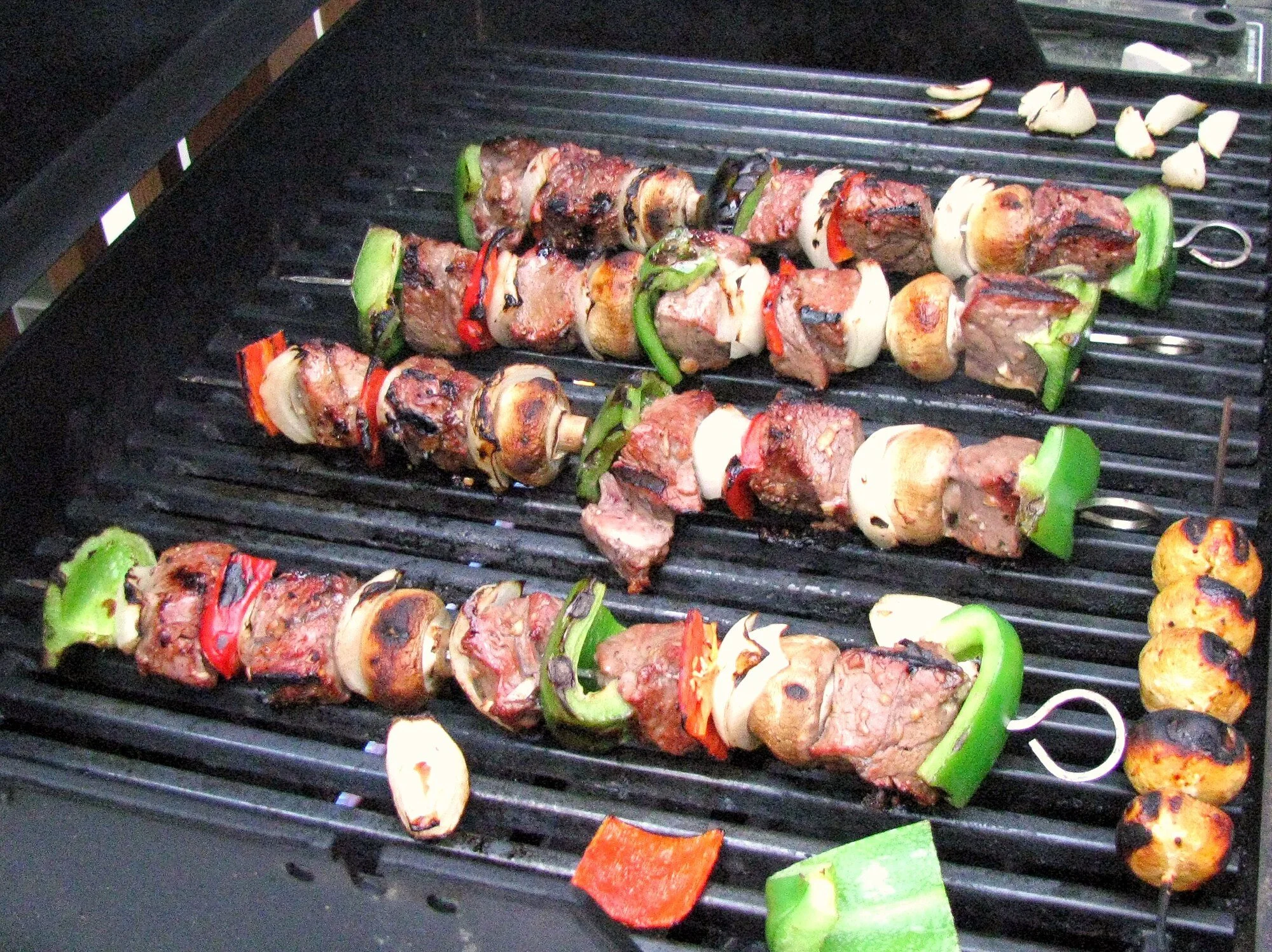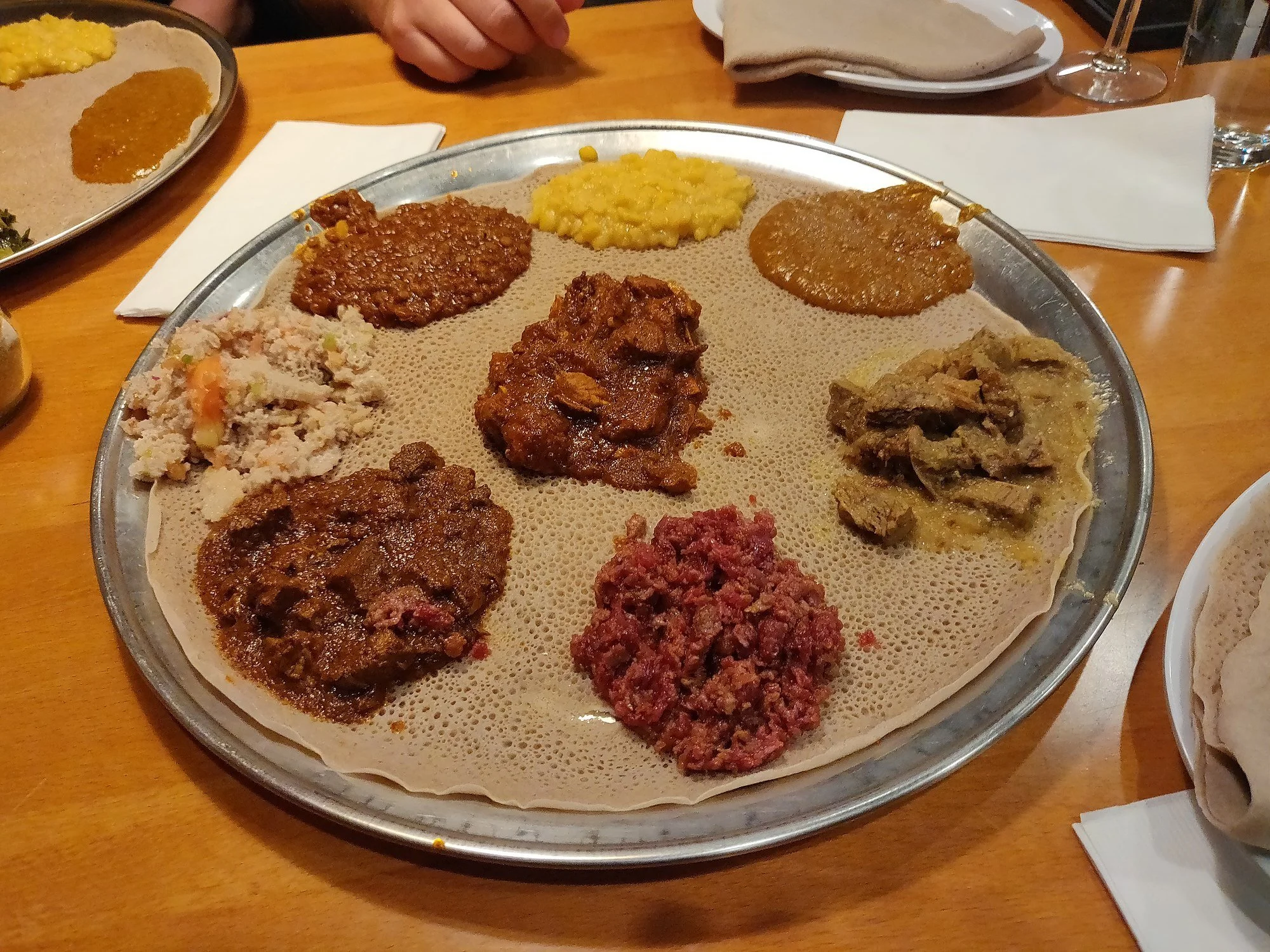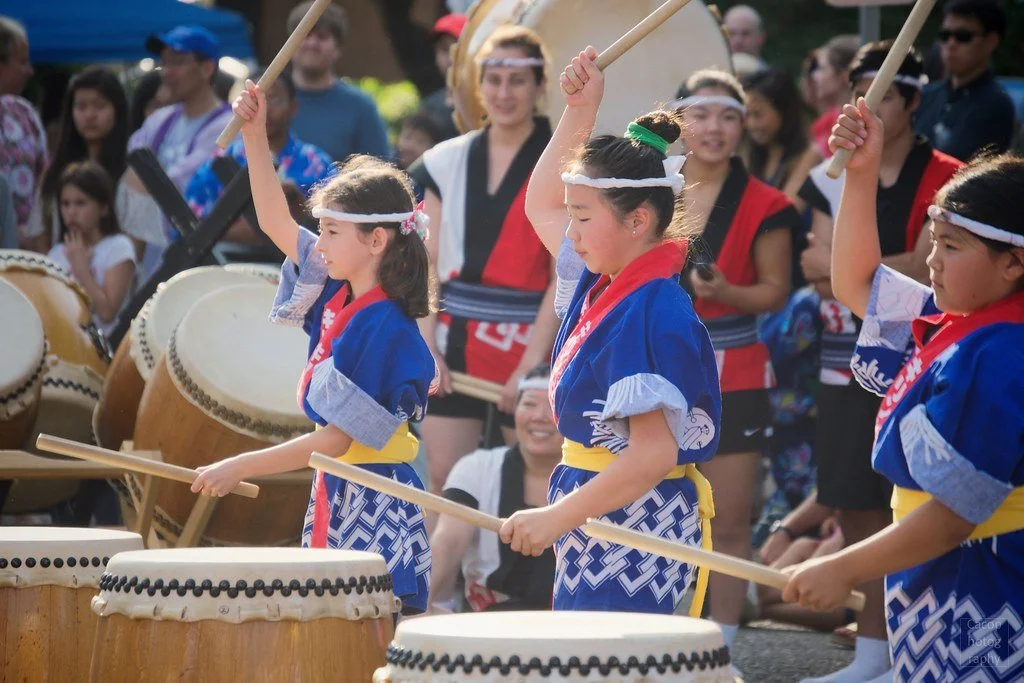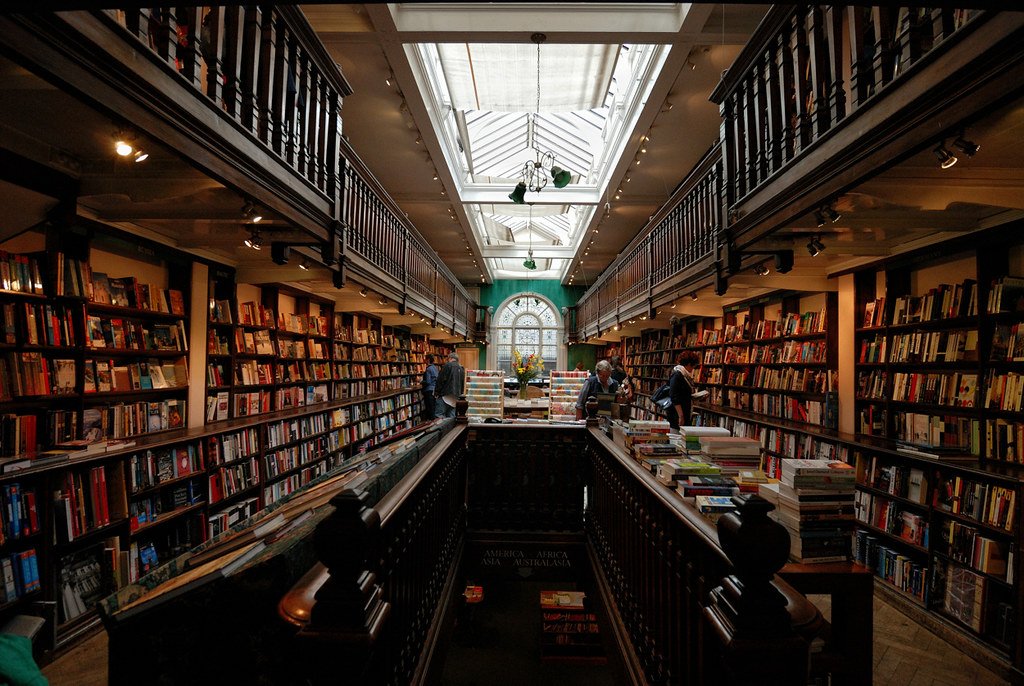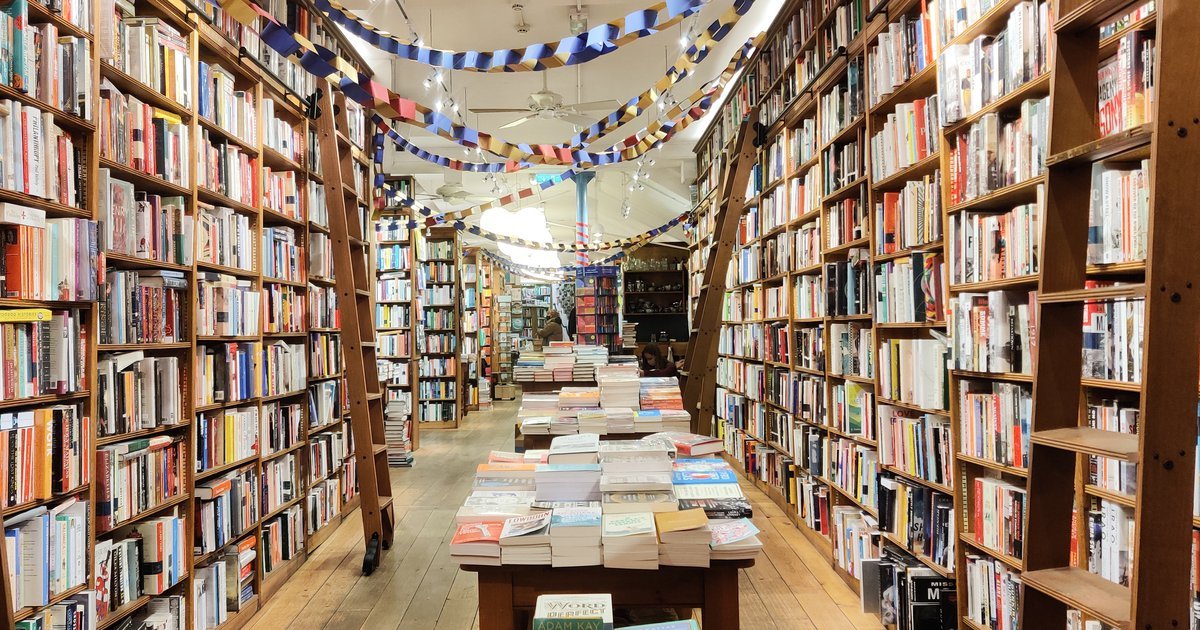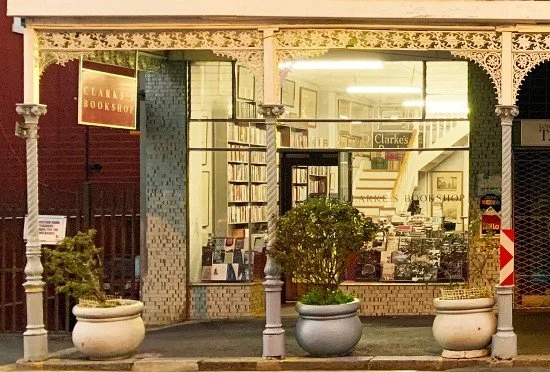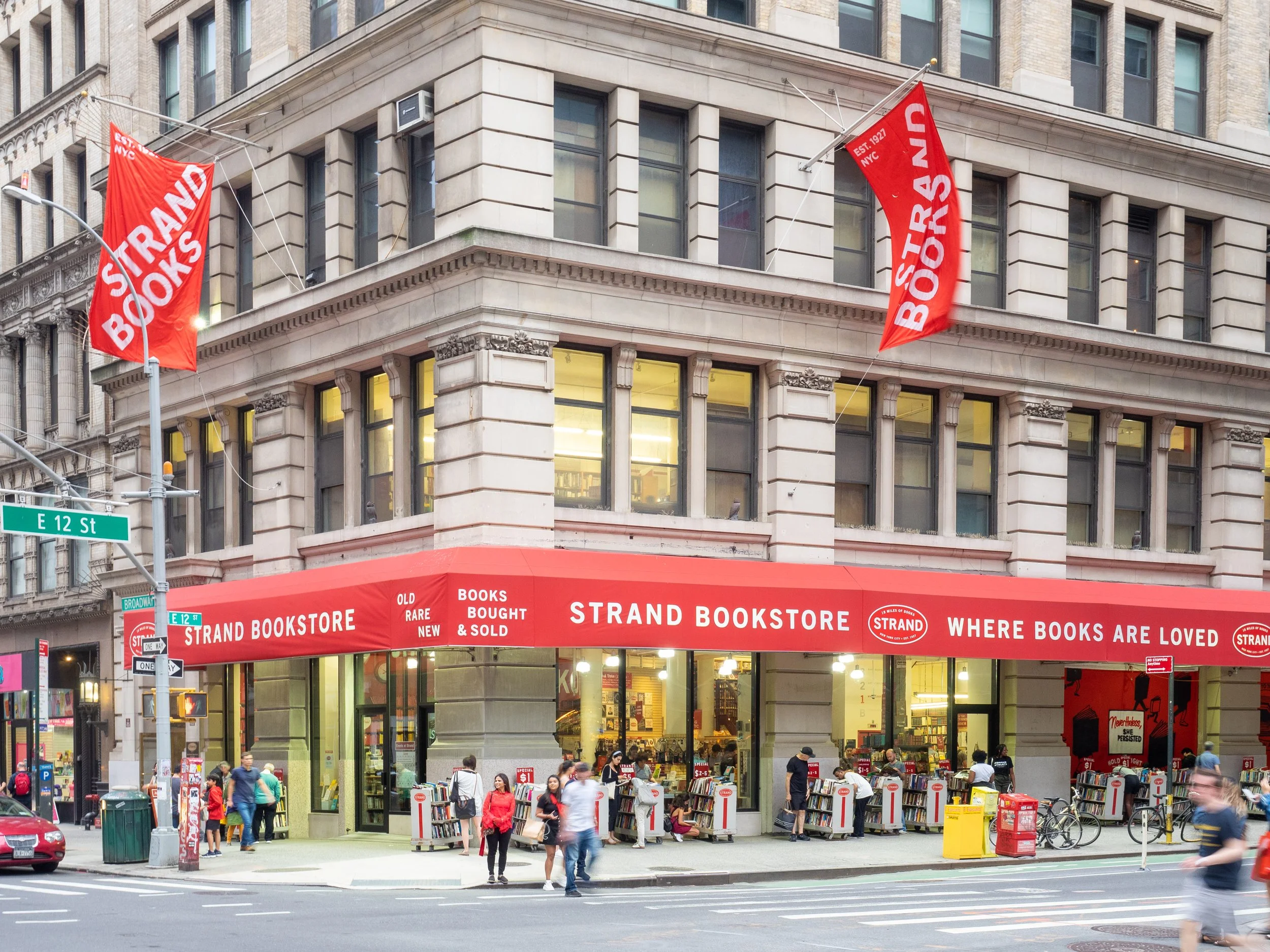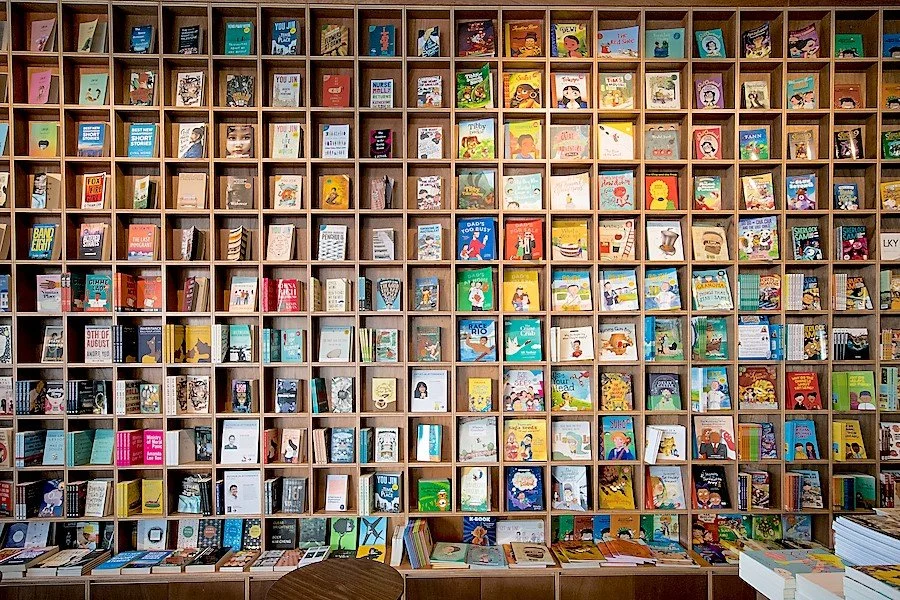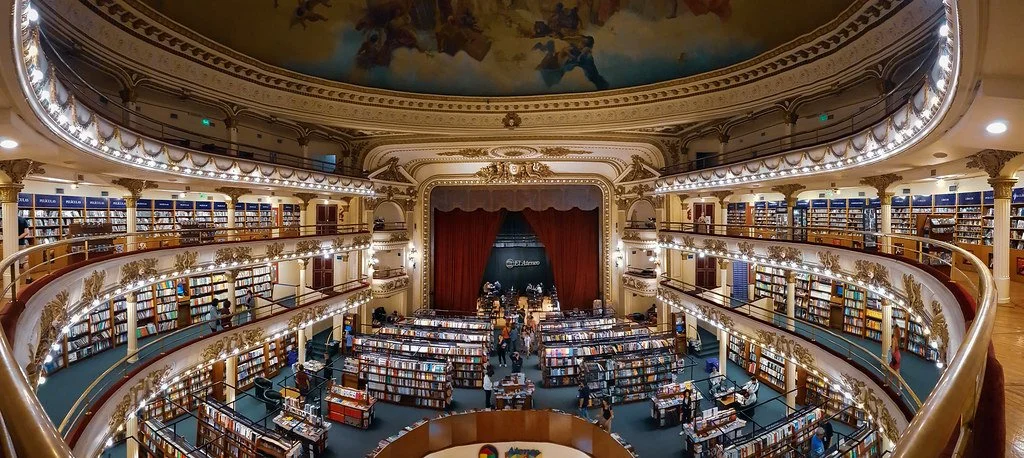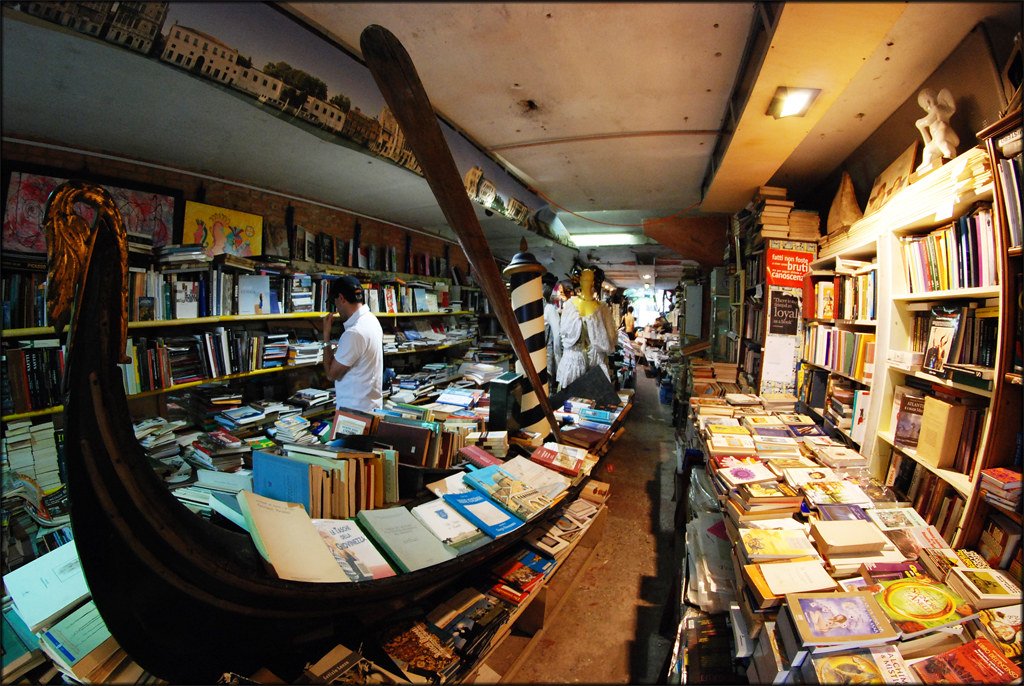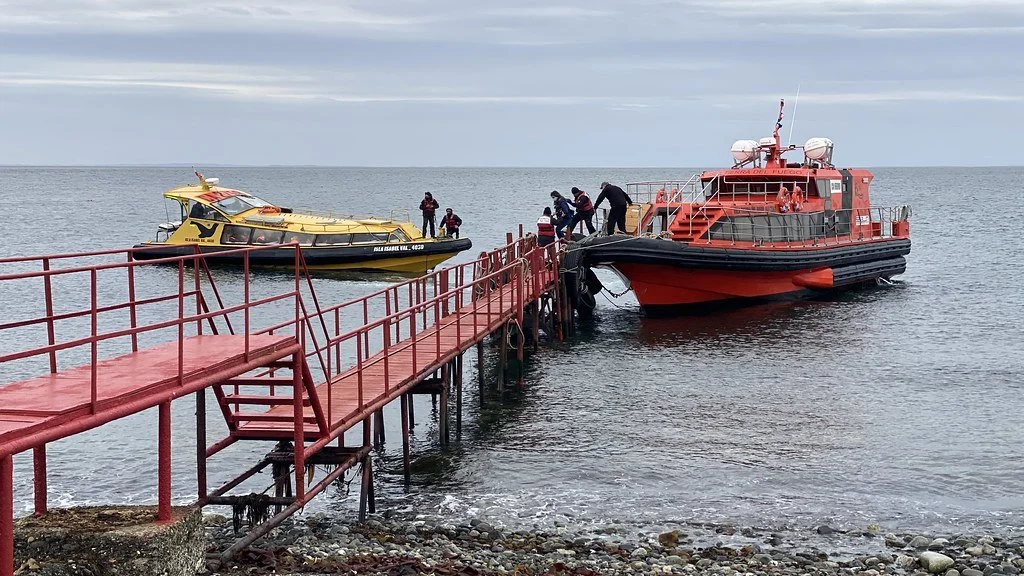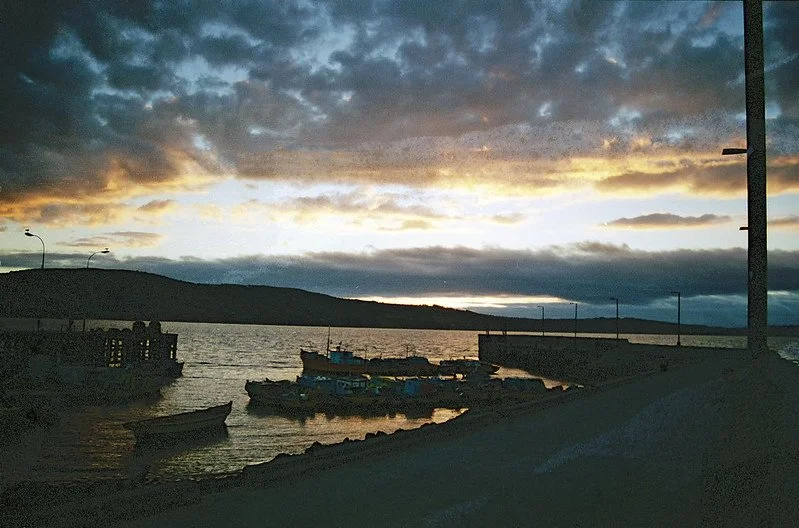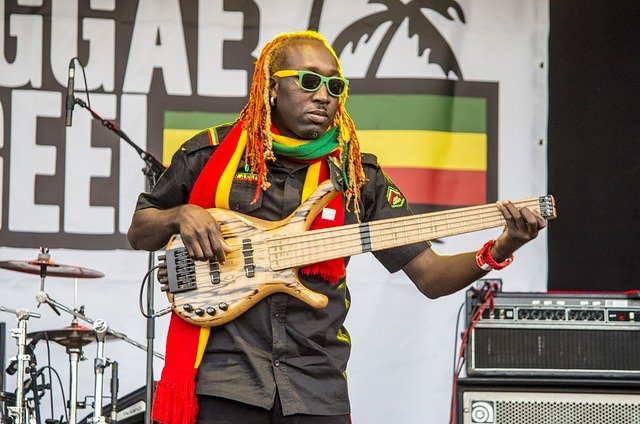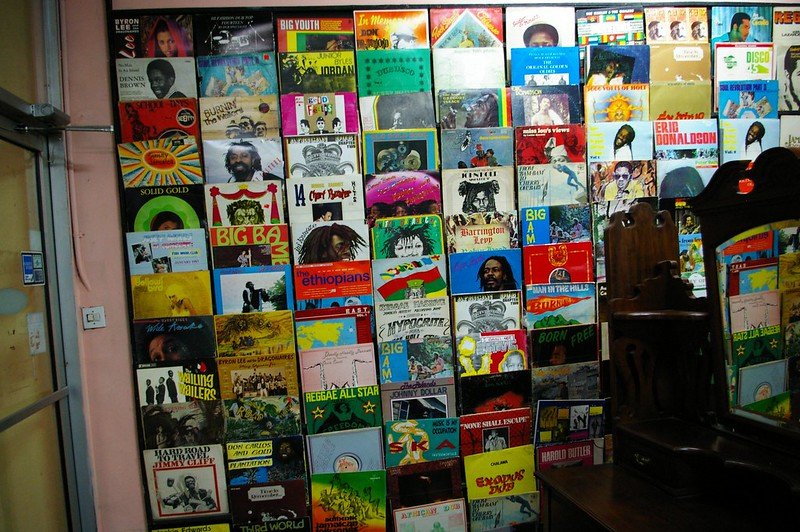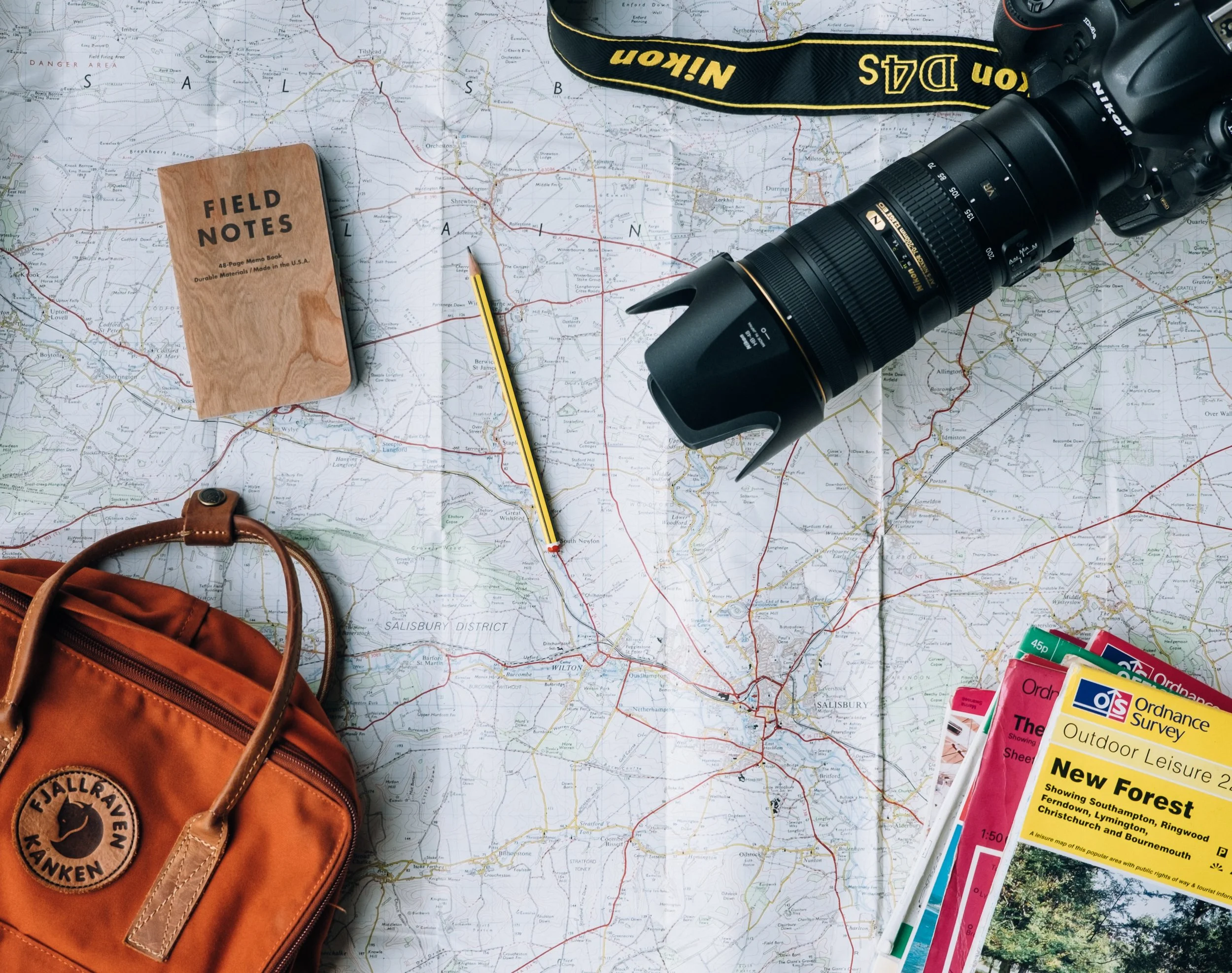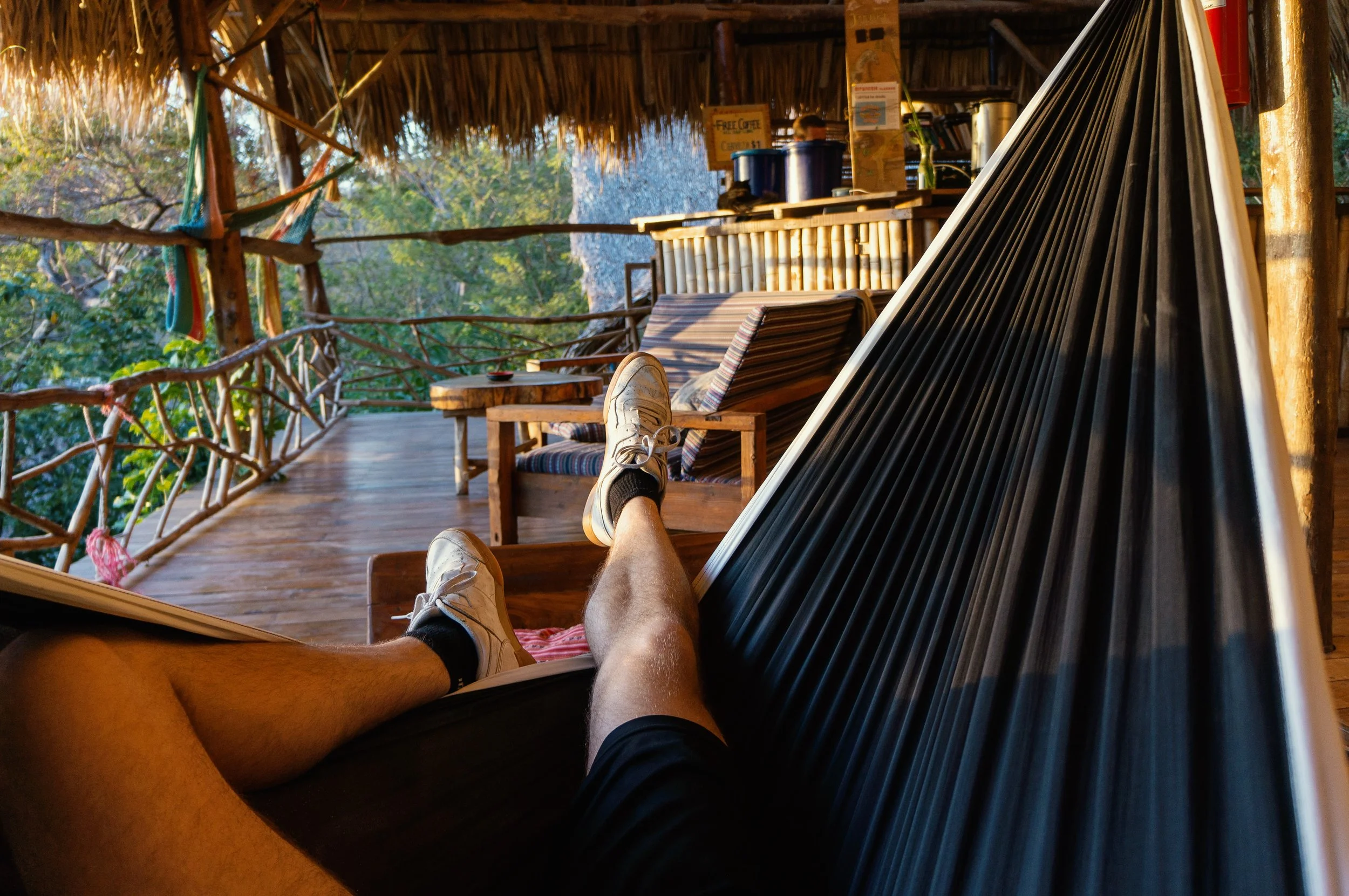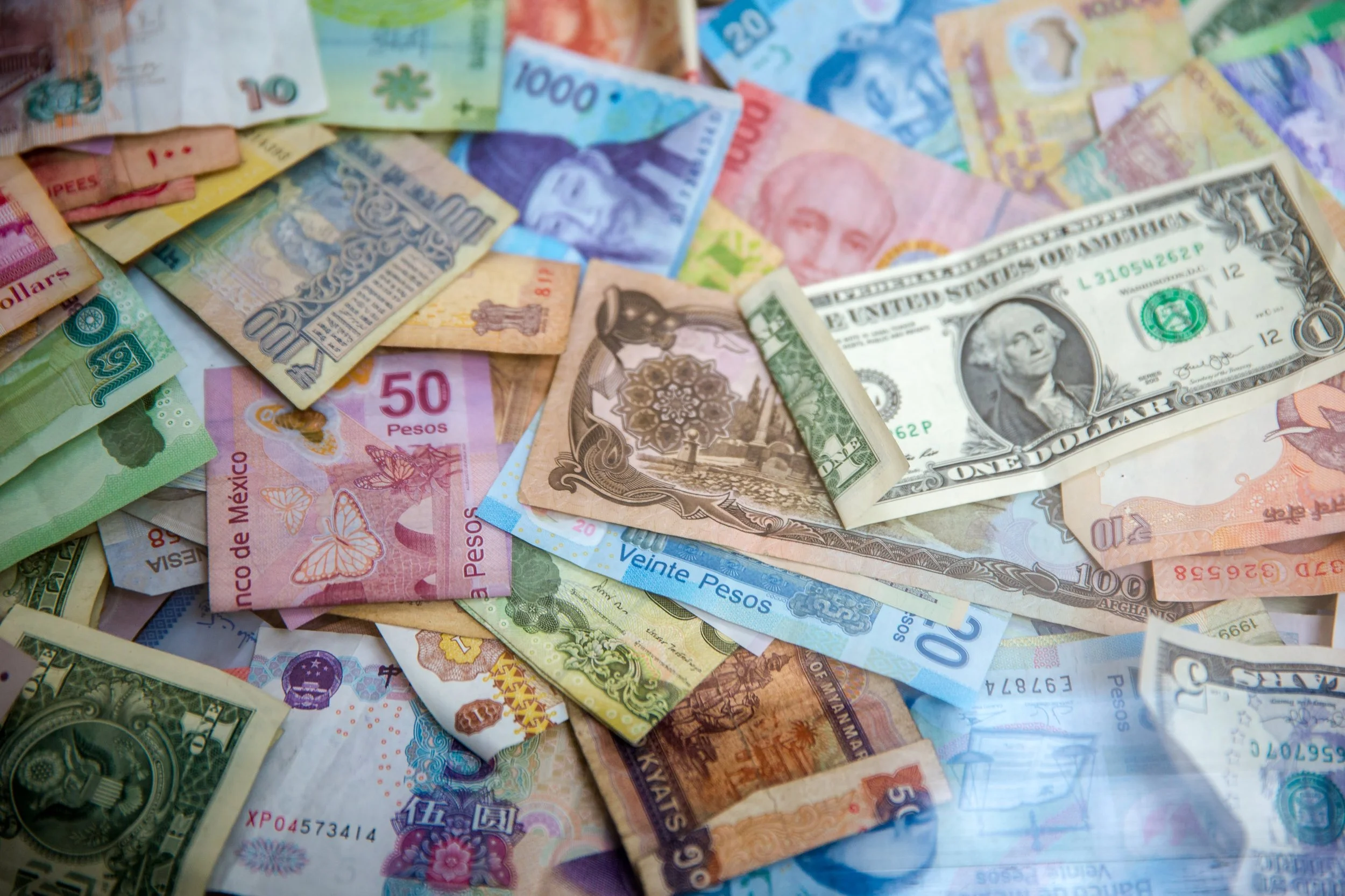From Dubai to Shanghai, here are a handful of lesser known fashion events making waves in the industry.
Prabal Gurung shows his Fall/Winter collection at New York Fashion Week 2022. IMAXtree. CC BY-NC-ND 2.0
When the first official fashion week took place in 1943 in New York, the event captured countless imaginations and drew the most luxurious crowds. The circumstances of World War II had made it impossible for the American fashion media to travel to Paris and cover the shows happening there, but it just so happened that American fashion was beginning to make a name for itself on the global stage; this was its chance to make a splash. The top American designers were invited to put on shows during “Press Week” in Bryant Park, and thus began the tradition of seven small days jam packed with art, celebrity, models, and of course, fashion. Every year, prestigious brands showcase their upcoming collections for either the spring and summer, or fall and winter seasons in September and February respectively (collections are always shown a season ahead of time). During the month, fashion week events take place consecutively in the “Big Four” capitals of fashion — Milan, Paris, New York, and London — resulting in what industry insiders refer to as fashion month. As the international fashion industry continues to take the world by storm, however, fashion weeks are now taking shape all over the world, no longer limited to the traditional four cities. From Tokyo to Vancouver, Dakar to Bogota, over 100 such events occur every single year, showcasing design and fashion talent unique to each region and culture.
Berlin
Kristina Bobkova, a Ukrainian designer, shows her collection titled “Freedom on a Grand Scale” at Berlin Fashion Week. Anna Wender. CC BY-SA 2.0
Berlin Fashion Week has recently gained a reputation for hosting some of the most underrated fashion shows in the world, given the fame and repute of many of the designers who show during the event. Marc Cain and Laurèl aside, even musical celebrities like Lady Gaga have performed sets on Berlin’s runways. Originating in July 2007, the event takes place annually in front of the city’s iconic Brandenburg Gate and has become critically acclaimed for its ability to showcase up and coming designers. Additionally, Berlin’s fashion weeks tend to have themes such as “Fashion and Technology” or “Fashion and Sustainability” which promote social responsibility and introduce a sense of connectivity between fashion and other industries. This year, Berlin Fashion Week will take place from July 10 to 15, with certain shows and events available to the general public without invitation.
Shanghai
Models stand in couples during a presentation at Shanghai fashion Week. Shutterstock. CC BY-NC 2.0
Having emerged as a rising fashion capital in the east, China’s best and brightest designers are all on show at Shanghai Fashion Week. Seeing clothing and outfits that combine haute couture with grunge is common here, as styles from different eras, genres, and genders are mixed seamlessly to produce an almost ethereal collage of textures and materials. While world famous designers like Alexander Wang and Kenzo are mainstays at the event, a barrage of new names like SHUSHU/TONG and Di Du have been carving out a space for themselves as well. In addition to runway shows, this fashion week also hosts a trade fair, in which audiences can get a closer look at some of the designs, amongst other events to round out its offerings. The Fall/Winter shows at Shanghai Fashion Week are scheduled for late September and, as of now, are taking place in person despite the strict COVID-19 measures still in place.
São Paulo
Brazilian designer Ronaldo Fraga presents at São Paulo Fashion Week in 2017. Rolado Fraga. CC BY-NC-ND 2.0
Fashion week events have started popping up all over South America, but São Paulo Fashion Week is by far the most popular. First taking place in 1995, the event has grown to become a focal point of prestige and style outside of the Big Four. Although not global names just yet, many local Brazilian designers, of which Vitorino Campos and Patricia Bonaldi are just two examples, have taken the event by storm and received considerable positive attention from the fashion community. Notably, all of the runway shows that take place during the week are mandated to have at least 10% of their models come from Black or Indigenous backgrounds, thanks to a quota introduced in 2009. While definitely a step in the right direction, many have been calling for an increase in the quota to better reflect the 50% of Brazil’s population with African heritage. Although São Paulo Fashion Week has already come and gone this year, the 2024 offerings promise to be some of the most exciting yet.
Dubai
Models walk the runway at a show during Dubai Fashion Week. Emirates Woman. CC BY-SA 2.0
Given that Dubai is the birthplace of many of the Middle East’s biggest brands and labels, it should come as no surprise that newcomer Dubai Fashion Week is gaining impressive traction. First launched just earlier this year with its first iteration taking place in February, Dubai Fashion Week evolved out of the preexisting Arab Fashion Week, which has been around since 2015. Local designers like Hussein Bazaza and Dima Ayad impress celebrity audiences and critics alike, while internationally renowned brands like Jean Paul Gaultier and Moschino put on shows as guest designers. Because of its recent inception, Dubai Fashion Week is actively accepting applications from brands who would like to show their work, and is uniquely open to hosting designers from all over the world. This year, designers will show their Spring/Summer collections for 2024 between October 10 and 15 (the events are always a season ahead) in the city’s Design District, an area known for its eccentric zeitgeist and unique architecture.
Copenhagen
Models out and about at Copenhagen Fashion Week. Christian Vierig. CC BY-NC 2.0
An undeniable cult favorite, Copenhagen Fashion Week is the biggest such event in Northern Europe and is widely dubbed “the fifth global fashion week.” The very first fashion week in Copenhagen took place in 2006 when two pre-existing Danish clothing fairs, Dansk Modeuge and Dansk Herremodeuge, merged to create this edgy and colorful celebration of style. Uniquely, this event has always held sustainability in the fashion industry as its main focus, as its organizers look for ways to encourage fashion houses and manufacturers to keep the environment in mind during the design and creation processes. In fact, January of 2020 saw the event introduce a three-year Sustainability Action Plan which listed a number of sustainability benchmarks which brands had to achieve. This means brands as established as Ganni and as fresh as Latimmier will have to update their practices in line with the plan to host their shows during the week. The Spring/Summer 2024 iteration of Copenhagen Fashion Week is scheduled to take place from August 7 to 11 this year, with a total of 31 runway shows in addition to other events and presentations.
Tokyo
Street style is just as much of an attraction as the runway shows at Tokyo Fashion Week. Vogue. CC BY-SA 2.0
Tokyo Fashion Week has become synonymous with the epitome of street style, given the eclectic and oftentimes outrageous outfits featured both on and off the runways. While high fashion is certainly on the schedule during the Week, this fashion event is equally famous for the incredible streetwear fashion worn by audience members. With catwalks taking place in a number of equally picturesque and grungy locations around the city, acclaimed designers like Issey Miyake and Junya Watanabe showcase their designs alongside emerging local talent like Chika Kisada and Jotaro Saito. In fact, the Japan Fashion Week Organization launched a Brand Support Program just this past year to encourage and provide economic support for new talent in line with its goal of “being the gateway to global success for new designers.” Tokyo Fashion Week is returning for its Spring/Summer 2024 showings between August 28 and September 2 this year with a variety of shows and art installations for both invited audiences and the public.
Tanaya Vohra
Tanaya is an undergraduate student pursuing a major in Public Health at the University of Chicago. She's lived in Asia, Europe and North America and wants to share her love of travel and exploring new cultures through her writing.






